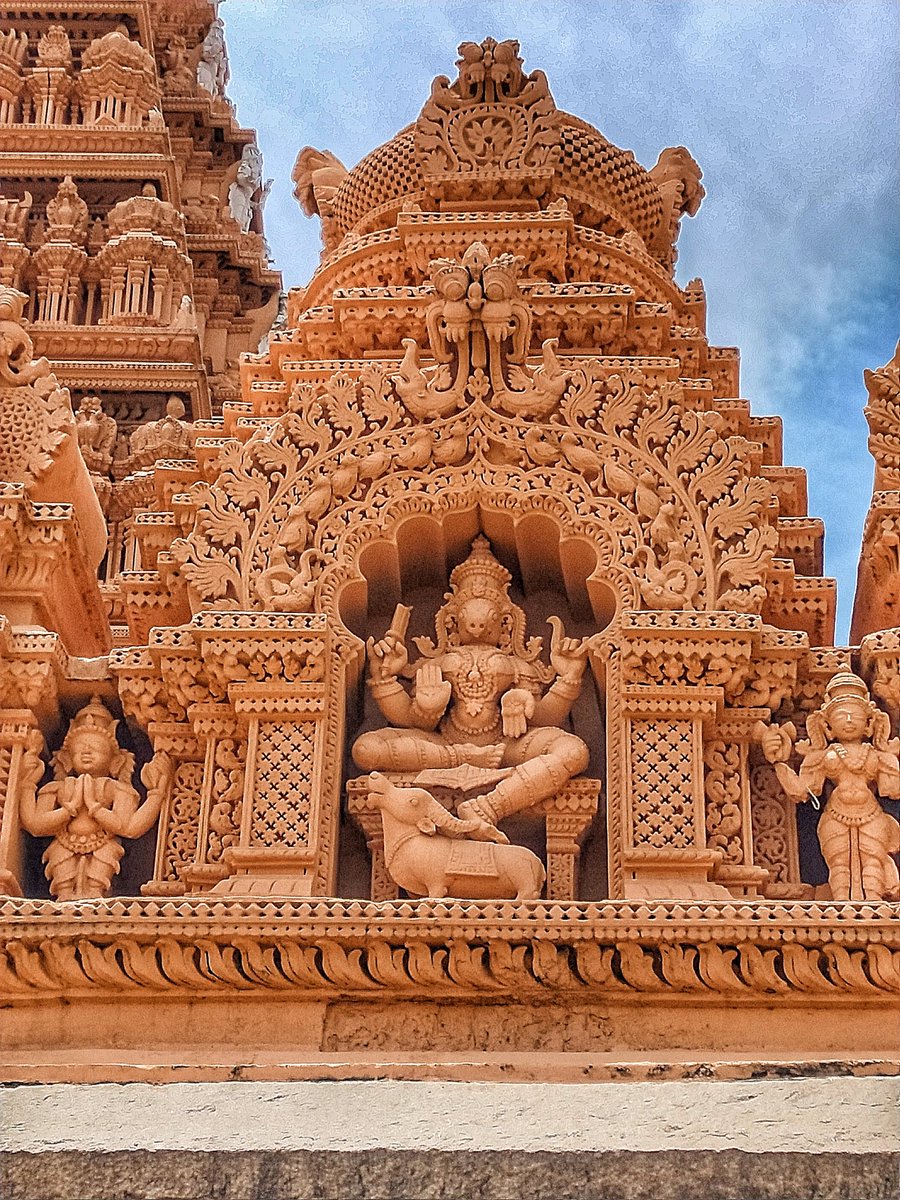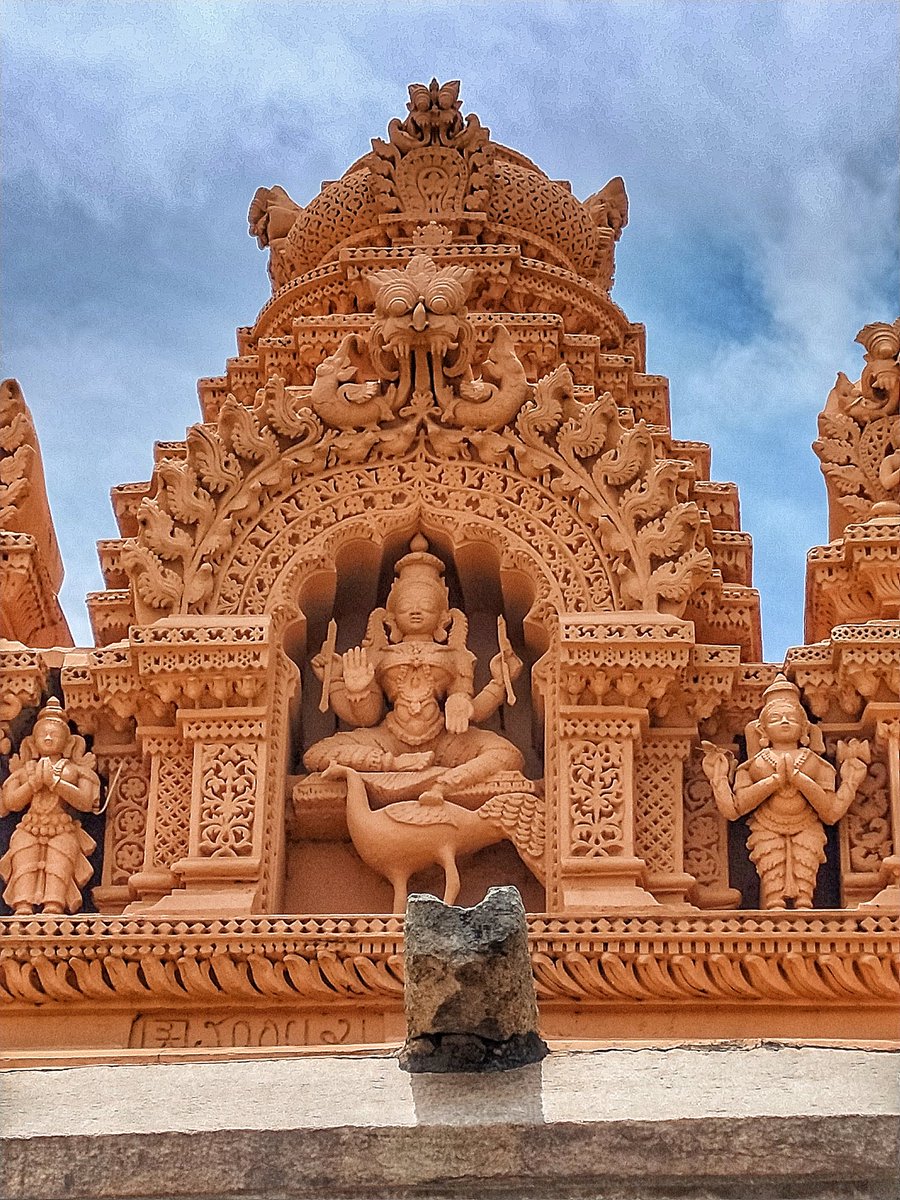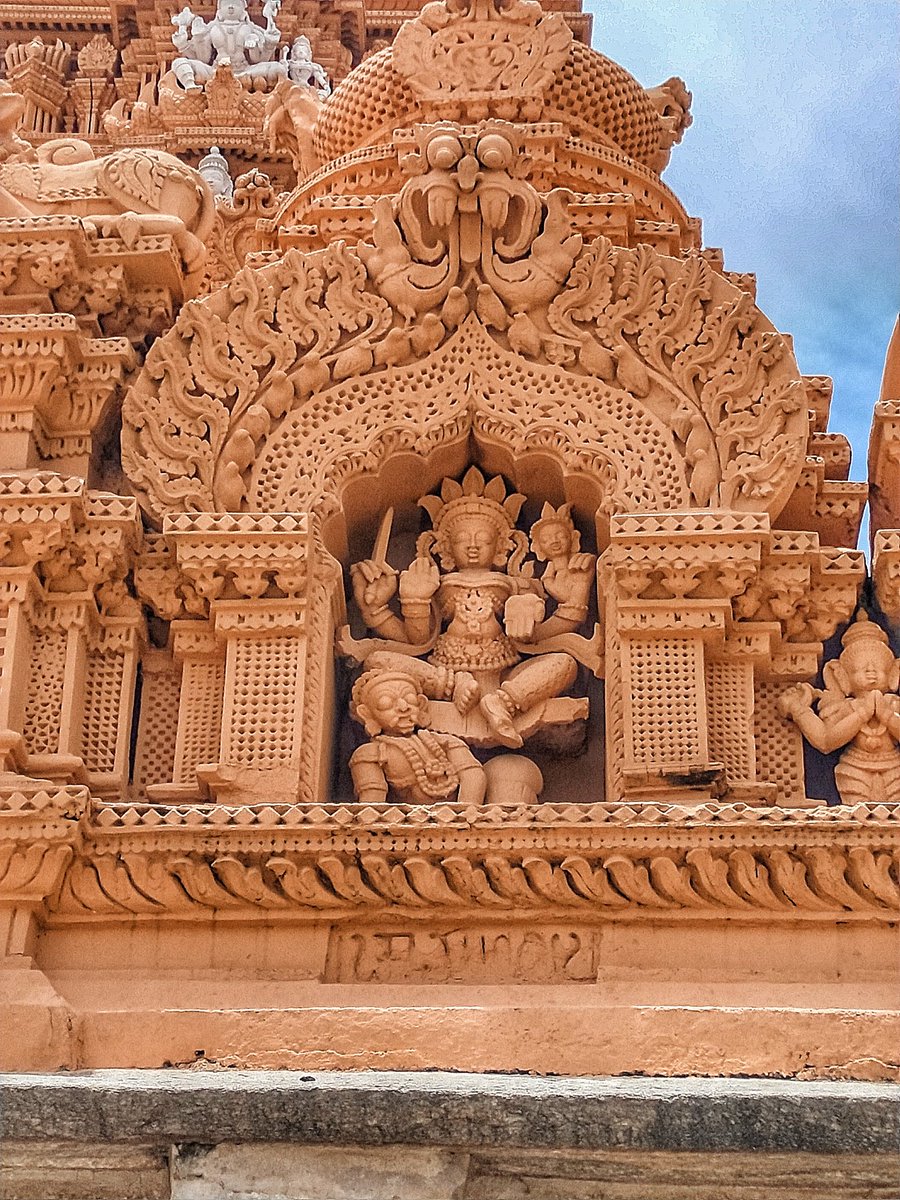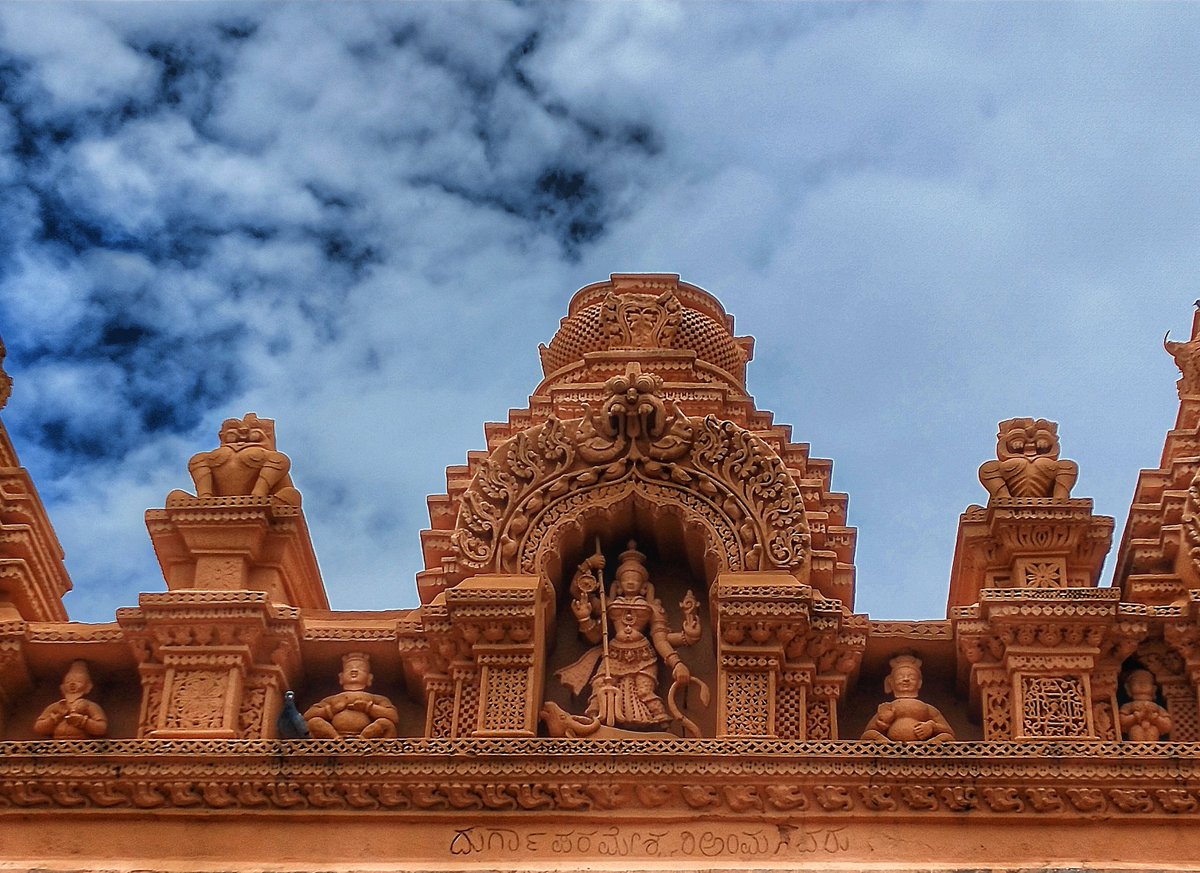On the eve of Ganesha Chaturthi, here& #39;s a detailed THREAD on the Srikanteshwara Swamy Temple at Nanjangudu near Mysuru in Karnataka. I& #39;ll mainly be focusing on the murthis & sculptures at the temple including several carvings of different manifestations of Lord Ganesha. Do read https://abs.twimg.com/emoji/v2/... draggable="false" alt="🙏🏼" title="Person with folded hands (medium light skin tone)" aria-label="Emoji: Person with folded hands (medium light skin tone)">
https://abs.twimg.com/emoji/v2/... draggable="false" alt="🙏🏼" title="Person with folded hands (medium light skin tone)" aria-label="Emoji: Person with folded hands (medium light skin tone)">
Srikanteshwara also known as Nanjundeshwara represents a manifestation of Lord Shiva during which he drinks the Halahala poison which appears as a result of Samudra Mantan. Here& #39;s a murthi of Lord Shiva with Goddess Parvati tightly holding onto his neck. Hence the name Vishakanta
2) Lord Shiva manifests as Kalasamharamurthy to save his bhakta Markendeya from the wrath of Lord Yama who was determined to take away his life. Moved by Markendeya& #39;s bhakti, Lord Shiva grants him immortality.
3) Lord Shiva manifests as Tripurantakamurthi to destroy the 3 cities constructed by the 3 children of evil asura Taraka, who were wrecking havoc on the inhabitants of the 3 lokhas. Lord Shiva takes aim destroys each of the 3 cities with a shot of a single arrow.
4) Jalandaramurthi,who is the creation of Lord Shiva himself, though he turns out to be asuric in nature.Jalandara was said to be created from Shiva& #39;s 3rd eye when Lord Indra infuriates him.He is born from the ocean & turns out all powerful. Finally he is subdued by Shiva himself
5) Shankaranarayana also known as Harihara. A manifestation of Lord Shiva & Lord Maha Vishnu in a single form. What better shloka than the one below to appreciate the essence of this deity.
शिवाय विष्णु रूपाय शिव रूपाय विष्णवे |
शिवस्य हृदयं विष्णुं विष्णोश्च हृदयं शिवः ||
शिवाय विष्णु रूपाय शिव रूपाय विष्णवे |
शिवस्य हृदयं विष्णुं विष्णोश्च हृदयं शिवः ||
6) Ardhanarishwara, one of the most popular iconography across all regions of Bharat. Ardhanarishwara, which represents how Shiva & Shakti are inseperable & how they are one & the same.
7) Seen here is a fearsome aspect of Lord Shiva known as Brahmashiraschedaka murthi. Shiva manifests in this form when he beheads Lord Brahma of his 5th head which was a personification of ego & arrogance. Seen in Shiva& #39;s left front arm is Brahma& #39;s severed 5th head.
8) This aspect of Lord Shiva is known as Bhikshatanamurthi. He is depicted as a Bhikshuka(beggar) here. Shiva assumes this form to atone for the terrible paapa of having severed Brahma& #39;s 5th head in his previous roopam as Brahmashiraschedakamurthi as seen in the previous tweet.
9) Kankalamurthi, an aspect of Shiva closely related to the previous two.Shiva as Bhikshatana approaches the gates of Vaikunta begging for food where he is denied entry by Vishvaksena, gate keeper of Vaikunta.Angered by his action, Bhikshatana transforms into Kankala & slays him
This extreme action of Lord Shiva only further compounds his already existing accumulated paapa of having severed off Brahma& #39;s 5th head. Now he had the additional burden of carrying Vishvaksena& #39;s corpse along with Brahma& #39;s head.
Desperate to rid himself of the paapa, Shiva seek& #39;s Vishnu& #39;s advice. Lord Vishnu directs Shiva( now in the form of Kankalamurthi) to visit Varanasi where he would get Vimochana from all his paapa. Shiva follows this advice. He wanders all the 3 worlds before reaching Varanasi.
On reaching Varanasi, Brahma& #39;s skull falls off & Vishaksena& #39;s corpse disappears. Lord Shiva transforms from Kankalamurthi to his original form & is relieved of his paapa. There is a Kapalamochana Temple to this day in Varanasi. Such is Varanasi& #39;s significance in Hindu Dharma.
10) Kiratarjuniya murthi. Lord Shiva assumes the form of a hunter & engages Arjuna in an epic battle which involves the slaying of an asura named Mukasura who assumes the form of a boar. Arjuna finally concedes defeat. He receives the Pashupatasthra as seen here for his valiance
11) Chandikeshwaraprasanna murthi. In this aspect Shiva along with Parvathi are depicted as blessing Chandeshwara,one of the 63 nayanmars(Shaivaite saints)
Chandeshwara is regarded as the guardian of Temple wealth & has a seperate shrine in the NE direction of every Shiva Temple
Chandeshwara is regarded as the guardian of Temple wealth & has a seperate shrine in the NE direction of every Shiva Temple
12) Chakaradanamurthi, also known as Vishnu Anugrahamurthi shows Lord Shiva wielding the Chakra in his right front arm & Vishnu worshipping him.
13) Somaskandamurthi. A representation of Lord Shiva which depicts him seated with Parvathi devi with the child Skanda in between them.
14) Ekapadamurthi. Here Shiva is depicted as one legged & 4 armed with toros of Brahma & Vishnu appearing on either side. Together referred to as Ekapada-trimurthi.
Lord Shiva holds a Trishula & Tanka in his rear arms while keeping the varada & abhaya mudra in the front arms.
Lord Shiva holds a Trishula & Tanka in his rear arms while keeping the varada & abhaya mudra in the front arms.
15) Vatamoola Dakshinamurthy. This is a slight departure from the usual iconographic depiction of Lord Dakshinamurthy, who is the Guru(teacher) aspect of Shiva.
Vatamoola means roots of the banyan tree. Dakshinamurthy is generally depicted living under banyan tree facing south
Vatamoola means roots of the banyan tree. Dakshinamurthy is generally depicted living under banyan tree facing south
16) Vrishabaruda murthi. An aspect of Lord Shiva where he is depicted seated on his Vahana along with Parvathi devi
17) Thandaveshwara murthi. An aspect of Lord Shiva depicting him performing the cosmic dance. Under his foot is the Apasmara, who is the personification of ignorance.
Standing besides Lord Shiva is Goddess Gowri.
Standing besides Lord Shiva is Goddess Gowri.
18) Veerabhadra swami. A manifestation of Lord Shiva who destroys Daksha Prajapati& #39;s yagna, beheading him for insulting Sati; Daksha& #39;s daughter who self immolates. Also seen standing besides Veerabhadra is Daksha, who is later forgiven & given a goat& #39;s head.
Now we& #39;ll explore some of the carvings on the precincts of the outer walls of the Mantapa starting with the Southern side seen here. I& #39;ve tried to the best of my knowledge & ability to decipher most sculptures.
20) Veerabhadra wielding the usual weapons with Daksha Prajapati to his right. Also pay close attention to carvings on the Torana & Vimana. Each one is different from the rest. Very intricate & ornate.
23) Kapaala Bhairava. The Maatrika is Indrani & Vahana is an elephant  https://abs.twimg.com/emoji/v2/... draggable="false" alt="🐘" title="Elephant" aria-label="Emoji: Elephant">
https://abs.twimg.com/emoji/v2/... draggable="false" alt="🐘" title="Elephant" aria-label="Emoji: Elephant">
29) Ananda Subramanya. In this manifestation, Lord Subramanya is depicted with 4 arms. He holds the Abhsyamudra in this front right hand & the Varadamudra with his left. Seen on his rear right hand is a rooster  https://abs.twimg.com/emoji/v2/... draggable="false" alt="🐓" title="Rooster" aria-label="Emoji: Rooster"> & he holds a small spear(Vel) on his left.
https://abs.twimg.com/emoji/v2/... draggable="false" alt="🐓" title="Rooster" aria-label="Emoji: Rooster"> & he holds a small spear(Vel) on his left.
30) Devasenapati Subramanya. In this manifestation he is depicted as the commander-in-chief of the army of the Devas.
32) Gajaaruda Subramanya. He is seated on an elephant like animal. He manifests in this form during the slaying of the asura named Gajamukhasura.
33) Simhamkhaasura samhara Subramanya. Here he is seated on a Lion & manifests in this form during the slaying of Asura Simhamkhasura (lion faced asura).
34) Kartikeya Subramanya. Here he is seated on a peacock & is eight armed. He is also wielding the Vel in his front left arm.
35) Kumara Subramanya. Here he is depicted as 4 armed & holds the Abhaya & Varada mudra with his front arms.
36) Shanmukha Subramanya. Here he is depicted with 6 faces & 12 arms. He wields various weapons like the Vel, bow, sword, mace, shield. His front arms are in the Abhaya & Varada position. Seen behind him is also his Vahana, the Peacock.
37) Brahmasaasta Subramanya. He takes this form while imprisoning Lord Brahma for not knowing the meaning of the Pranava mantra i.e. The meaning of  https://abs.twimg.com/emoji/v2/... draggable="false" alt="🕉" title="Om symbol" aria-label="Emoji: Om symbol">.
https://abs.twimg.com/emoji/v2/... draggable="false" alt="🕉" title="Om symbol" aria-label="Emoji: Om symbol">.
Later Lord Subramanya on the insistence of Lord Shiva releases Brahma & explains the meaning of https://abs.twimg.com/emoji/v2/... draggable="false" alt="🕉" title="Om symbol" aria-label="Emoji: Om symbol"> to Lord Shiva secretly.
https://abs.twimg.com/emoji/v2/... draggable="false" alt="🕉" title="Om symbol" aria-label="Emoji: Om symbol"> to Lord Shiva secretly.
Later Lord Subramanya on the insistence of Lord Shiva releases Brahma & explains the meaning of
38) Taarakaasurasamhara Subramanya. He manifests in this avatara to slay evil asura Taraka who had a boon that he could only be killed by a child born to Shiva & Shakti.
Everyone must read Kalidasa& #39;s original work in Kumarasambhava to know more about the birth of Kumara.
Everyone must read Kalidasa& #39;s original work in Kumarasambhava to know more about the birth of Kumara.
39) Bala Subramanya. The child aspect of Lord Subramanya seen here holding the Abhaya & Varada mudra while seated on the Peacock.
40) Kalyana Subramanya. It is supposed to depict the youthful aspect of him. He has four arms, with the rear arms wielding a Vel & a bow, with the front arms in Abhaya & Varada poses respectively. He is seated on his Vahana the peacock here also.
41) Ananda Tandava. Lord Shiva performs this dance in a state of bliss & happiness. The dance symbolises joy & ecstacy.
The famous Thillai Nataraja at Chidambaram represents Ananda Tandava.
The famous Thillai Nataraja at Chidambaram represents Ananda Tandava.
42) Sandhya Tandava. This too is a dance performed by Lord Shiva in a state of bliss. It is performed him during pradosha time, a time of dusk considered most auspicious.
During the performance of this dance other devas stand around Lord Shiva admire him.
During the performance of this dance other devas stand around Lord Shiva admire him.
43) Tripura Tandava. Lord Shiva performs this dance right after slaying asura Tripurasura, who had built 3 forts in each of the 3 lokas & wrecking havoc on the beings everywhere. Lord Shiva manifests as Tripurantakamurthi & destroys the 3 forts with the shot of a single arrow.
44) Gauri Tandava. Along with Tripura tandava this too is a type of Rudra tandava. Only this time he is accompanied by Parvathi in the form of Gauri. Notice how the matted hair of Lord Shiva is let down in each of the rudra tandavas while its tied in Andanda & Sandhya Tandava.
45) Uma Tandava. This too is a form of Rudra Tandava. The only difference being goddess Parvati manifests as Uma during this dance. Togther they dance representing the unity of Purusha & Prakrithi.
46) Kalika Tandava. Another form of Rudra Tandava where Shiva & Parvathi, in the form of Kali perform the fiery dance together.
47) Samhaara Tandava. As the name suggests, its the dance of destruction & annihilation. The most violent of all the Tandavas. Lord Shiva performed the Samhaara Tandava when Sati burned herself during Daksha& #39;s yajna, which led to the destruction of Daksha& #39;s army among many things
48) Veena Dakshinamurthy. This form of Lord Shiva represents his teacher aspect. Here he is seen with 4 arms. In the front right hand he holds akshamaala, a snake in the rear right hand symbolizing tantric knowledge. Veena with left rear hand & palm leaf text with the front left.
49) Samba Dakshinamurthy. Unfortunately the murthi& #39;s upper right arm is damaged. He holds an Abhaya mudra with front right hand & a text in the front left. He is initiating knowledge to his disciples.
50) Yoga Dakshinamurthy. He is sitting in the Utkutikaasana here. His back arms hold an aksha maala & Kamandalam respectively. While the front are in Abhaya mudra & varda position. He also is holding sacred texts with the left hand indicating he is imparting knowledge.
51) Samhaara Dakshinamurthy. Unlike other forms, here he is not seated. He holds Apasmara, who is the personification of ignorance down with his right knee & left leg.
His right hand is in Abhaya position & left arm rests on his left knee. He also hold an antelope with left rear.
His right hand is in Abhaya position & left arm rests on his left knee. He also hold an antelope with left rear.
52) Shakti Dakshinamurthy. Depicts goddess Parvati seated on his lap. Rear right hand holds a Kamandalam, left hand holds a palm leaf manuscript of knowledge. Both him & Parvathi are holding Abhaya mudra with right arm, while his left arm rests on Parvathi& #39;s thigh.
53) Jnana Dakshinamurthy. Sometimes aslo referred to as Medha Dakshinamurthy. He holds an akshamaala with front right hand while his left rests on the knee. Here too he is sitting in Utkutikaasana posture
Also there are other variations of this particular aspect found elsewhere.
Also there are other variations of this particular aspect found elsewhere.
54) Anusthana Dakshinamurthy. This is also slight departure from the regular description of Dakshinamurthy. Here its the left foot that rests on the ground as opposed to the usual right leg. Its a very rare depiction only seen at a handful temples. It shows him in deep penance.
55) Vyakhyana Dakshinamurthy. Here he holds the Vyakhyanamudra, which represents the gesture of teaching. There are also one other forms of the same, which is one of the most common depictions of Dakshinamurthy. In most of the temples he is shown as Vyakhyanamurthy.
56) Vidhya Dakshinamurthy. He holds a Veena with his upper right arm while the lower arms are in the Abhaya & Varada poses. His matted hair is thick & long. Also observe the chandra  https://abs.twimg.com/emoji/v2/... draggable="false" alt="🌜" title="Last quarter moon with face" aria-label="Emoji: Last quarter moon with face">
https://abs.twimg.com/emoji/v2/... draggable="false" alt="🌜" title="Last quarter moon with face" aria-label="Emoji: Last quarter moon with face">
57) Vatamoola Dakshinamurthy. Here he is depicted as sitting beneath the Vata vruksha( Banyan tree). The tree represents the expanding universe,suggesting Dakshinamurthy presides over the cyclic process of sristhi(creation), sthiti(preservation) & samhara(absorption).
58) Lingodbhavamurthy. On the left is a small 3 headed figurine that is actually Brahma. The one on the right (damaged) is Vishnu. Brahma & Vishnu take the forms of a swan & a boar to investigate the origins of Shiva who appears as a flame. That is the story of this manifestation
59) Mahisasuramardhini Durga. Mahishasura in the form of a buffalo beneath her feet. She is depicted with 16 arms here.
She wields many weapons like bANa, kRpANa,gadA, chakra, trishula, kavacha, dhanu. Also holds a shankha, ghanta, paasa & a kapala(skull).
She wields many weapons like bANa, kRpANa,gadA, chakra, trishula, kavacha, dhanu. Also holds a shankha, ghanta, paasa & a kapala(skull).
60) Chandrashekaramurthi. When Lord Shiva partially relieves Chandra of a curse he receives from his father-in-law Daksha for failing to take proper care of his wives. The curse lifts when Shiva places Chandra on his his matted hair. Its the story of waxing & waning  https://abs.twimg.com/emoji/v2/... draggable="false" alt="🌔" title="Waxing gibbous moon symbol" aria-label="Emoji: Waxing gibbous moon symbol">
https://abs.twimg.com/emoji/v2/... draggable="false" alt="🌔" title="Waxing gibbous moon symbol" aria-label="Emoji: Waxing gibbous moon symbol">  https://abs.twimg.com/emoji/v2/... draggable="false" alt="🌖" title="Waning gibbous moon symbol" aria-label="Emoji: Waning gibbous moon symbol"> of moon
https://abs.twimg.com/emoji/v2/... draggable="false" alt="🌖" title="Waning gibbous moon symbol" aria-label="Emoji: Waning gibbous moon symbol"> of moon
61) Uma Maheshwara murthi. Here Lord Shiva is seen sitting in the sukhaasana posture with Uma. The murthi is damaged unfortunately. Else the usual representation would& #39;ve shown an antelope, a lilly flower & Abhsyamudra & Varadamudra in its entirety.
62) Vrishabaruda murthi. Unable to bear the atrocities of the asura trio of Tripurasura, the Devas approach Shiva for help at Kailasa. A specially made chariot is given by the devas to Shiva to take the fight to Tripurasura. On the way the axle of the chariot breaks. Continued..
Just as the chariot is about to fall, Maha Vishnu stabilizes & prevents the chariot from falling. Vishnu for a moment is filled with pride that he is the only one in the entire universe capable of bearing the weight of Shiva. Continued..
Lord Shiva meanwhile increases his weight to an extent that Maha Vishnu is no longer able to support the chariot. He gives up. This is the story behind this manifestation.
This is followed up by the slaying of Tripurasura, where Shiva,Brahma & Vishnu team up to slay the asura
This is followed up by the slaying of Tripurasura, where Shiva,Brahma & Vishnu team up to slay the asura
63) Thandaveshwara murthi. An aspect of Lord Shiva depicting him performing the cosmic dance. Under his foot is the Apasmara, who is the personification of ignorance.
64) Kalyana Sundara murthi. Depicts the marriage of Shiva & Uma. Goddess Parvati is reborn as daughter of Himavata after the tragic happenings in her previous manifestation as Sati
This wedding was essential to fullfill the prophecy of the birth of Skanda & killing of Tarakasura
This wedding was essential to fullfill the prophecy of the birth of Skanda & killing of Tarakasura
The marriage leads to the birth of Kumara, who slays Tarakasura.
Also on the wedding day is when Manmatha is reborn, after he was reduced to ashes by Shiva for striking him with the arrow of flowers to induce love towards Uma at the request of Lord Indra.
Also on the wedding day is when Manmatha is reborn, after he was reduced to ashes by Shiva for striking him with the arrow of flowers to induce love towards Uma at the request of Lord Indra.
Also on the day of wedding is when the balance of the earth tilts heavily northwards when all the beings head north to witness the wedding.
Lord Shiva sends Sage Agastya southwards to restore balance. Agastya is highly revered in Dakshina Bharat even to this day.
Lord Shiva sends Sage Agastya southwards to restore balance. Agastya is highly revered in Dakshina Bharat even to this day.
65) Kama samhara murthi. In an attempt to save the world from Tarakasura,Manmatha attempts to wake Shiva from deep penance,which results in Shiva opening his 3rd eye & reducing him to ashes.Kama is seen sitting on a parrot wielding a bow made of sugarcane & arrows made of flowers
66) Bhikshatanamurthi. He is depicted as a Bhikshuka(beggar) here. Shiva assumes this form to atone for the terrible paapam of having severed Brahma& #39;s 5th head in his previous roopa as Brahmashiraschedakamurthi.
He roams the trilokas for vimochana, which he attains at Varanasi.
He roams the trilokas for vimochana, which he attains at Varanasi.
67) Kalasamhara Murthi. Lord Shiva emerges out of the lingam when Yama& #39;s noose falls around it to save his bhakta Markendeya(damaged here) from the wrath of Yama who was determined to take away his life. Moved by Markendeya& #39;s bhakti, Lord Shiva makes him a Chiranjeevi.
68) Jalandaramurthi,who is the creation of Lord Shiva himself, though he turns out to be asuric in nature.Jalandara was said to be created from Shiva& #39;s 3rd eye when Lord Indra infuriates him.He is born from the ocean & wages war against the Devas. Finally he is killed by Shiva.
69) Gajasurasamhara murthi. Gajasura, an evil asura capable of maya assumes the form of an elephants to terrorize the Shiva bhaktas of Varanasi. Lord Shiva appears out of the lingam to slay Gajasura.
This iconography is extensively seen in Hoysala & Chola built temples.
This iconography is extensively seen in Hoysala & Chola built temples.
70) Tripurantakamurthi. Shiva destroys the 3 forts constructed by the 3 children of evil asura Taraka, collectively known as Tripurasura who were wrecking havoc on the inhabitants of the 3 lokas. Lord Shiva takes aim & destroys each of the 3 forts with the shot of a single arrow.
71) Veerabhadra Swamy. To his left is Bhadra Kali & to the right with the goat head is Daksha Prajapati with folded arms.
72) Aghoramurthy. He has a single face & 32 arms. On his head is a jata-makuta & chandra on it. The right hand holds Abhaya mudra. Also seen on upper rightarms are khadga, sula, chakra, damaru, bana, gada, kamala, kapala, jnanamudra, kunda, ankusa, askhamala, khatvanga and parasu
Aghoramurthy holds the Varadamudra with his left hand. Upper left arms hold a kavacha, tanka, paasa, mudgara, sarpa, agni, mriga, ghanta, dhanus, katyavalambita hasta, ratnas, a lily flower, musala & a pustaka.
73) Simhaghna murthi. Sometimes referred to as Sharabeshwaramurthi. Lord Shiva assumes this form of a fierce lion-bird to pacify Lord Vishnu who is in his Ugra Narasimha avatara just after slaying Hiranyakishapu
Its been a bit of a controversial subject & I can totally see why
Its been a bit of a controversial subject & I can totally see why
74) Ardhanarishwara, one of the most popular iconography across all regions of Bharat. Ardhanarishwara represents how Shiva & Shakti are inseperable & how they are one & the same. The right half is Shiva & the left half is Parvati.
75) Kiratarjuniya murthi. Lord Shiva assumes the form of a hunter & engages Arjuna in an epic battle which involves the slaying of an asura named Mukasura who assumes the form of a boar. Arjuna finally concedes defeat. He receives the Pashupatasthra as seen here for his valor.
76)Kankalamurthi. An aspect of Shiva closely related to Bhikshatanamurthi.Shiva as Bhikshatana approaches the gates of Vaikunta begging for food where he is denied entry by Vishvaksena, gate keeper of Vaikunta.Angered by his action, Bhikshatana transforms into Kankala & slays him
This extreme action of Lord Shiva only further compounds his already existing accumulated paapa of having severed off Brahma& #39;s 5th head which he does so as Brahmashiraschedakamurthi.
Now he had the additional burden of carrying Vishvaksena& #39;s corpse along with Brahma& #39;s 5th head.
Now he had the additional burden of carrying Vishvaksena& #39;s corpse along with Brahma& #39;s 5th head.
Desperate to rid himself of this paapa, Shiva seek& #39;s Vishnu& #39;s advice. Lord Vishnu directs Shiva( now in the form of Kankalamurthi) to visit Varanasi where he would get Vimochana from all his paapa. Shiva follows this advice. He wanders all the 3 worlds before reaching Varanasi.
On reaching Varanasi, Brahma& #39;s skull falls off & Vishaksena& #39;s corpse disappears. Lord Shiva transforms from Kankalamurthi to his original form & is relieved of his paapa. There is a Kapalamochana Temple to this day in Varanasi. Such is Varanasi& #39;s significance our Hindu Dharma.
77) Chandikeshwaraprasanna murthi. In this aspect Shiva is shown blessing Chandeshwara(damaged here),one of the 63 nayanmars(Shaivaite saints)
Chandeshwara is regarded as the guardian of Temple wealth & has a seperate shrine in the NE direction of every Shiva Temple.
Chandeshwara is regarded as the guardian of Temple wealth & has a seperate shrine in the NE direction of every Shiva Temple.
78) Chakaradanamurthi. Sometimes also referred to as Vishnu Anugrahamurthi. Shiva presenting the Chakra to Maha Vishnu.
79) Somaskandamurthi. A representation of Lord Shiva which depicts him seated with Parvathi devi with the child Skanda in between them. At times the child Skanda is depicted even dancing.
80) Sukasanamurthi. Lord Shiva is seated in a relaxed posture, extending the Abhaya & Varada mudra with his left leg folded & the right leg handing. This form describes his posture at Kailasa. Lord Shiva is sitting in the posture of ease.
81) Ekapadamurthi. Here Shiva is depicted as one legged & 4 armed with torsos of Brahma & Vishnu appearing on either side.( Vishnu is damaged/missing here)
Lord Shiva holds a Trishula & Tanka in his rear arms while keeping the varada & abhaya mudra in the front arms.
Lord Shiva holds a Trishula & Tanka in his rear arms while keeping the varada & abhaya mudra in the front arms.
82) Dakshinamurthy. He holds Veena with upper left hand, with front right hand in Abhsyamudra. Here he is sitting in Utkutikaasana posture. He is sitting under the Vata vriksha (Banyan tree).
83) Bhairava. He his accompanied by his vahana Shvana (dog). Interestingly he holding the Abhaya & Varada mudra with his arms (damaged here) as opposed to any weapons we are used to seeing.
84) Bala Ganapathi. Ganesha in his child form. He has four arms, each holding a fruit; namely mango, jackfruit, banana & sugarcane. He holds the modakam sweet with his trunk.
85) Dhundi Ganapathi. Meaning "the Ganapathi sought after". He has four arms. His right hands holds a tusk & a japamala. The other two arms hold a kuthara(axe) & a ratnapatra(pot of gems)
86) Taruna Ganapathi. Represents the youthful form of Ganesha. His arms carry paasa(rope), hook, kadubu(a sweet variety), guava fruit, tusk, paddy & sugarcane.
87) Nrithya Ganapathi. He is depicted with 4 arms dancing under the sacred Kalpa vriksha(not seen here). He also holds a Trishula with his right upper arm.
88) Veera Ganapathi. Ganesha has 16 arms here! He wields some of the most fascinating weapons here. That include bhetala, dhanus, bhana, chakra, khagga(sword) , gada, mudgara(hammer), nagapasha, kunta(spear), kuThAra(axe), a dwaja, Alamba(hook),musala(club), trishula, kavacha.
89) Shakti Ganapathi. This manifestation represents the powerful form of Ganesha. He has 6 arms with Shakti devi seated on his left lap.
90) Dvija Ganapathi. Meaning "the Ganapathi twice born" referring to Lord Shiva beheading & restoring him with an elephant& #39;s head at the orders of Parvathi devi
Dvija Ganapathi has 4 heads & 4 arms. Totally white in colour. His arms hold a rudraksha, kamandalu, dhanda & pustaka
Dvija Ganapathi has 4 heads & 4 arms. Totally white in colour. His arms hold a rudraksha, kamandalu, dhanda & pustaka
91) Vijaya Ganapathi. Victorious Ganapathi. He has 8 arms. According to the Mudgala purana, a purana exclusively dedicated to Ganesha there is also another depiction of Vijaya Ganapathi which is different to this one. Shows him seated on the mookshika & has 4 arms.
92) Rinamochana Ganapathi. "Ganapathi the liberator from debts"
Ganesha is seated on a lotus flower. He is the remover of impediments. He has 4 arms & white in colour. He holds varada mudra, an ankusha, a paasa & a payasapaatra.
Invoking this Ganesha will remove all obstacles.
Ganesha is seated on a lotus flower. He is the remover of impediments. He has 4 arms & white in colour. He holds varada mudra, an ankusha, a paasa & a payasapaatra.
Invoking this Ganesha will remove all obstacles.
93) Maha Ganapathi. He is the representation of Ganesha as the supreme parabrahman. Shakti seated on his lap is called Pushti (nourishment).He has 10 arms & red in colour.His hands hold a tusk, pomegranate fruit, musala, sugarcane dhanus, chakra, paasa, kamala, paddy & ratnapatra
94) Shrishti Ganapathi. Ganesha is invoked in this manifestation as the creator of everything that is known. He is red in colour, has 4 arms each holding a tusk, ankusha, paasa & a mango fruit.
95) Heramba Ganapathi. Ganesha, the protector of the weak. He has 5 heads & his vahana is a Simha. He has 10 arms. He holds a Abhaya mudra, a japamala, nimbu fruit, musala, ankusha, paasa, parashu, kadubu sweet, tusk & left arm holds varada mudra which is symbolic of boon giving.
96) Kshipra Ganapathi. The Ganesha who is easy to please. He has 6 arms & is red in colour. His hands hold a tusk, a twig of a Kapila vriksha tree, an ankusha & a pomegranate fruit. With the trunk he carries a ratnakumbha.
97) Urdhva Ganapathi. Meaning the "elevated ganesha." He is depicted with his shakti seated on his lap & has 6 arms. He holds a pushpa baana, kamala, lily flower, sugarcane dhanus, some paddy & musala(club).
Unfortunately the trunk is broken here & the shakti too is cracked https://abs.twimg.com/emoji/v2/... draggable="false" alt="😔" title="Pensive face" aria-label="Emoji: Pensive face">
https://abs.twimg.com/emoji/v2/... draggable="false" alt="😔" title="Pensive face" aria-label="Emoji: Pensive face">
Unfortunately the trunk is broken here & the shakti too is cracked
98) Simha Ganapathi. He is lion faced with an elephant trunk. He has 8 arms & is white in colour. With his arms he holds a Veena, a twig of the Kalpa vriksha, a chakra, a kamala, ratnakumbha, Abhaya & varada mudras.
This form of Ganesha symbolizes great strength & courage.
This form of Ganesha symbolizes great strength & courage.
99) Durga Ganapathi. "The invincible Ganesha" having the same attributes of Goddess Durga, who too is invincible.
He has 8 arms & is golden in colour. He holds an ankusha, a bhana, a japamala, a paasa, a dhanus, a kalpa vriksha twig, an apple & is dressed in red clothes.
He has 8 arms & is golden in colour. He holds an ankusha, a bhana, a japamala, a paasa, a dhanus, a kalpa vriksha twig, an apple & is dressed in red clothes.
100) Tryakshara Ganapathi. Known as the Lord of the three most auspicious letters AUM  https://abs.twimg.com/emoji/v2/... draggable="false" alt="🕉" title="Om symbol" aria-label="Emoji: Om symbol">
https://abs.twimg.com/emoji/v2/... draggable="false" alt="🕉" title="Om symbol" aria-label="Emoji: Om symbol">
He has 6 arms each holding a ankusha, a mango fruit, a tusk, a ghanta. He also holds the modaka sweet with his trunk.
He has 6 arms each holding a ankusha, a mango fruit, a tusk, a ghanta. He also holds the modaka sweet with his trunk.
101) Sadashiva Ganapathi. Ganesha of the highest manifestation. He has 5 faces & 10 arms. Much similar to the Sadashiva iconography of Lord Shiva.
His arms hold many weapons similar to Sadashiva & there is also a Shakti seated on Ganesha& #39;s lap.
This is a very rare depiction.
His arms hold many weapons similar to Sadashiva & there is also a Shakti seated on Ganesha& #39;s lap.
This is a very rare depiction.
102) Haridra Ganapathi. Turmeric Ganesha. He has 4 arms & is yellow in colour. His hands hold a tusk, an ankusha, the paasa & the modaka sweet.
103) Uddanda Ganapathi. This is the Ganesha who enforces Dharma. He has 10 arms & is accompanied by a Shakti. He is red in colour. His 10 arms each hold a tusk, musala, kamala, paasa, ankusha, paddy, kamandalu, sugarcane dhanus, chakra, shanka & pomegranate fruit.
104) Vighna Ganapathi. He has 8 arms & is golden in colour. His hands hold a tusk, a chakra, pushpa bana, shanka, paasa, ankusha, sugarcane, parashu.
105) Vara Ganapathi. Boon giver Ganesha. He has 4 arms & is red in colour with Shakti seated on his lap.
106) Uchchhishta Ganapathi. He has 6 arms & is blue in colour. He holds an akshamaala, a pomegranate fruit, a kamala, a veena, paddy. Shakti is seated on his lap.
107) Sankatahara Ganapathi. The Ganesha who removes sorrow. He has 4 arms & is red in colour. He is dressed in blue & seated on a red lotus flower. He holds a vessel with payasam along with an ankusha & a paada.
108) Siddhi Ganapathi. The Ganesha who is the epitome of achievement & self mastery. He is golden yellow in colour & has 10 arms using which he holds parashu, ankusha, musala, mudgara, alamba, kuthara, kunta, paasa, sugarcane & mango fruit.
109) Bhakthi Ganapathi. The Ganesha who is dear to his devotees & is pleasant to look at. He has 4 arms (damaged here.. So is the trunk) He holds a banana, a mango, coconut & a payasapaatra.
110) Kshirpra Prasada Ganapathi. The Ganesha who quickly rewards his devotees. He has 8 arms (sometimes 6) & is red in colour. He holds a tusk, an ankusha, lotus flower, Kalpa vriksha leaf, paasa, lemon fruit with his arms.
111) Ekaakshara Ganapathi. In this form Ganesha is identified with the Bheejakshara "Gam"
He has 4 arms & is red in colour. He holds a single tusk, an ankusha, the paasa & modaka sweet.
He has 4 arms & is red in colour. He holds a single tusk, an ankusha, the paasa & modaka sweet.
112) Ekdanta Ganapathi. Ganesha with a single tusk. He has 4 arms & is blue in colour. He holds a tusk, a japamala, a kuthara (hatchet) & laddu sweet.
The hatchet is held to signify cutting the bonds of ignorance.
The hatchet is held to signify cutting the bonds of ignorance.
113) Yoga Ganapathi. Ganesha is in a yogic posture & red in colour. His hands hold a akshamaala & sugarcane. This particular unfortunately is damaged. The trunk too is damaged. Yoga Ganapathi is described as wearing a robe which shines like the blue sapphire gem.
114) Panchamukha Ganapathi. 5 faced Ganesha. While the Mudgala purana mentions a Dvimukha(two faced) & Trimukha(three faced) Ganapathi separately, this Temple at Nanjangudu has a murthi of Panchamukha Ganapathi instead. He is called Kadrimukha Ganapathi.
He has 5 faces & 10 arms
He has 5 faces & 10 arms
115) Brahmi, the first Matrika is the shakthi of Brahma. She is golden in complexion, having 4 faces & 4 hands. In her upper left hand she carries a kamandalu & in the upper right hand an Akshamala. She holds an Abhaya & Varada mudra with front hands. Her Vahana is a Hamsa(swan)
116) Vaishnavi. She is the shakthi of Shri Maha Vishnu. She is dark in complexion & wears bright yellow clothes. She has 4 arms. The rear arms hold a Chakra & Shanka. The front arms are in the Abhaya & Varada mudra positions. Her Vahana is the Garuda (eagle)
117) Maheshwari. Also known as Rudrani is the Shakthi of Shiva. She is white in complexion & has 3 eyes. She has 4 arms. Upper arms hold a Trishula & a Damru (notice the sarpa curled around it) She holds the Abhaya & Varada mudras with front arms. Her Vahana is a Vrishabha(bull)
118) Indrani. She is the shakthi of Indra. She is dark red in colour. Indrani is depicted with 4 arms. In two of her hands she carries the Vajra (thunderbolt) and the shakthi & the other two hold Abhaya & Varada mudra. Her Vahana is an elephant.  https://abs.twimg.com/emoji/v2/... draggable="false" alt="🐘" title="Elephant" aria-label="Emoji: Elephant">
https://abs.twimg.com/emoji/v2/... draggable="false" alt="🐘" title="Elephant" aria-label="Emoji: Elephant">
119) Varahi. She is the Shakthi of Varahaswamy. Varahi is shown with the face of a boar & having dark complexion. She is also called Dhumavati. She carries a hala (plough) & musula (pestle)in her rear hands,while the front hands hold Abhaya & Varada mudra. Her Vahana is a buffalo
120) Kaumari. Also known as Ambika. She is the shakthi of Skanda. Her complexion is golden yellow & she is dressed in red garments. Kaumari has four hands & carries the Shakthi weapon & an Ankusha. The front two hands gesture Abhaya & Varada mudras. Her Vahana is a peacock.
121) Chamunda. Also known as Chamundi, she is the terrific form of Devi Chandi. She is black in colour & has 4 arms. She holds the khatvanga & a severed head with her upper arms, while the front arms are in Abhaya & Varada mudra positions. At her feet is a Preta.
122) Durga Parameshwari. She has 4 arms. The rear arms holds a shanka & chakra, while with the front right arm she holds a Trishula which is seen piercing into Mahisasura who is still in his buffalo form. Her left arm grips his tail.

 Read on Twitter
Read on Twitter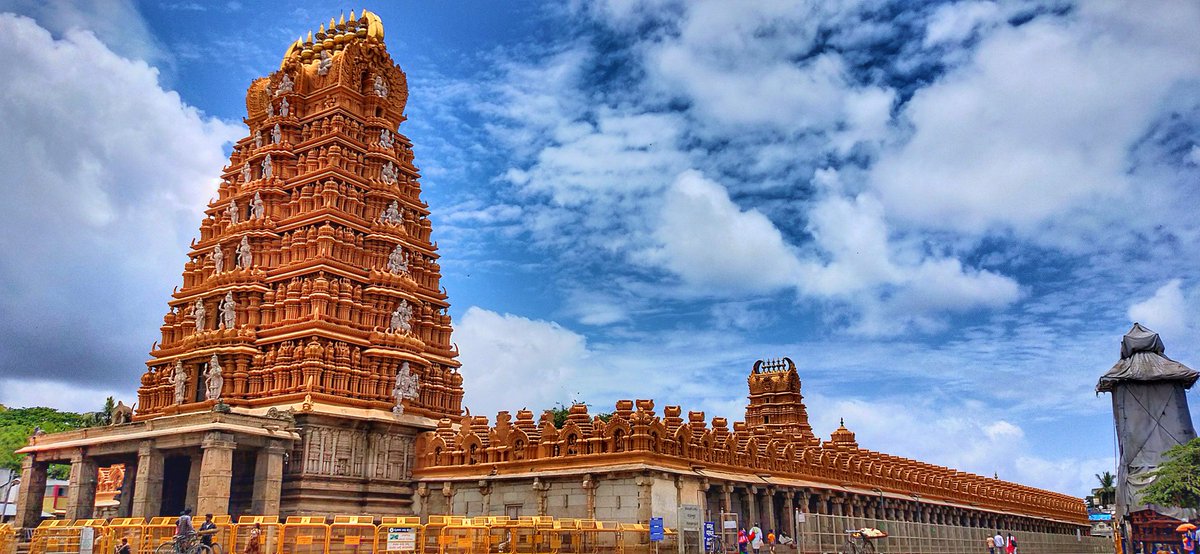 " title="On the eve of Ganesha Chaturthi, here& #39;s a detailed THREAD on the Srikanteshwara Swamy Temple at Nanjangudu near Mysuru in Karnataka. I& #39;ll mainly be focusing on the murthis & sculptures at the temple including several carvings of different manifestations of Lord Ganesha. Do readhttps://abs.twimg.com/emoji/v2/... draggable="false" alt="🙏🏼" title="Person with folded hands (medium light skin tone)" aria-label="Emoji: Person with folded hands (medium light skin tone)">" class="img-responsive" style="max-width:100%;"/>
" title="On the eve of Ganesha Chaturthi, here& #39;s a detailed THREAD on the Srikanteshwara Swamy Temple at Nanjangudu near Mysuru in Karnataka. I& #39;ll mainly be focusing on the murthis & sculptures at the temple including several carvings of different manifestations of Lord Ganesha. Do readhttps://abs.twimg.com/emoji/v2/... draggable="false" alt="🙏🏼" title="Person with folded hands (medium light skin tone)" aria-label="Emoji: Person with folded hands (medium light skin tone)">" class="img-responsive" style="max-width:100%;"/>
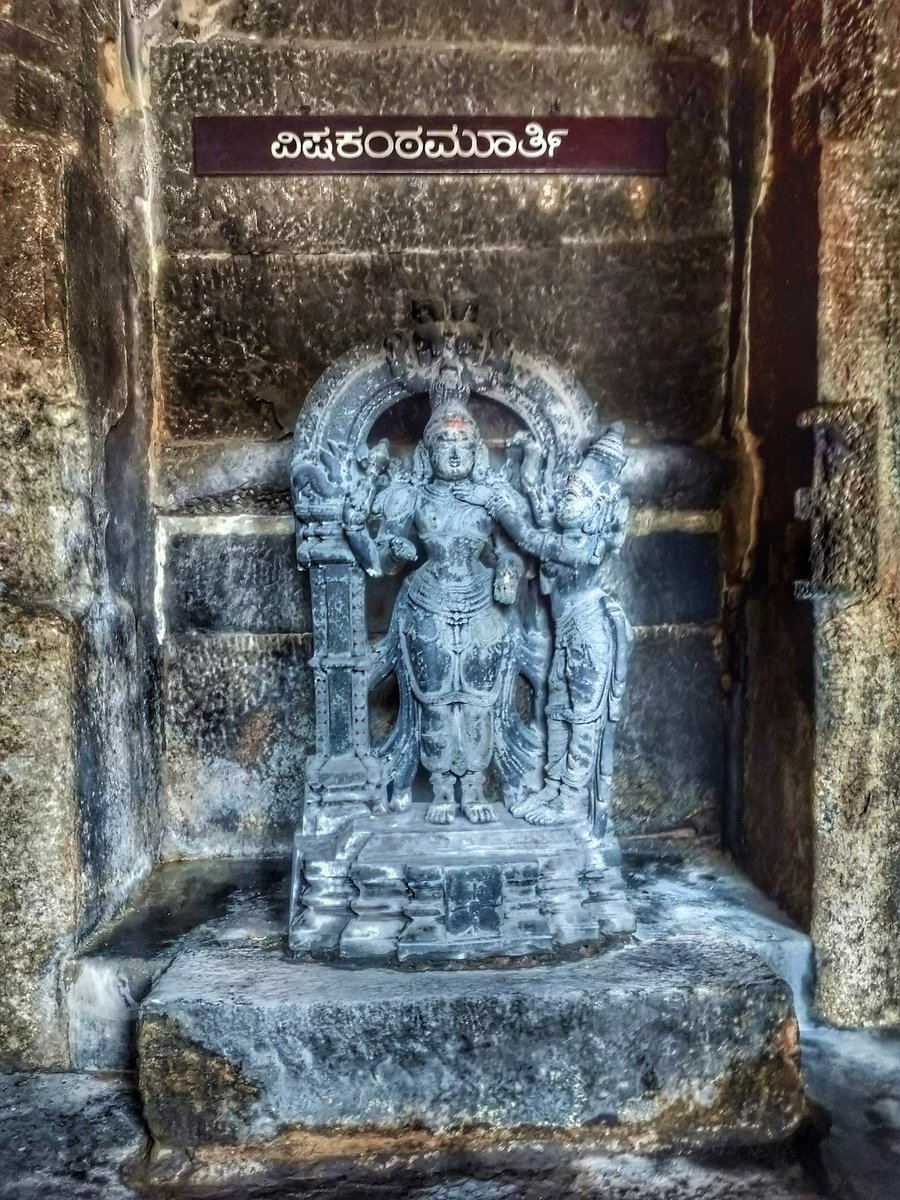
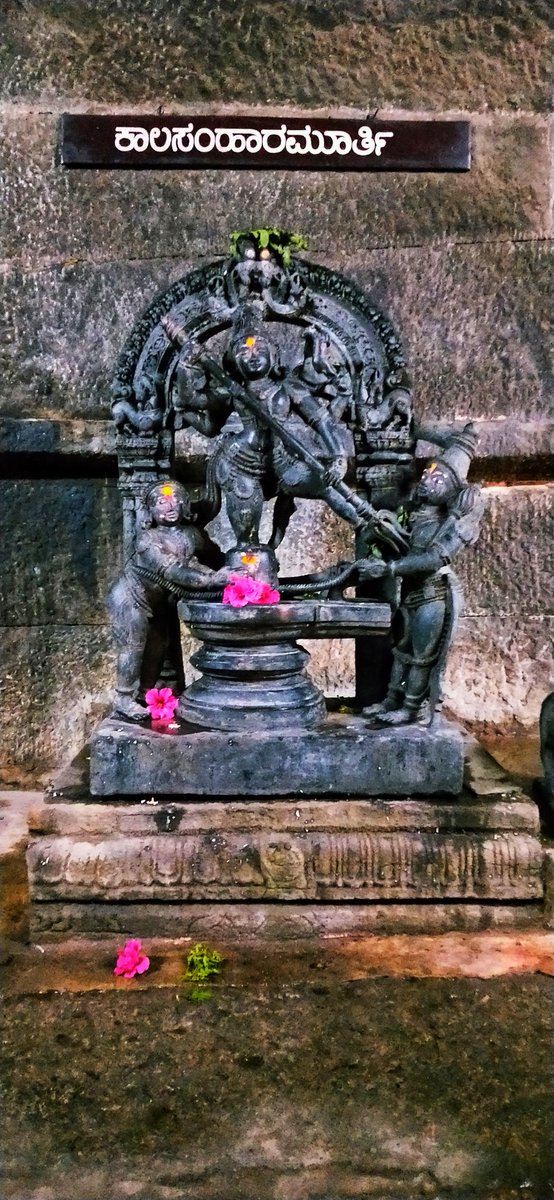
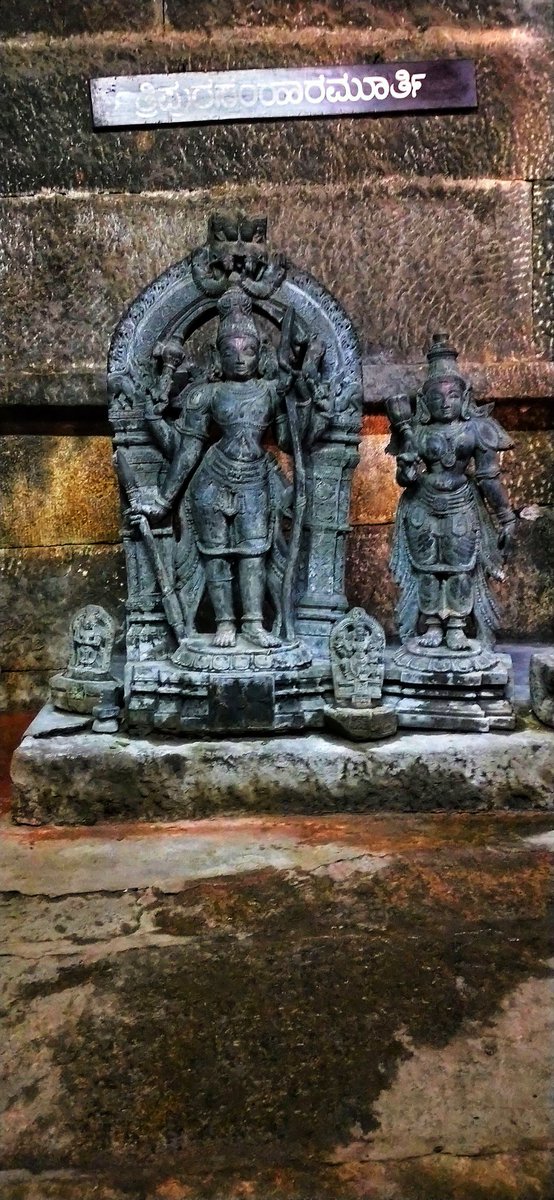
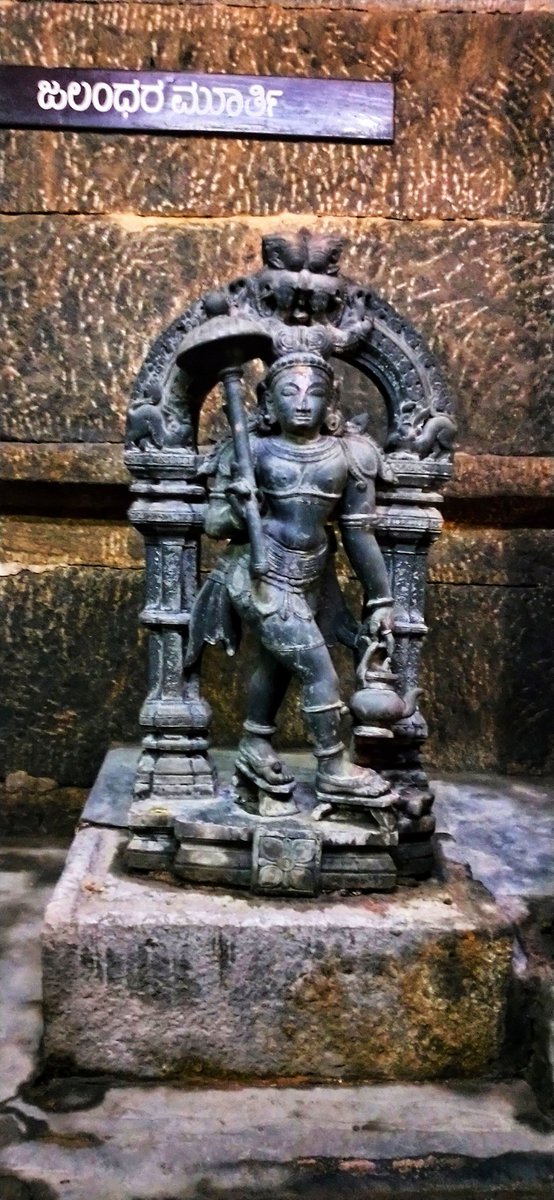
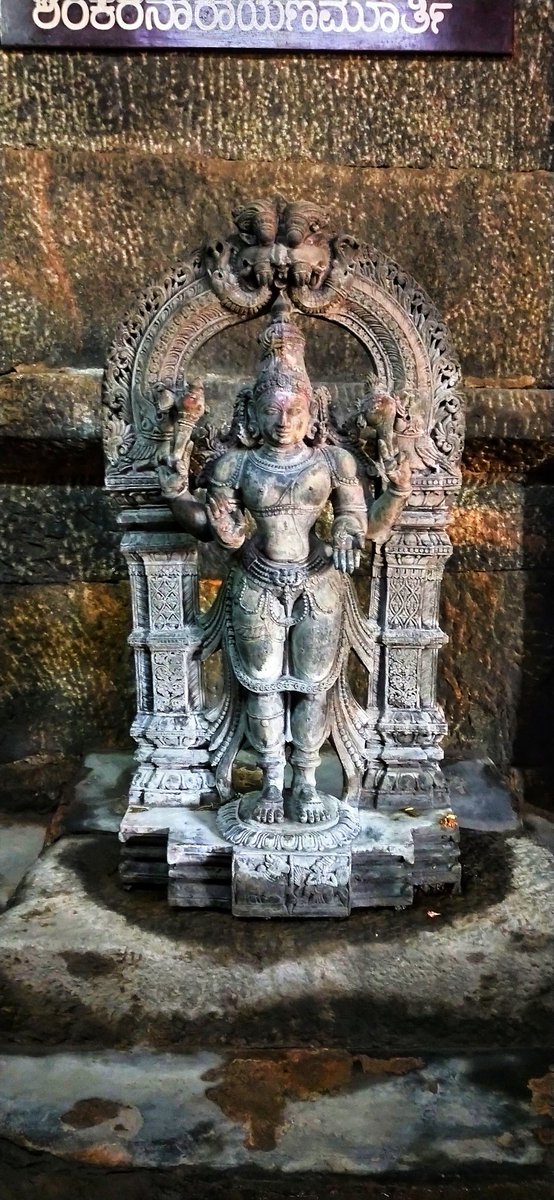
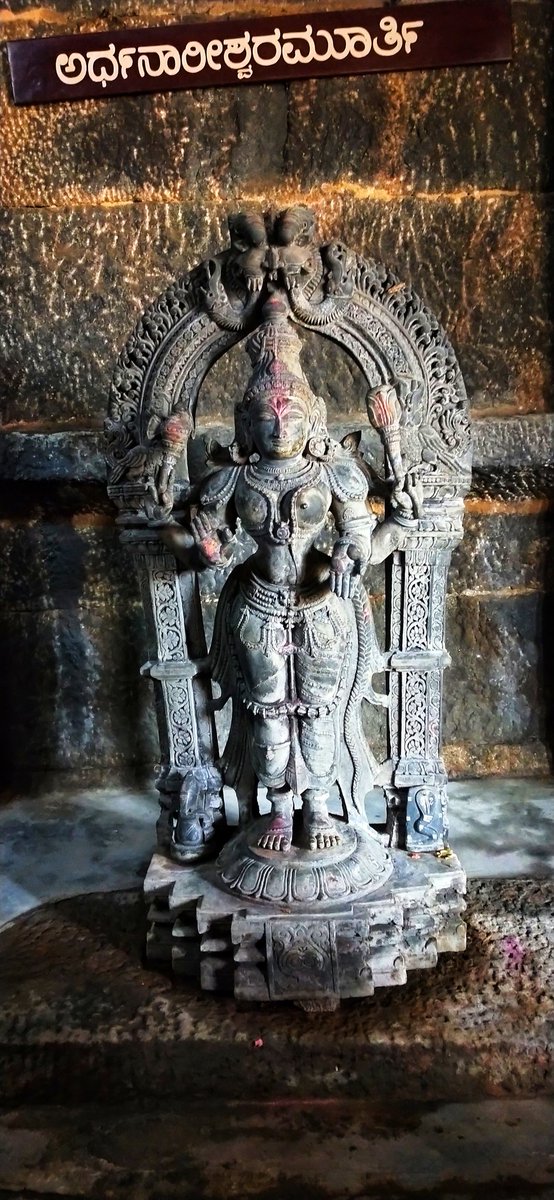

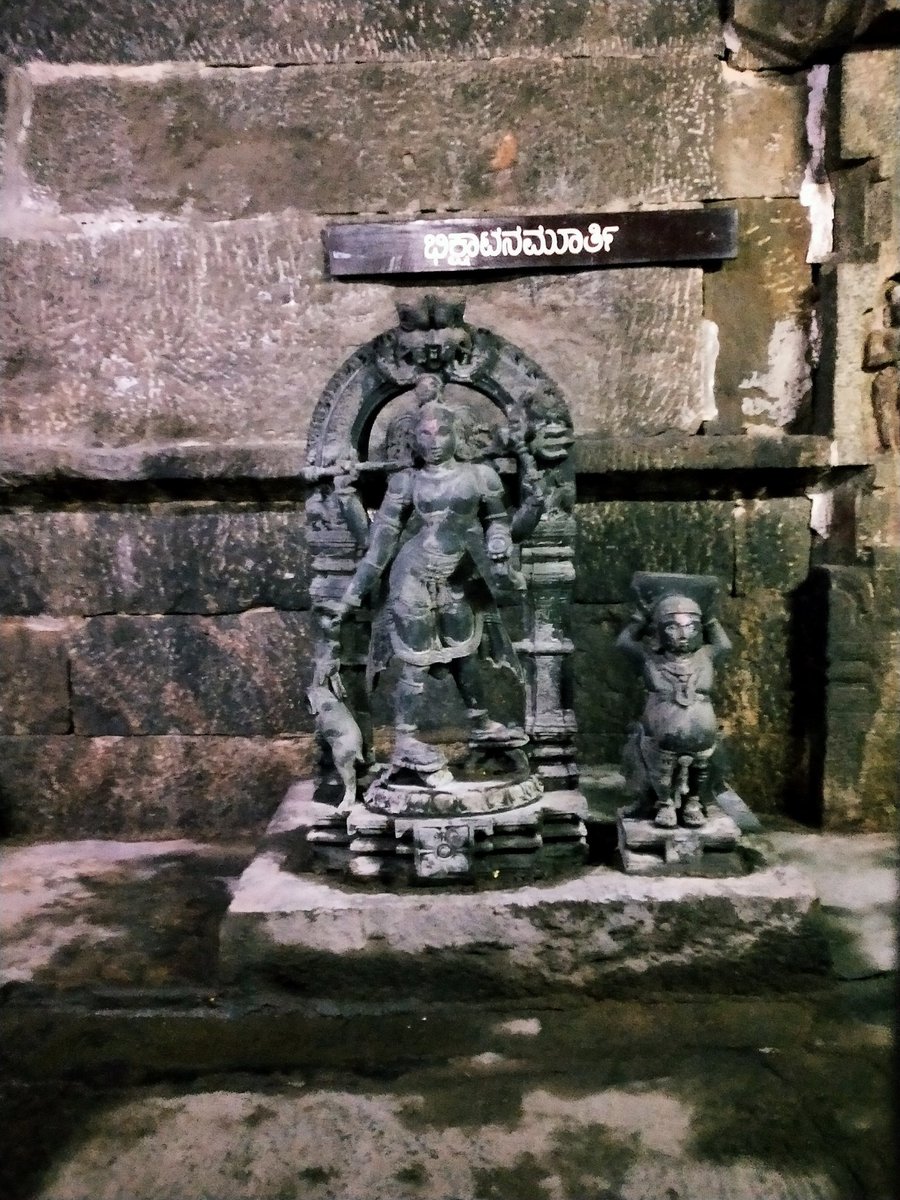
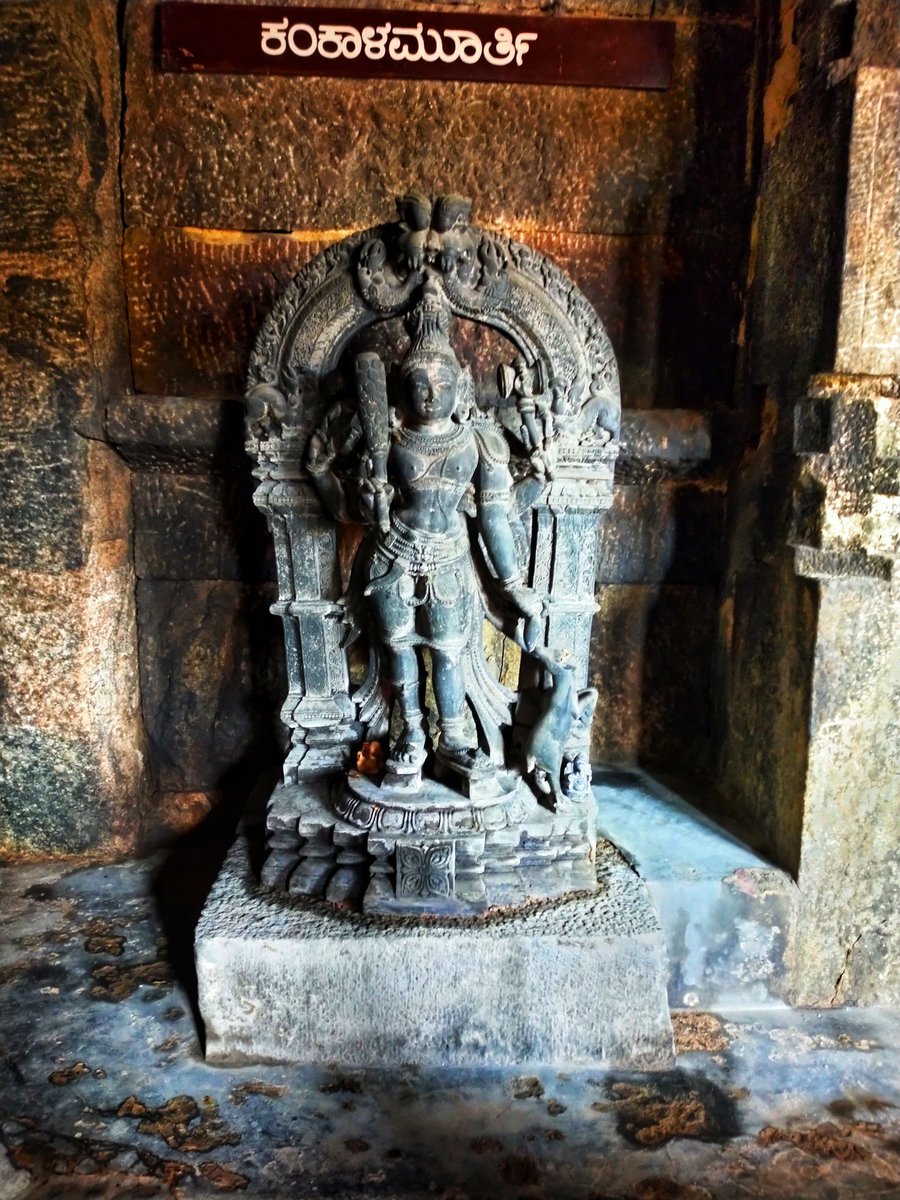
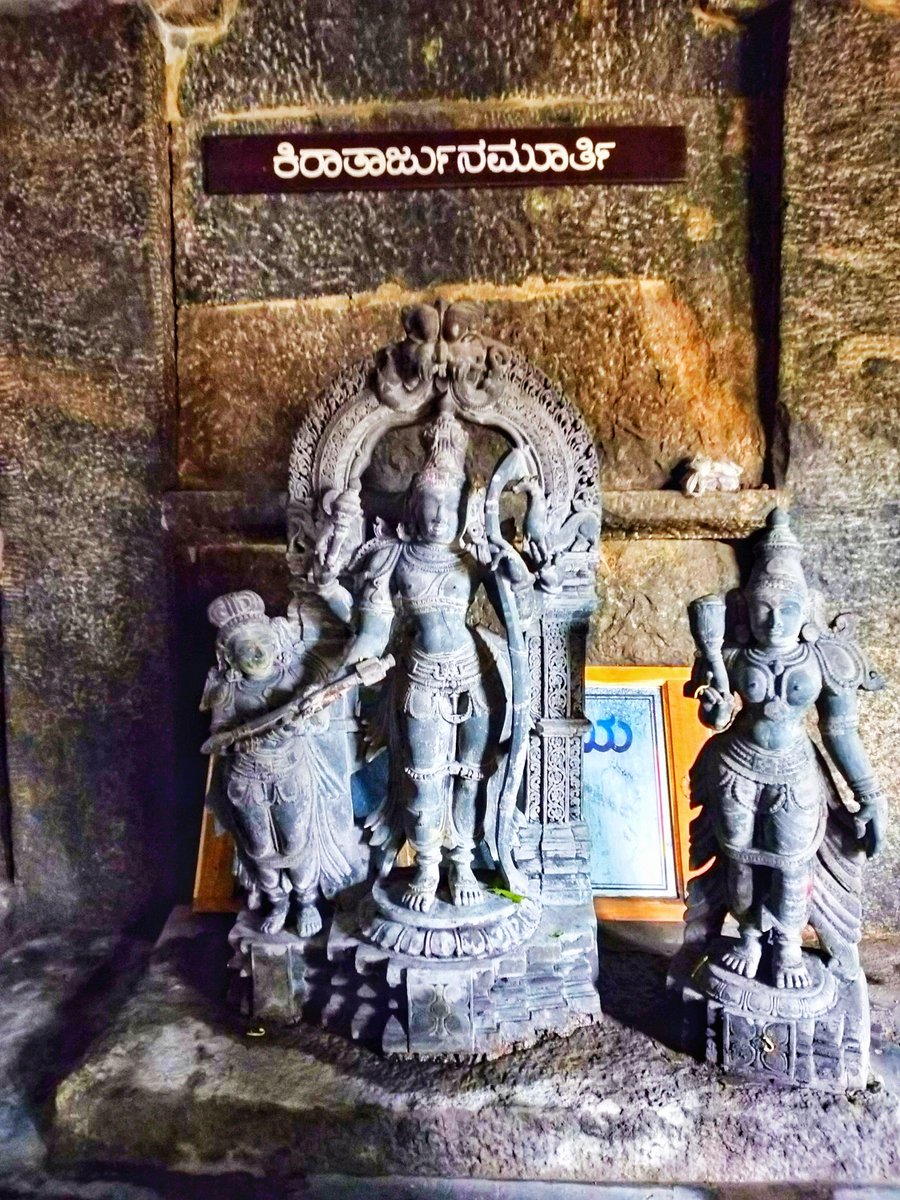
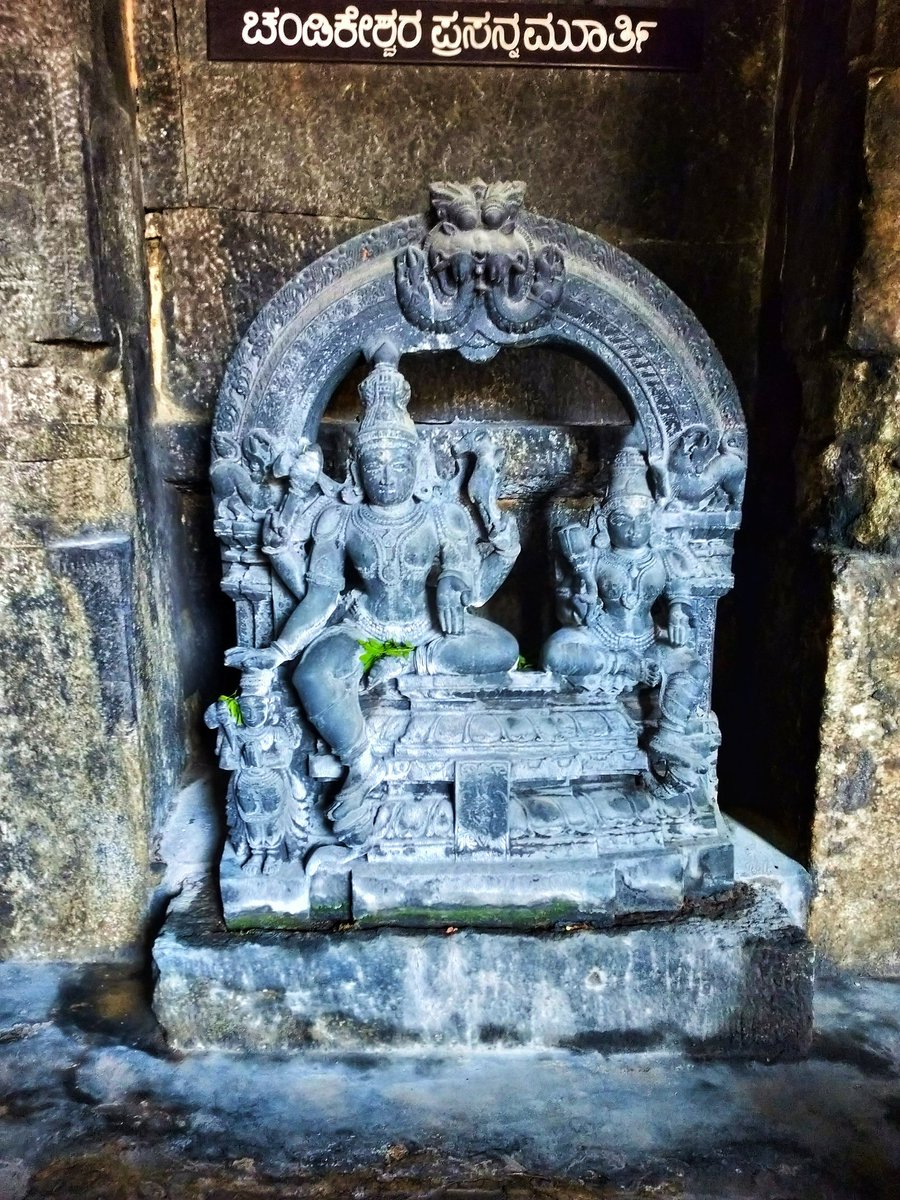
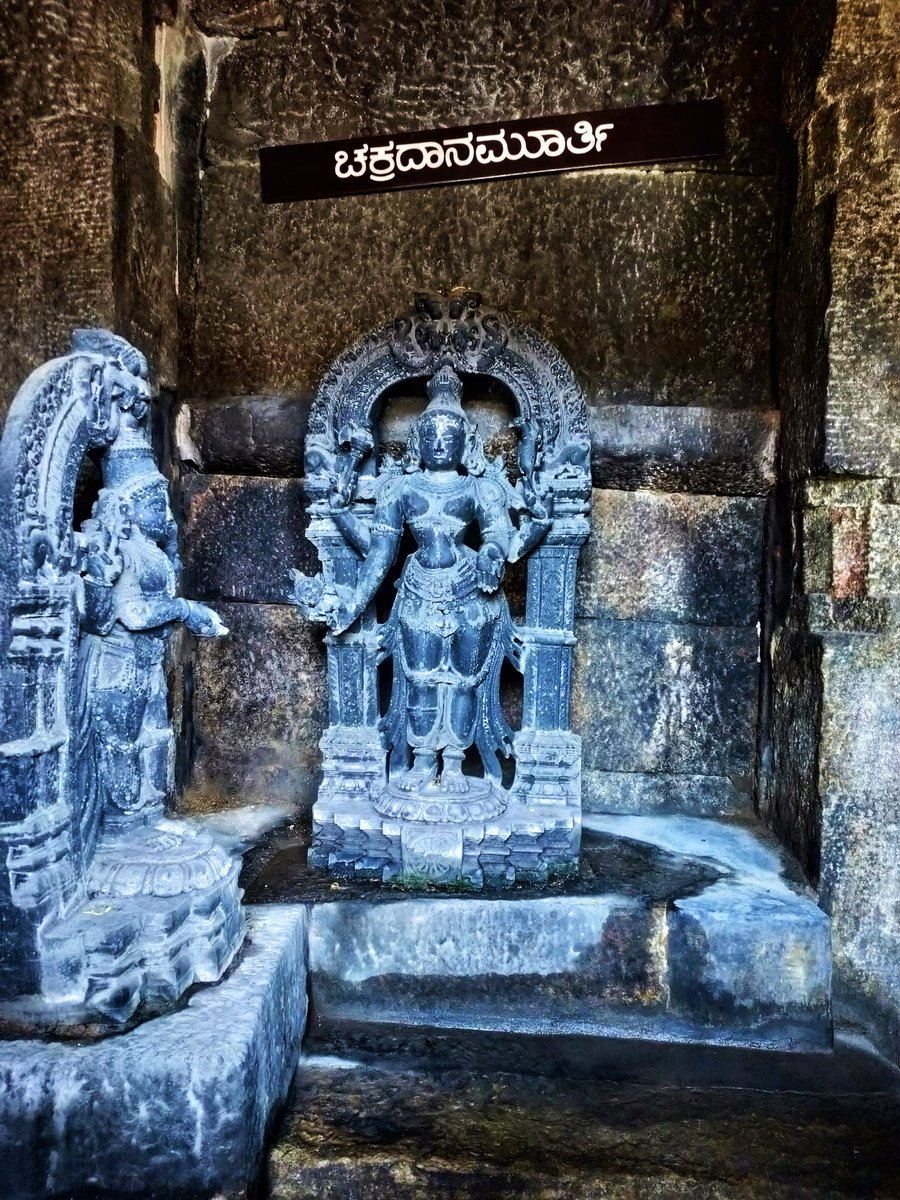
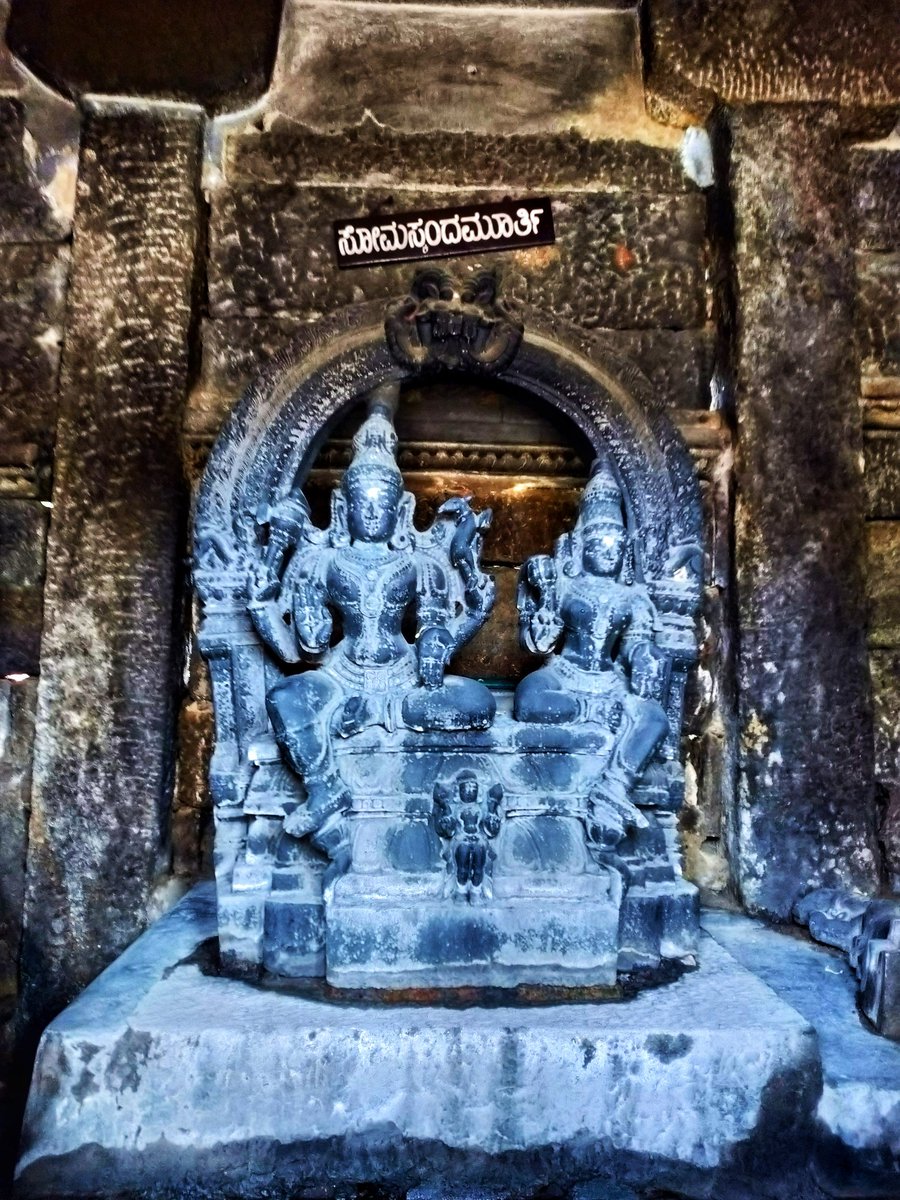
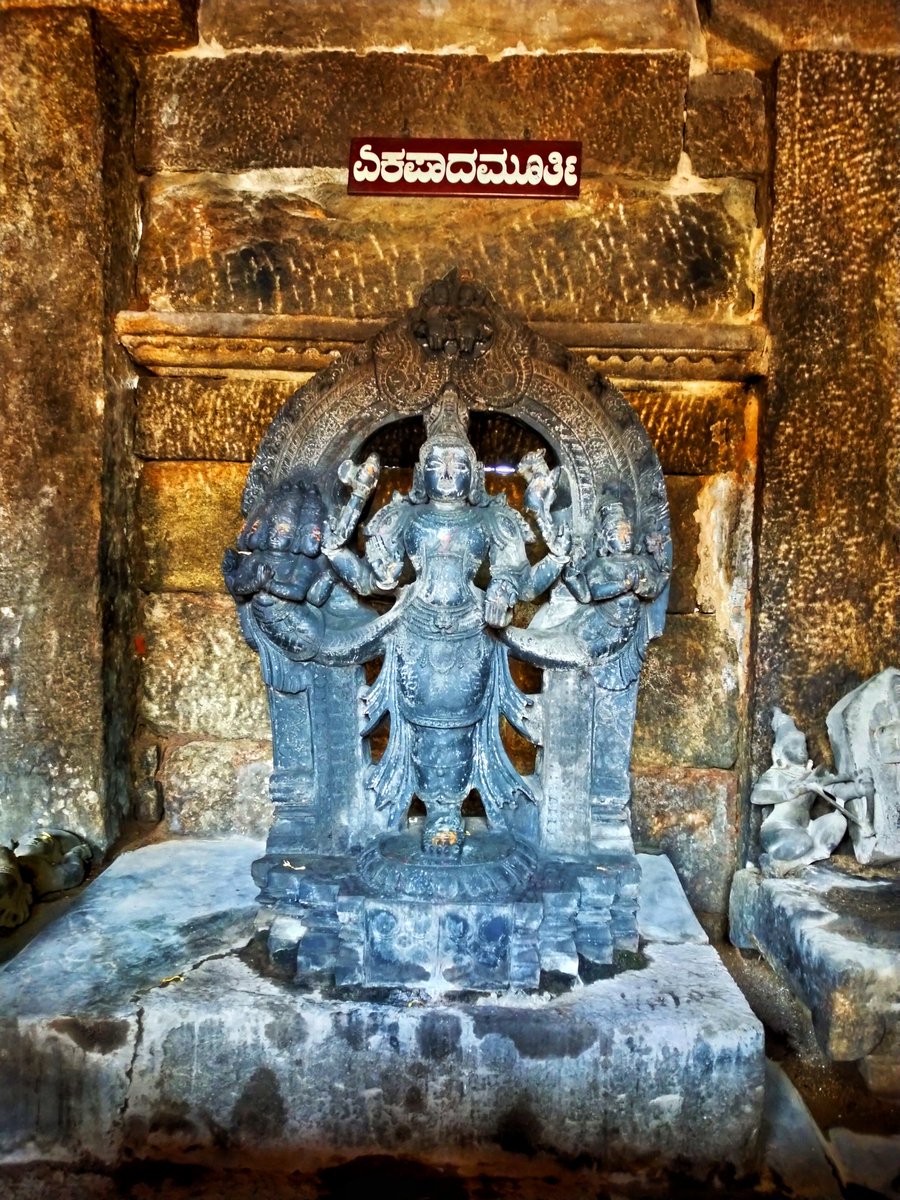
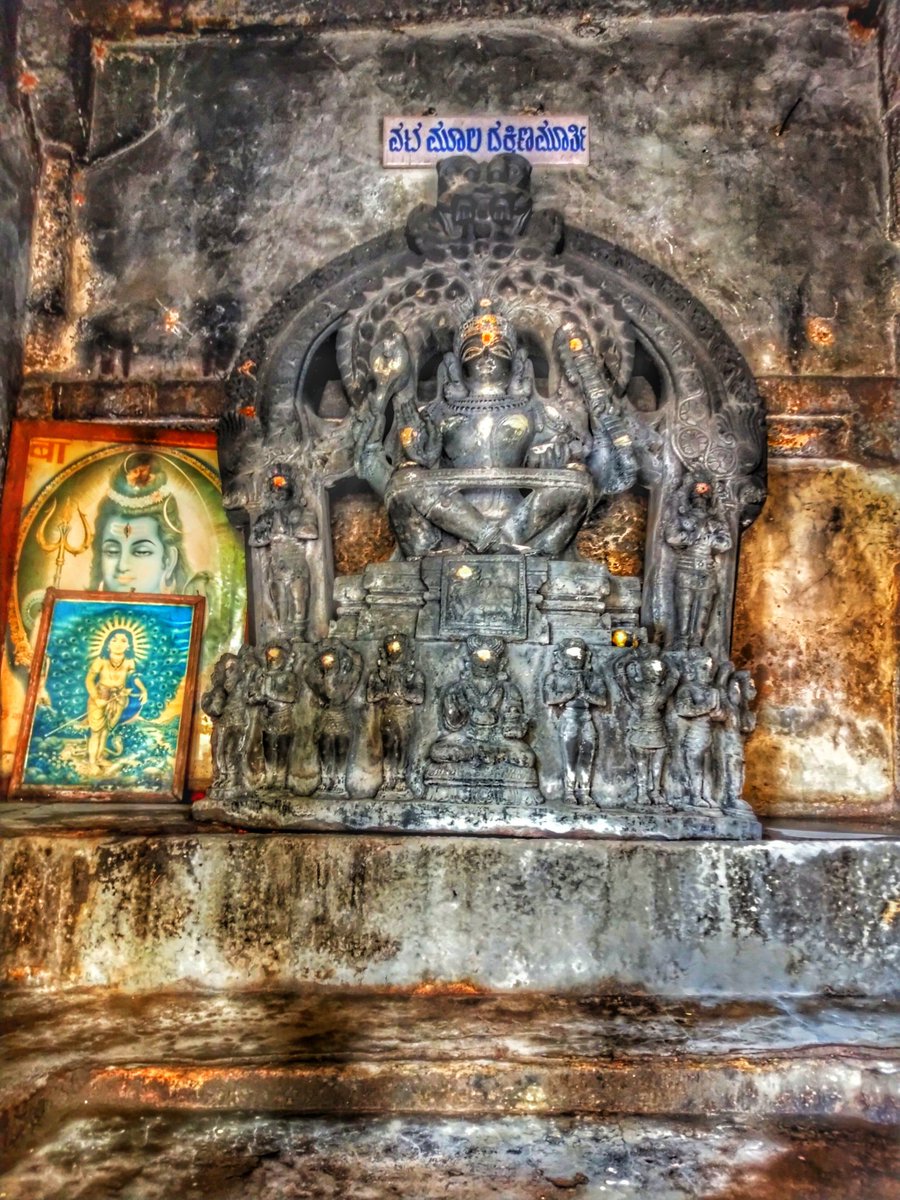
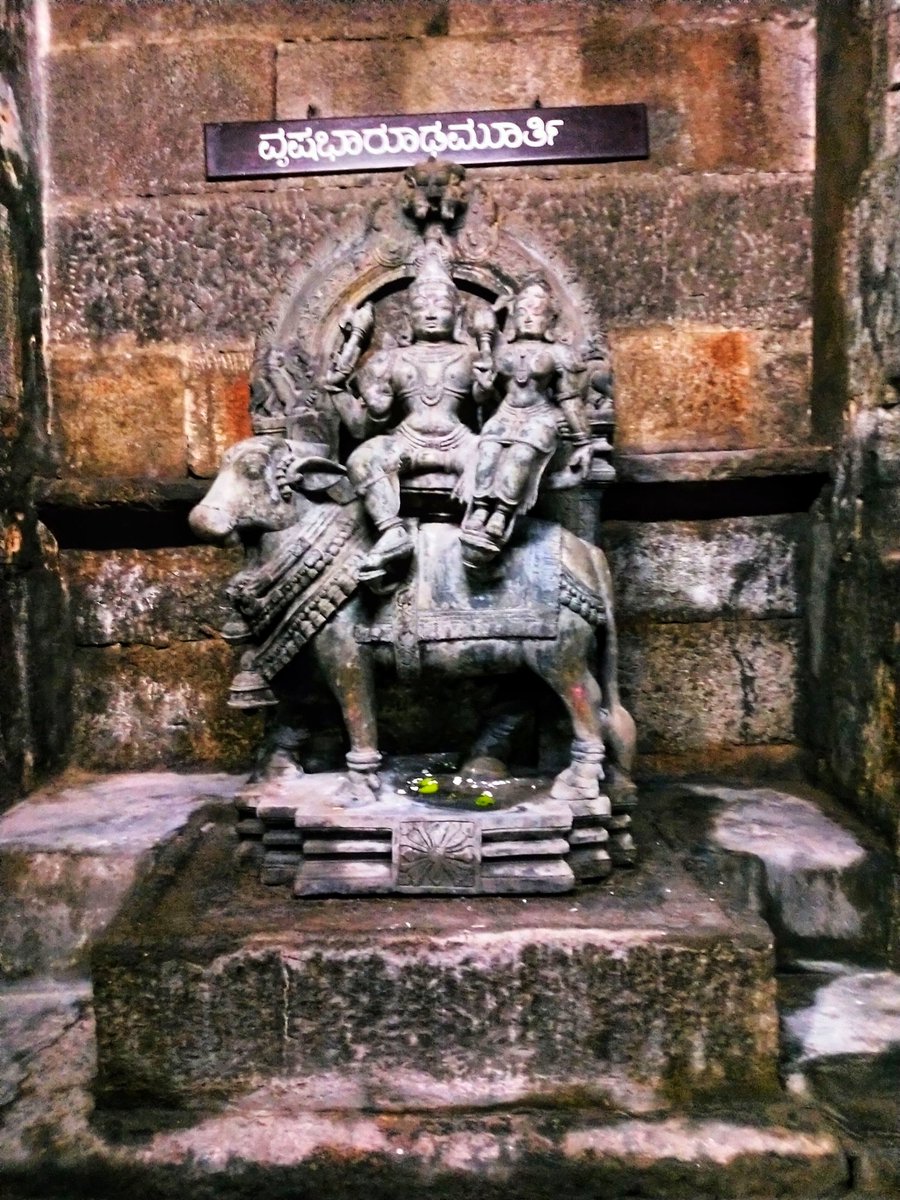


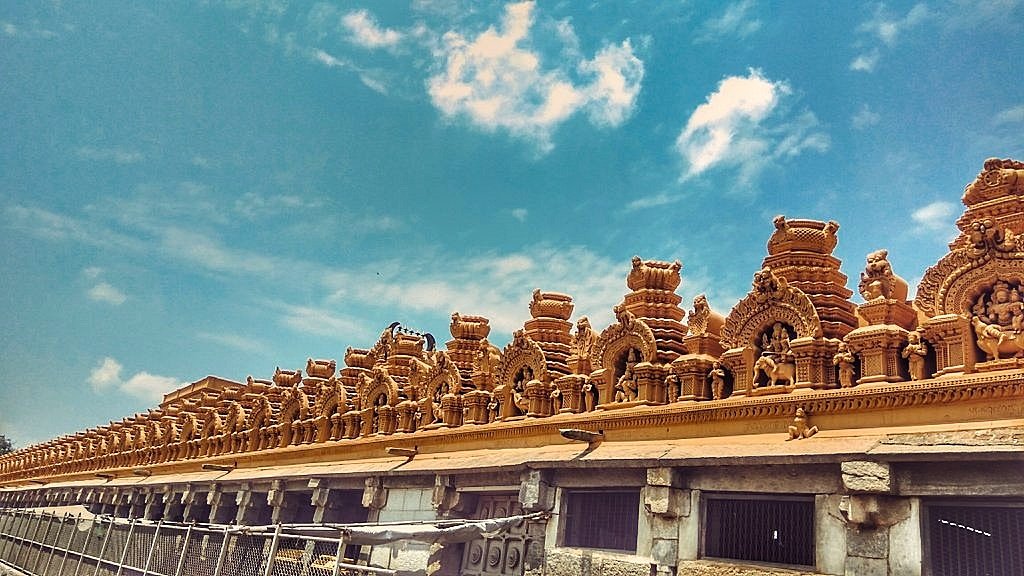


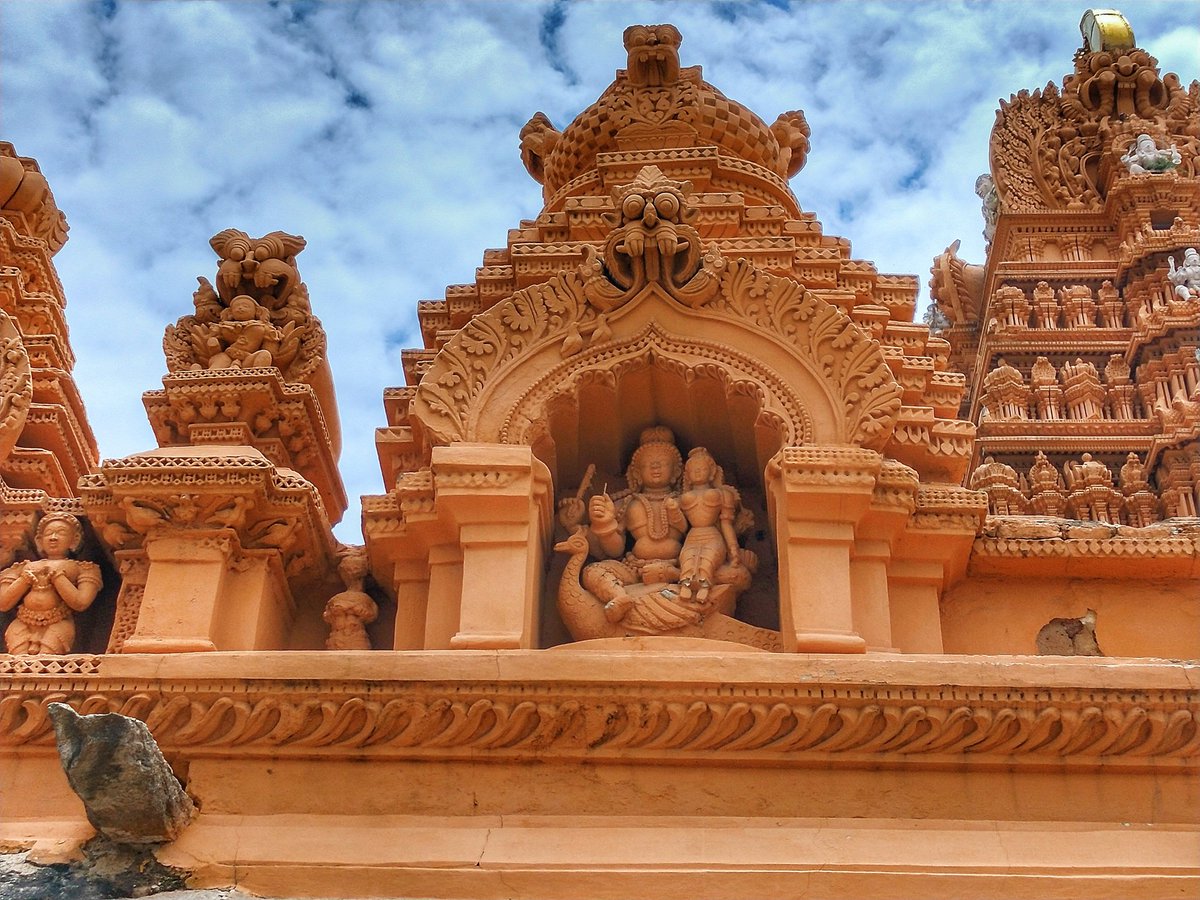

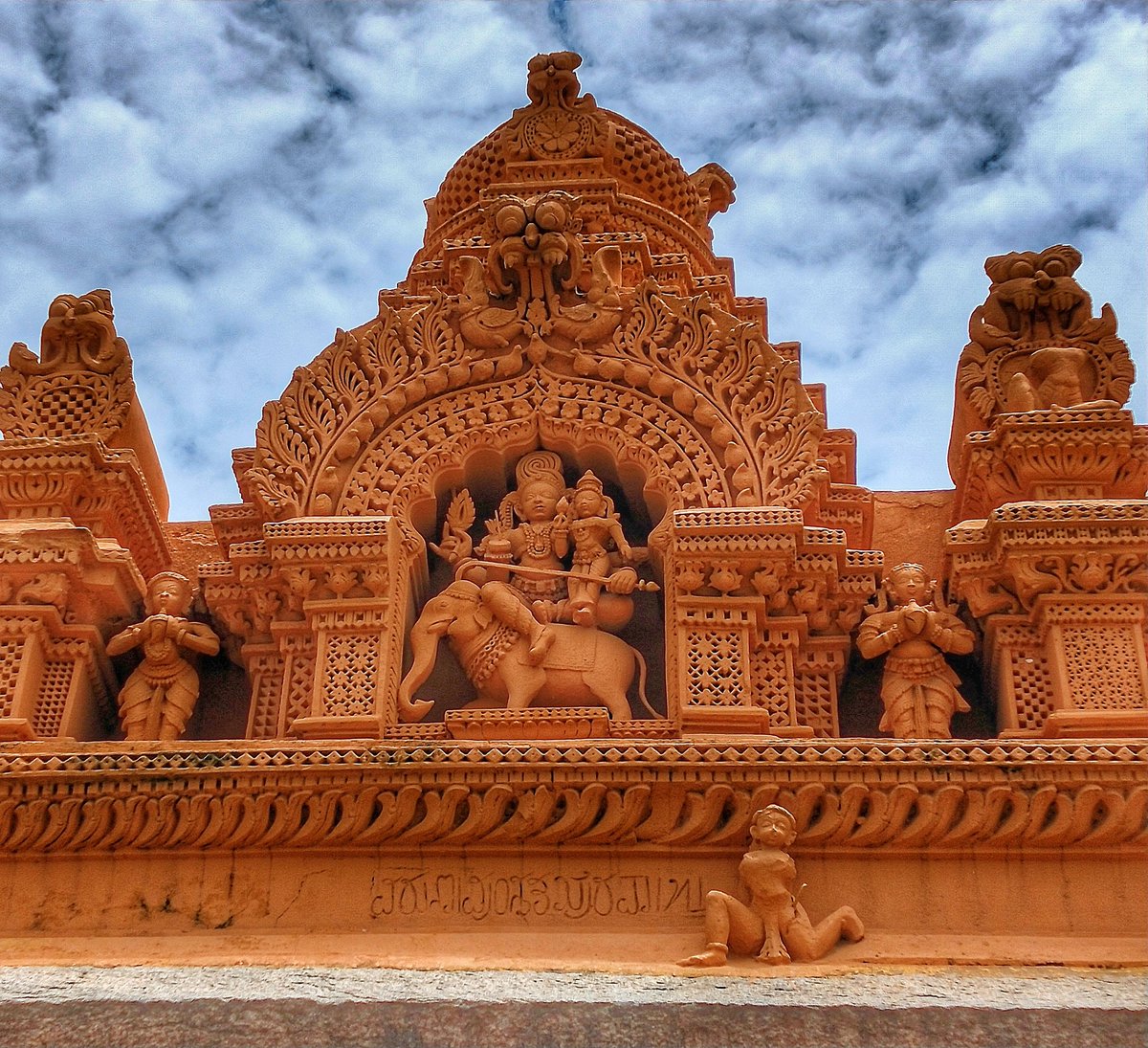 " title="23) Kapaala Bhairava. The Maatrika is Indrani & Vahana is an elephant https://abs.twimg.com/emoji/v2/... draggable="false" alt="🐘" title="Elephant" aria-label="Emoji: Elephant">" class="img-responsive" style="max-width:100%;"/>
" title="23) Kapaala Bhairava. The Maatrika is Indrani & Vahana is an elephant https://abs.twimg.com/emoji/v2/... draggable="false" alt="🐘" title="Elephant" aria-label="Emoji: Elephant">" class="img-responsive" style="max-width:100%;"/>

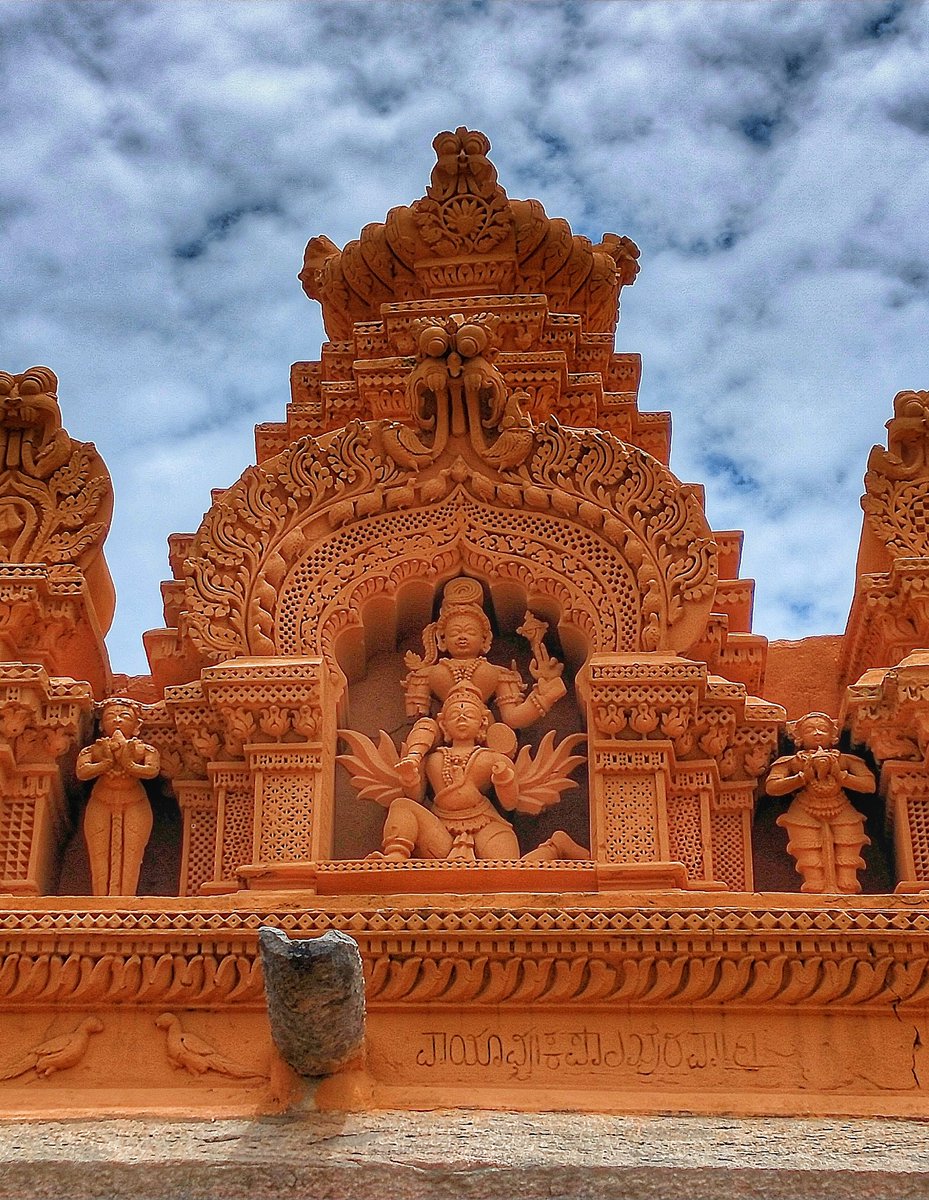

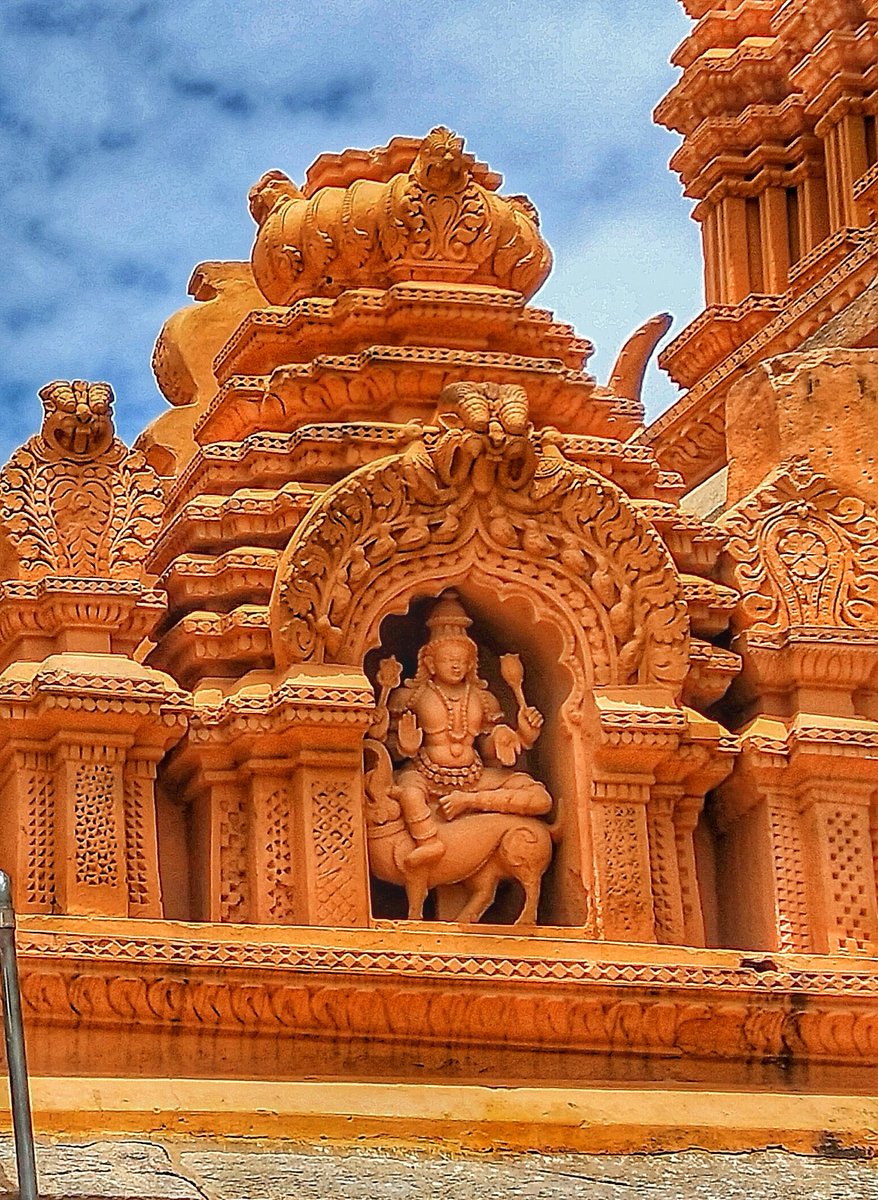
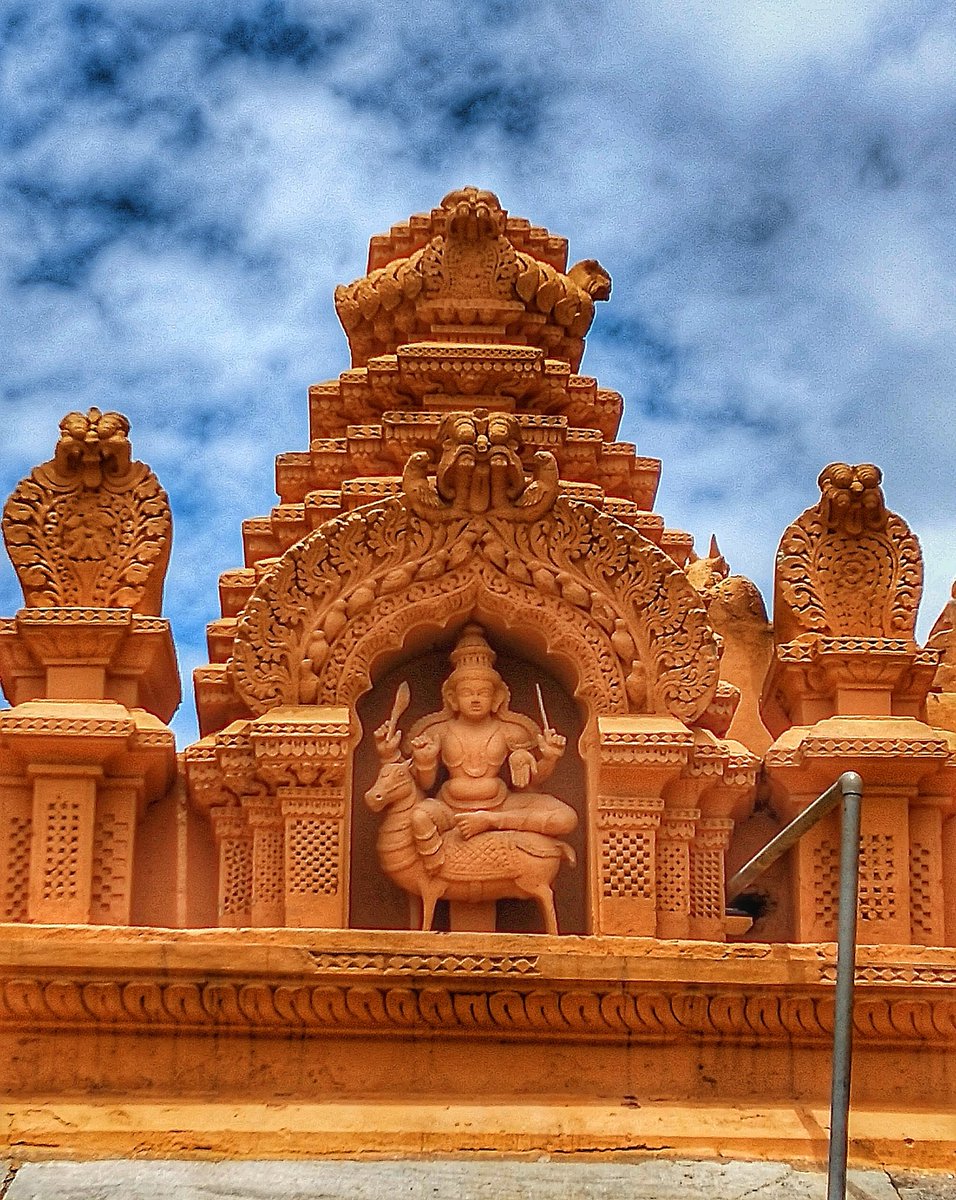
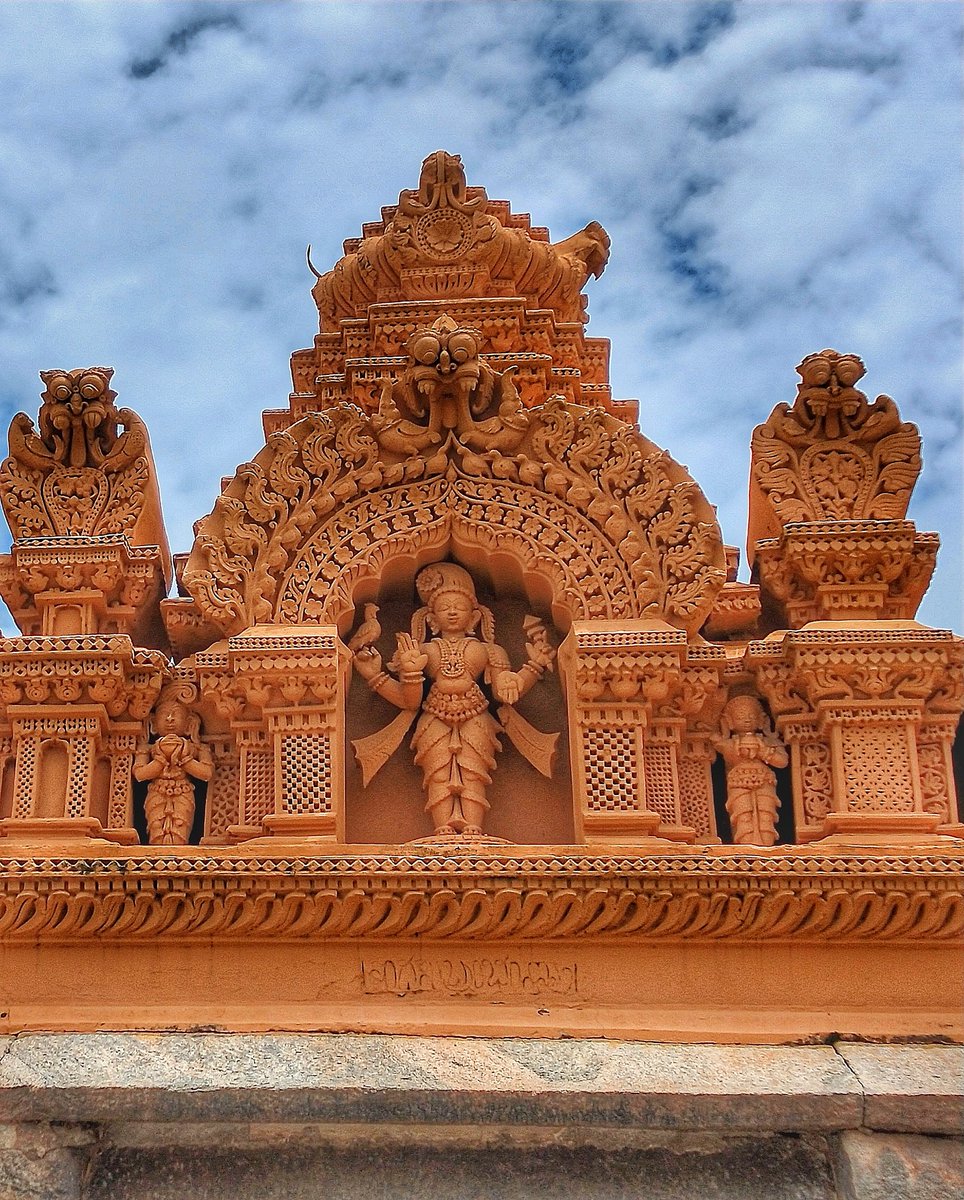 & he holds a small spear(Vel) on his left." title="29) Ananda Subramanya. In this manifestation, Lord Subramanya is depicted with 4 arms. He holds the Abhsyamudra in this front right hand & the Varadamudra with his left. Seen on his rear right hand is a rooster https://abs.twimg.com/emoji/v2/... draggable="false" alt="🐓" title="Rooster" aria-label="Emoji: Rooster"> & he holds a small spear(Vel) on his left." class="img-responsive" style="max-width:100%;"/>
& he holds a small spear(Vel) on his left." title="29) Ananda Subramanya. In this manifestation, Lord Subramanya is depicted with 4 arms. He holds the Abhsyamudra in this front right hand & the Varadamudra with his left. Seen on his rear right hand is a rooster https://abs.twimg.com/emoji/v2/... draggable="false" alt="🐓" title="Rooster" aria-label="Emoji: Rooster"> & he holds a small spear(Vel) on his left." class="img-responsive" style="max-width:100%;"/>
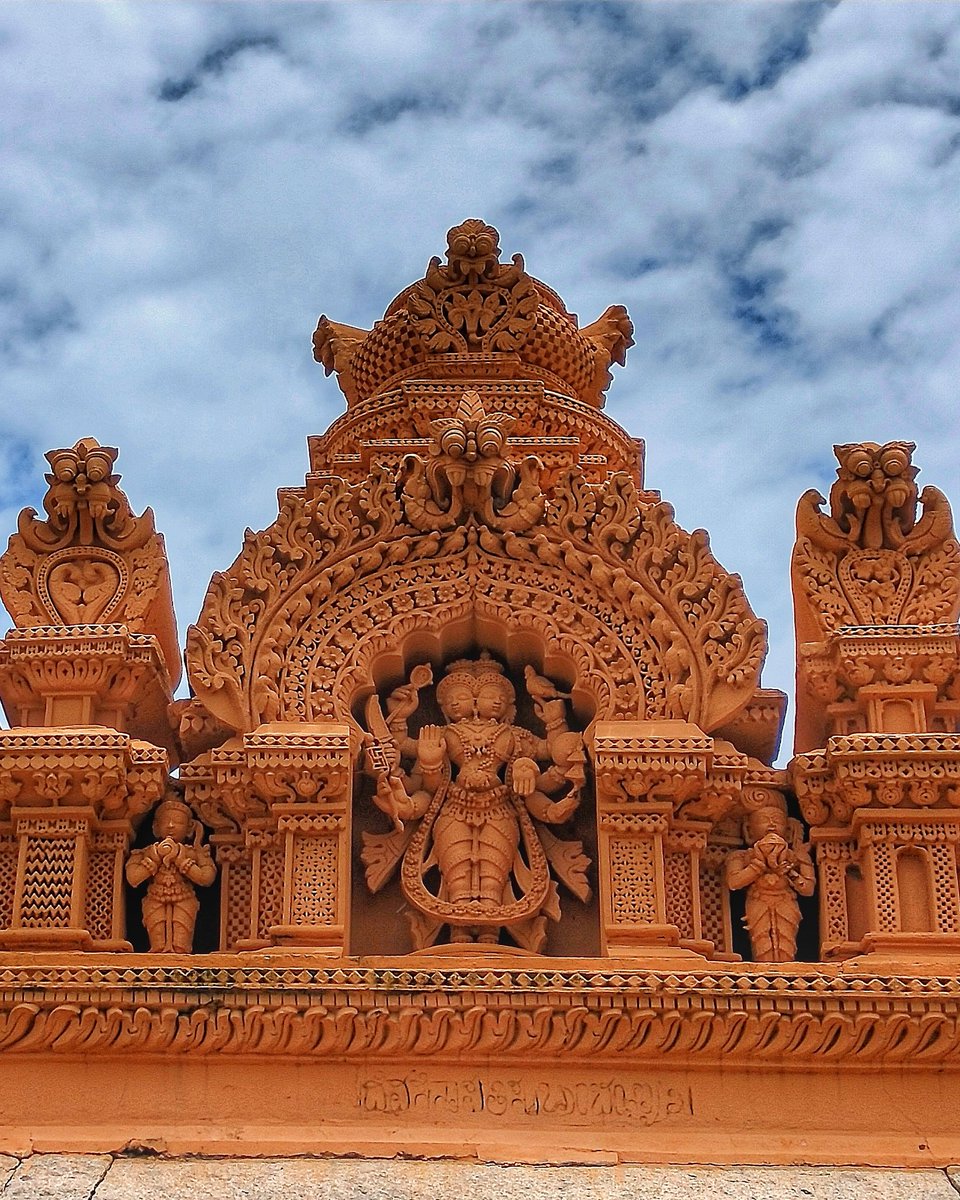
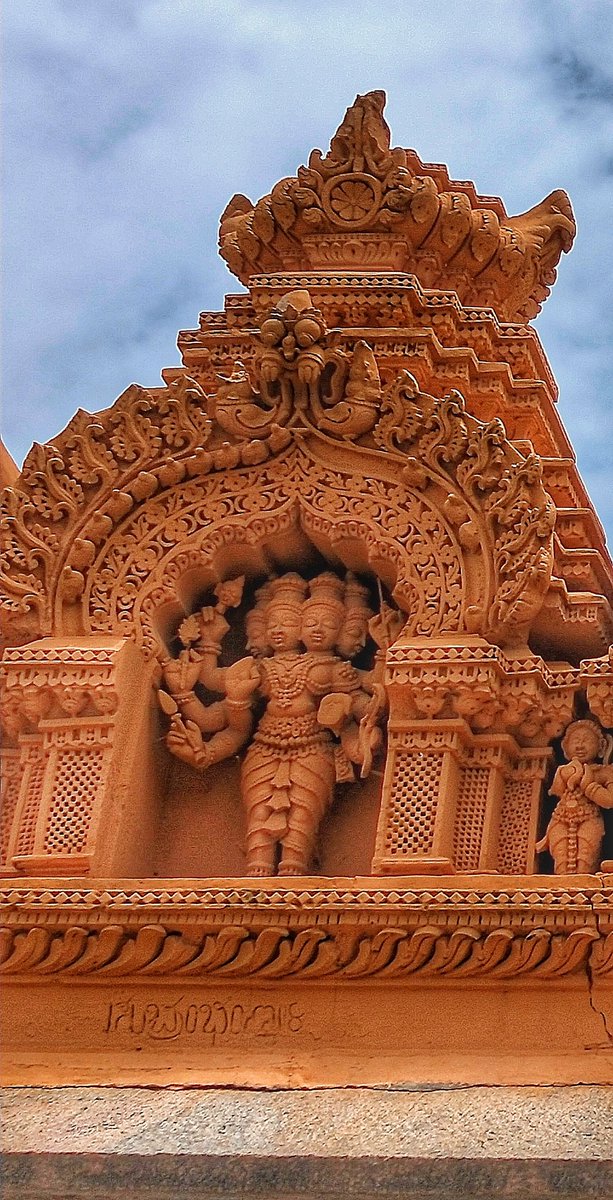
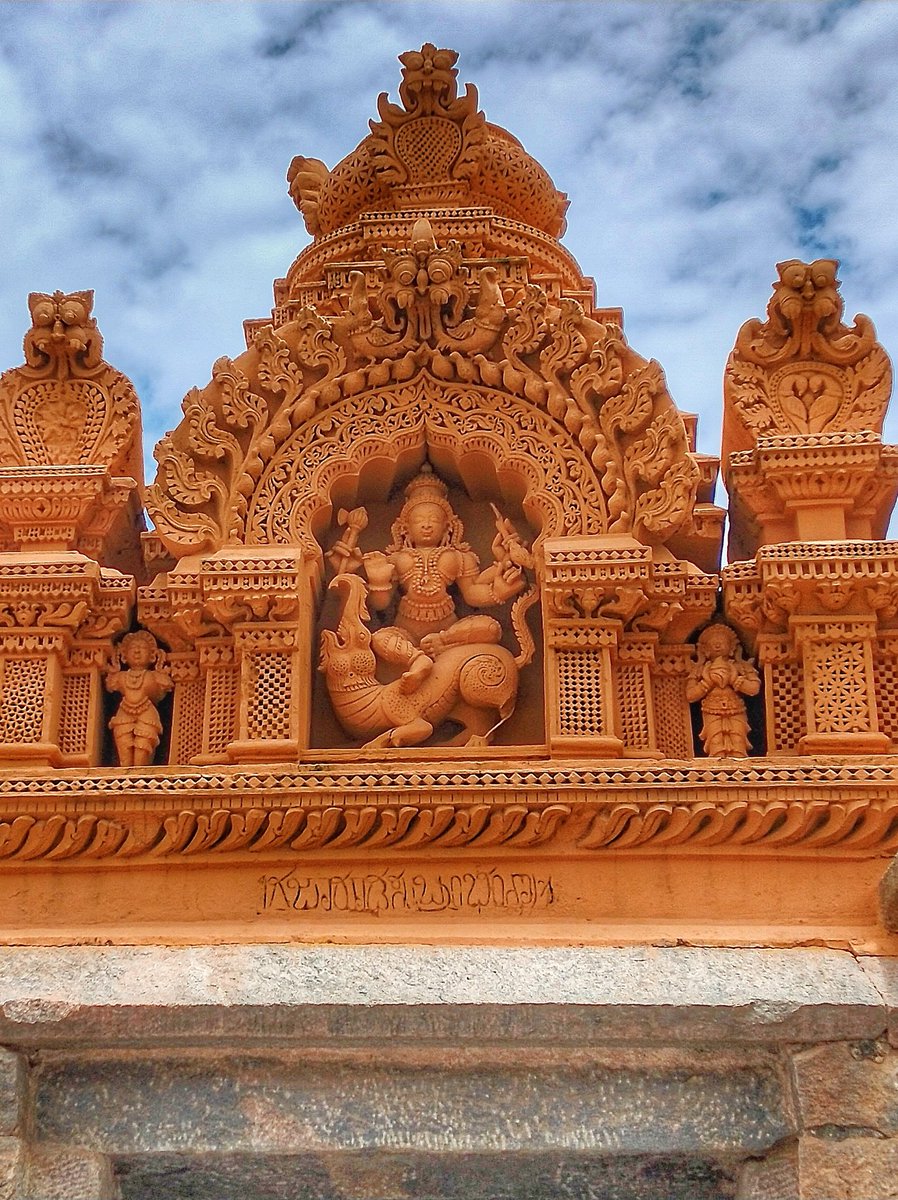


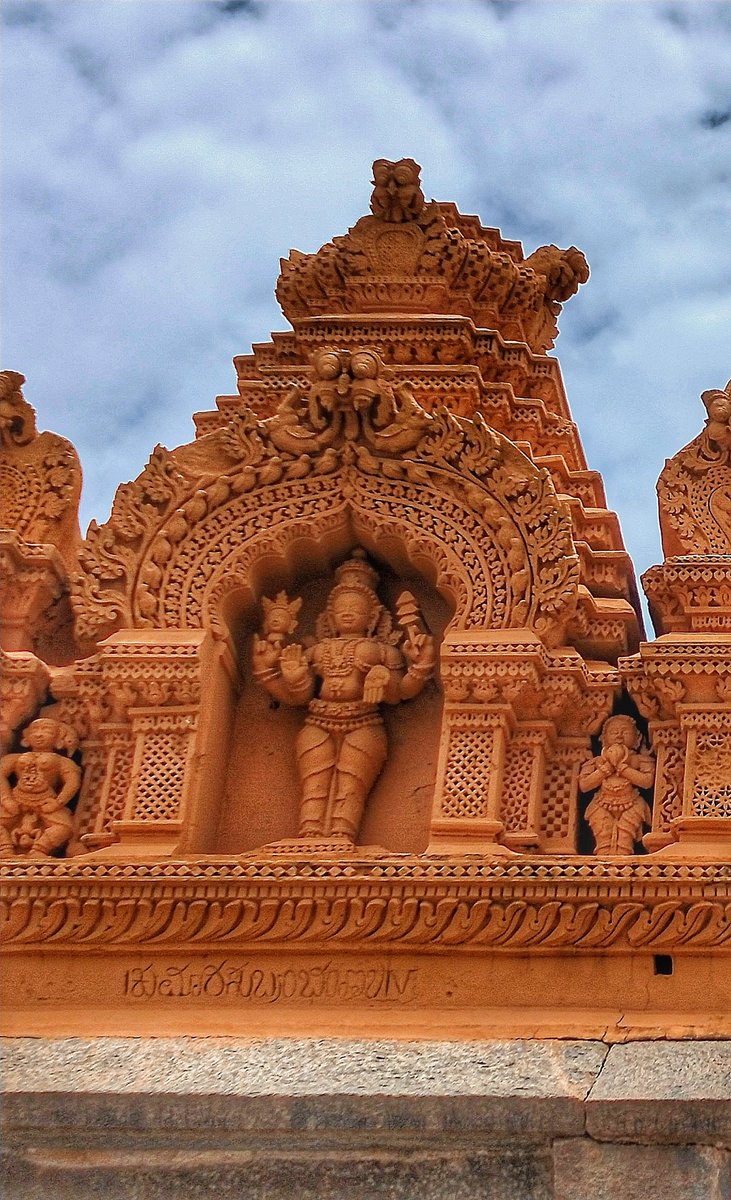

 .Later Lord Subramanya on the insistence of Lord Shiva releases Brahma & explains the meaning of https://abs.twimg.com/emoji/v2/... draggable="false" alt="🕉" title="Om symbol" aria-label="Emoji: Om symbol"> to Lord Shiva secretly." title="37) Brahmasaasta Subramanya. He takes this form while imprisoning Lord Brahma for not knowing the meaning of the Pranava mantra i.e. The meaning of https://abs.twimg.com/emoji/v2/... draggable="false" alt="🕉" title="Om symbol" aria-label="Emoji: Om symbol">.Later Lord Subramanya on the insistence of Lord Shiva releases Brahma & explains the meaning of https://abs.twimg.com/emoji/v2/... draggable="false" alt="🕉" title="Om symbol" aria-label="Emoji: Om symbol"> to Lord Shiva secretly." class="img-responsive" style="max-width:100%;"/>
.Later Lord Subramanya on the insistence of Lord Shiva releases Brahma & explains the meaning of https://abs.twimg.com/emoji/v2/... draggable="false" alt="🕉" title="Om symbol" aria-label="Emoji: Om symbol"> to Lord Shiva secretly." title="37) Brahmasaasta Subramanya. He takes this form while imprisoning Lord Brahma for not knowing the meaning of the Pranava mantra i.e. The meaning of https://abs.twimg.com/emoji/v2/... draggable="false" alt="🕉" title="Om symbol" aria-label="Emoji: Om symbol">.Later Lord Subramanya on the insistence of Lord Shiva releases Brahma & explains the meaning of https://abs.twimg.com/emoji/v2/... draggable="false" alt="🕉" title="Om symbol" aria-label="Emoji: Om symbol"> to Lord Shiva secretly." class="img-responsive" style="max-width:100%;"/>
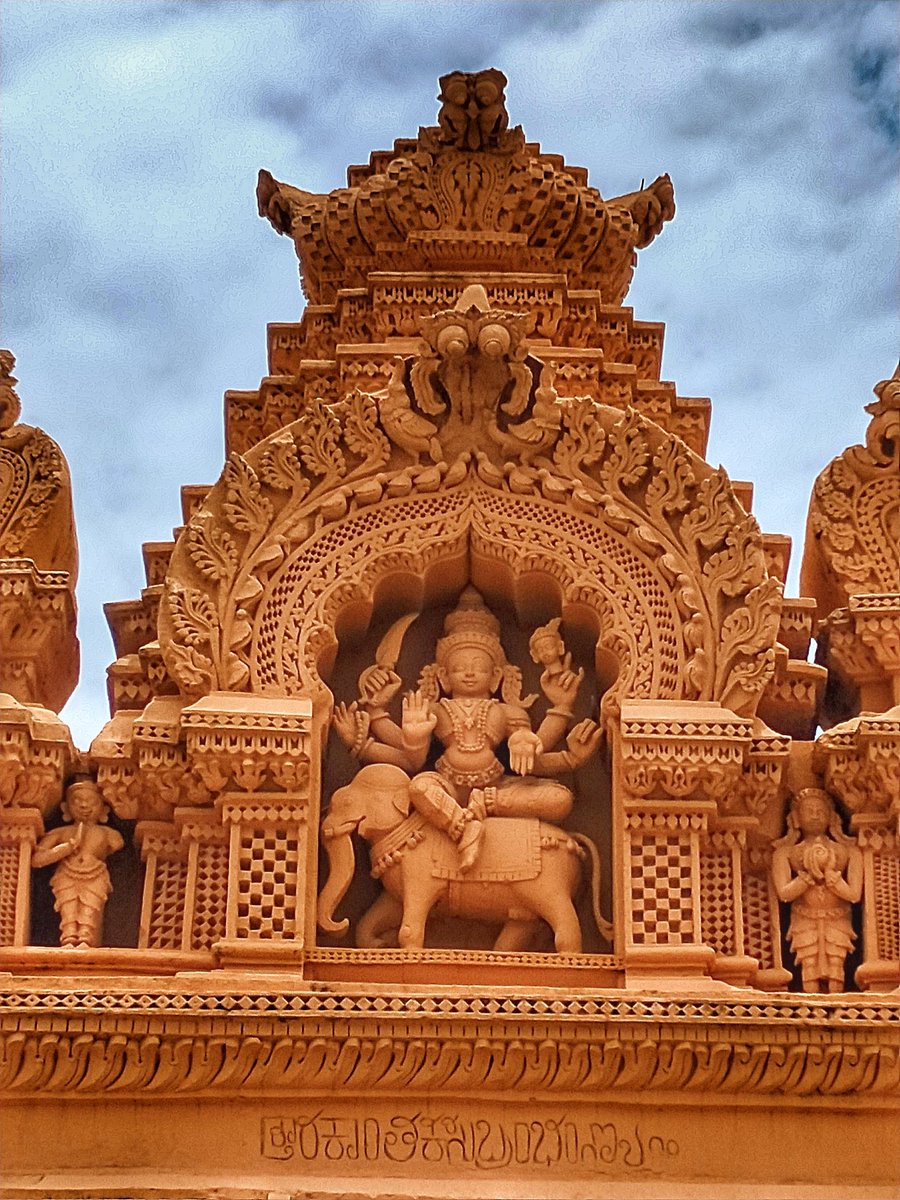


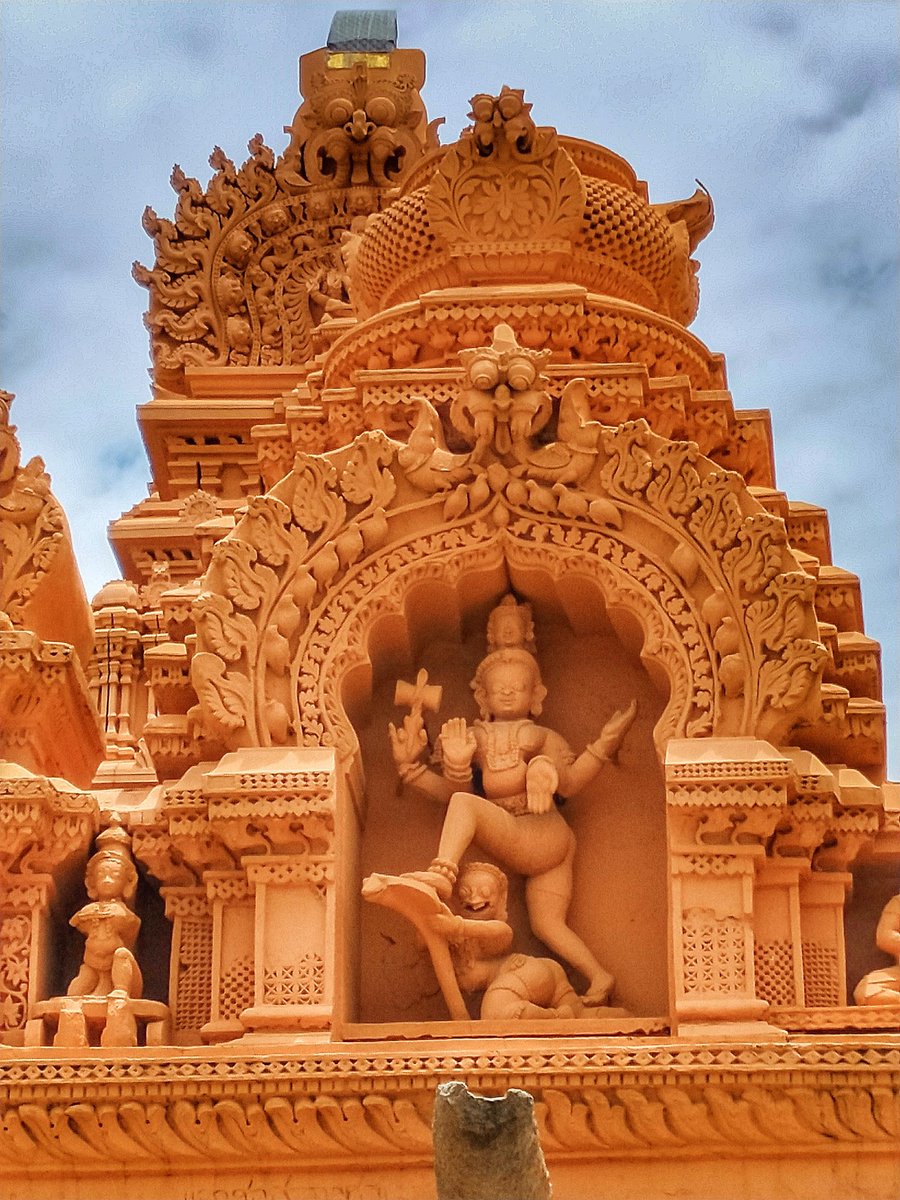


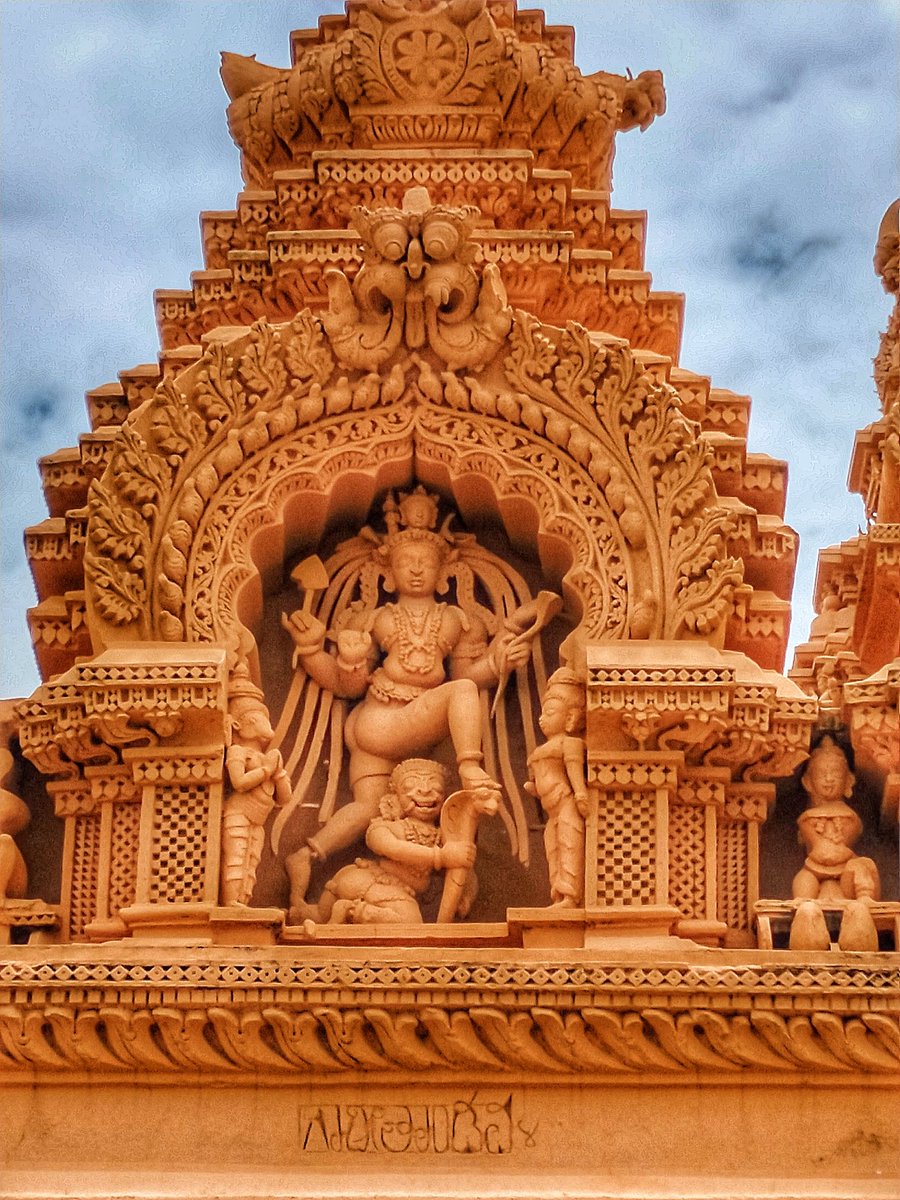
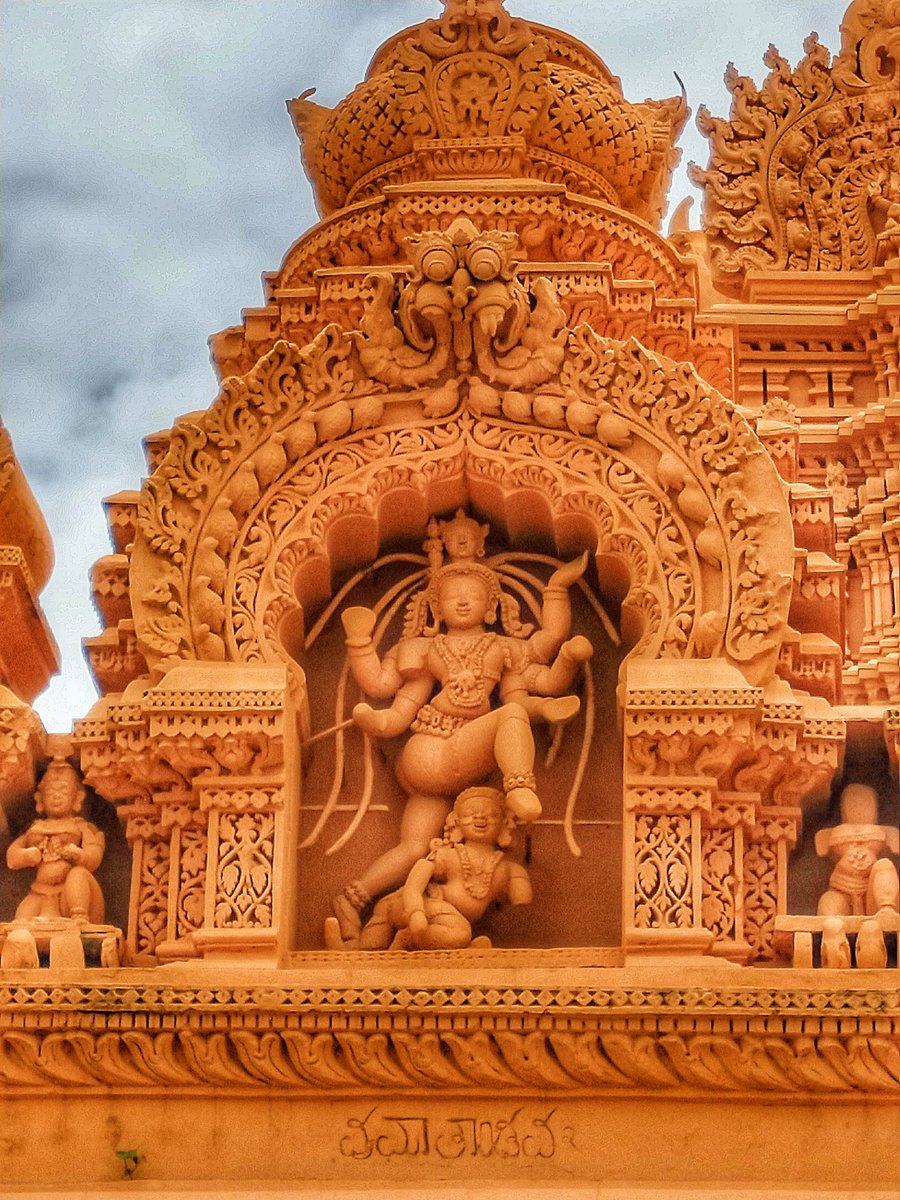

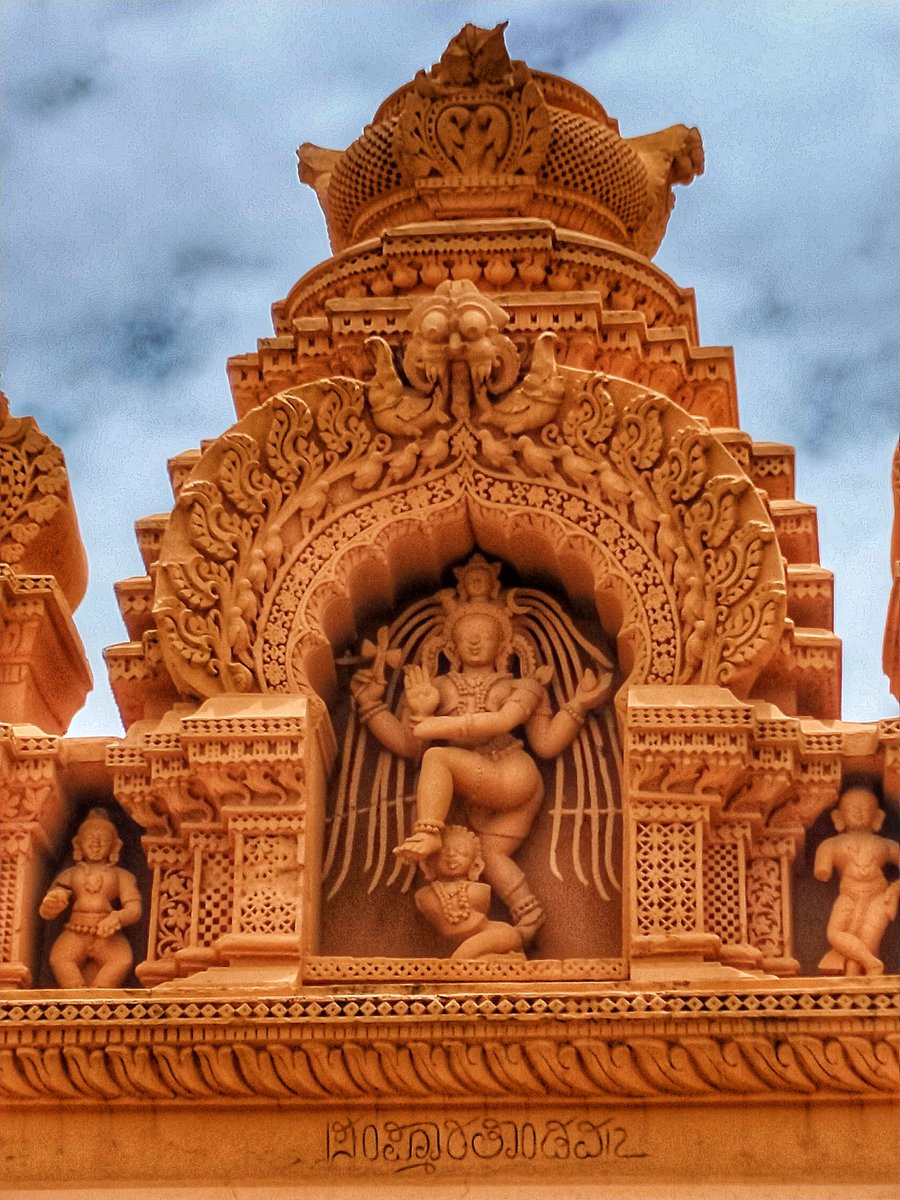
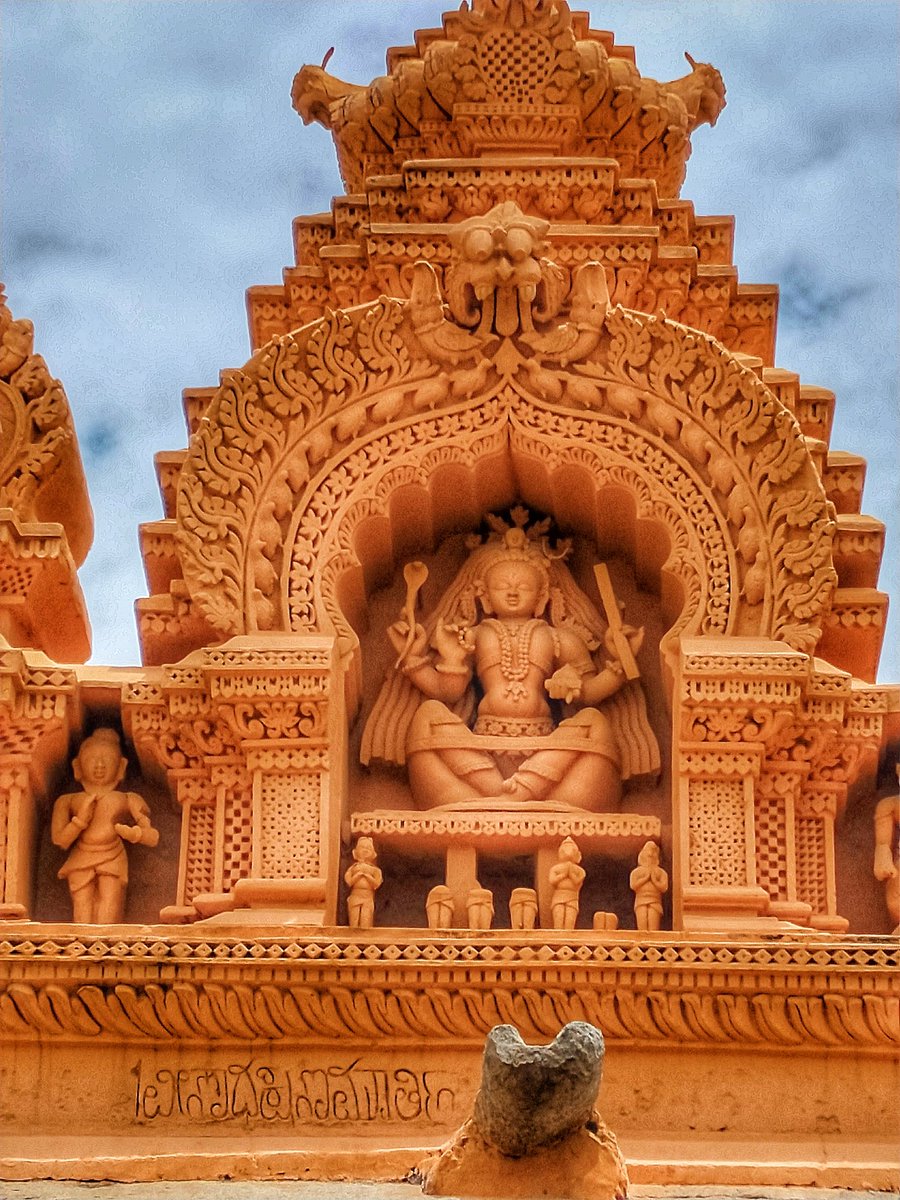
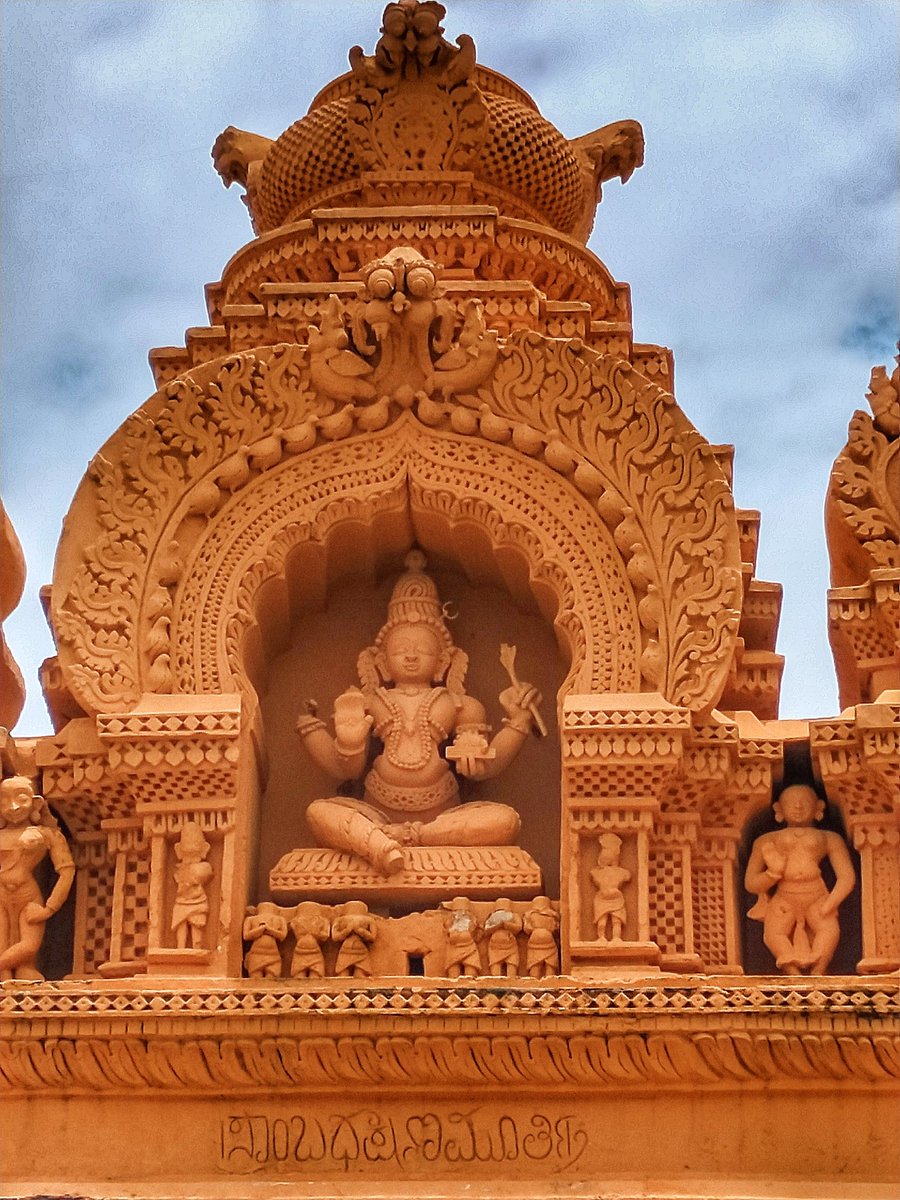

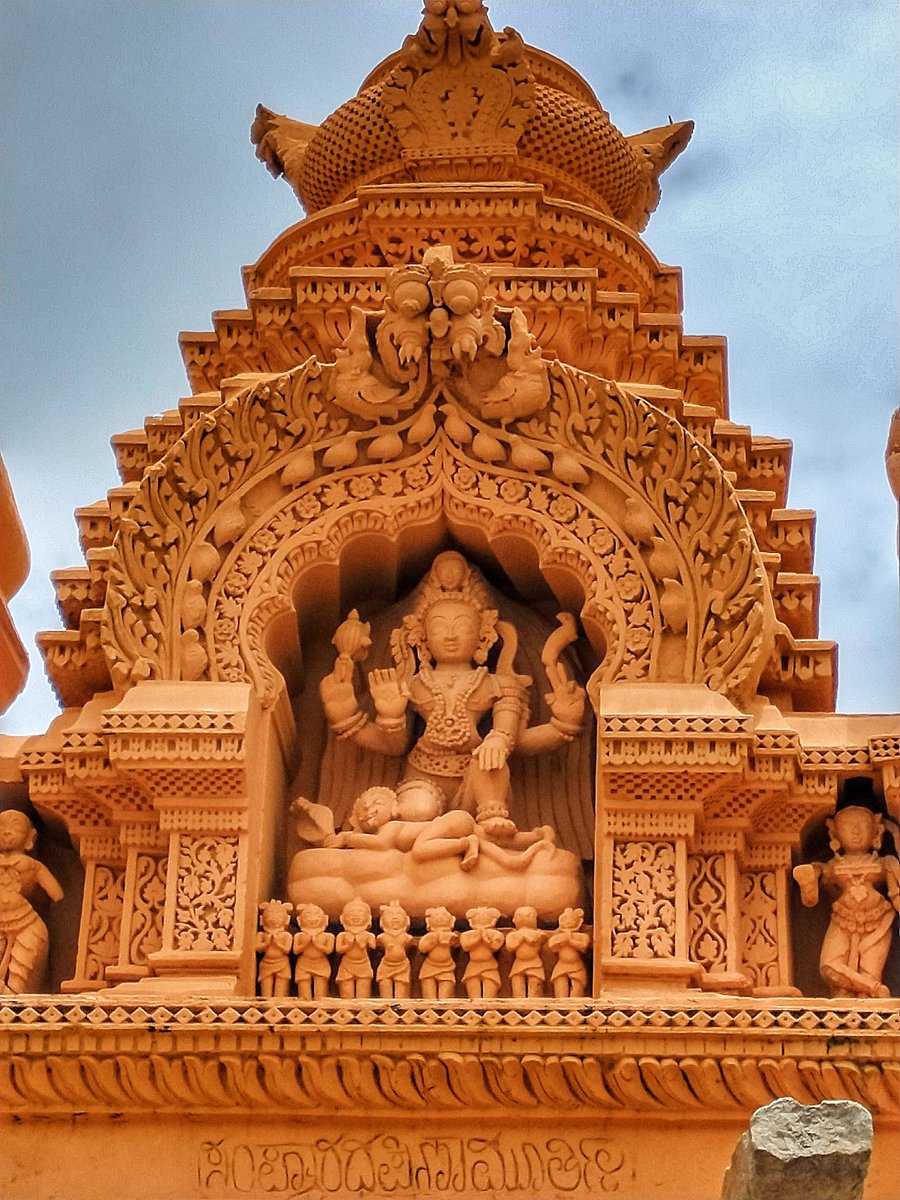
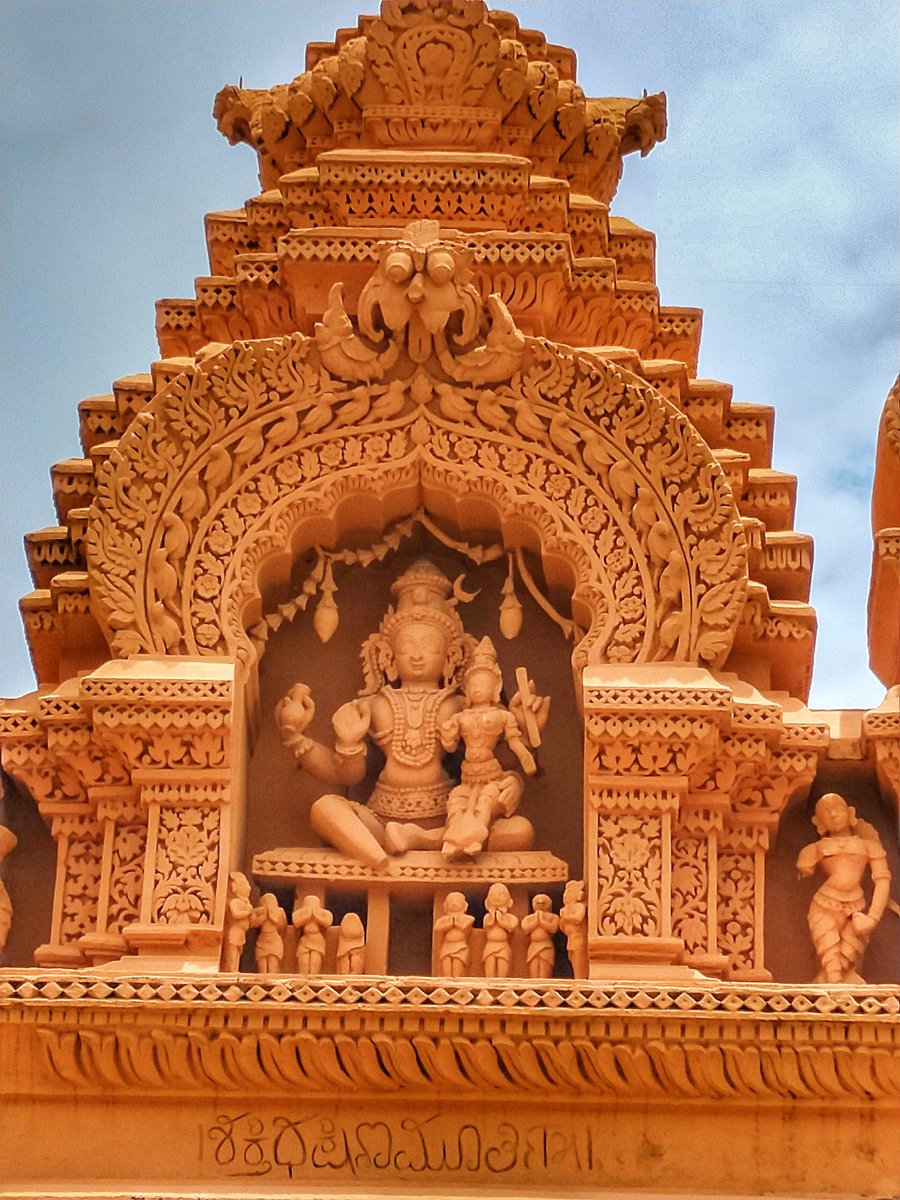


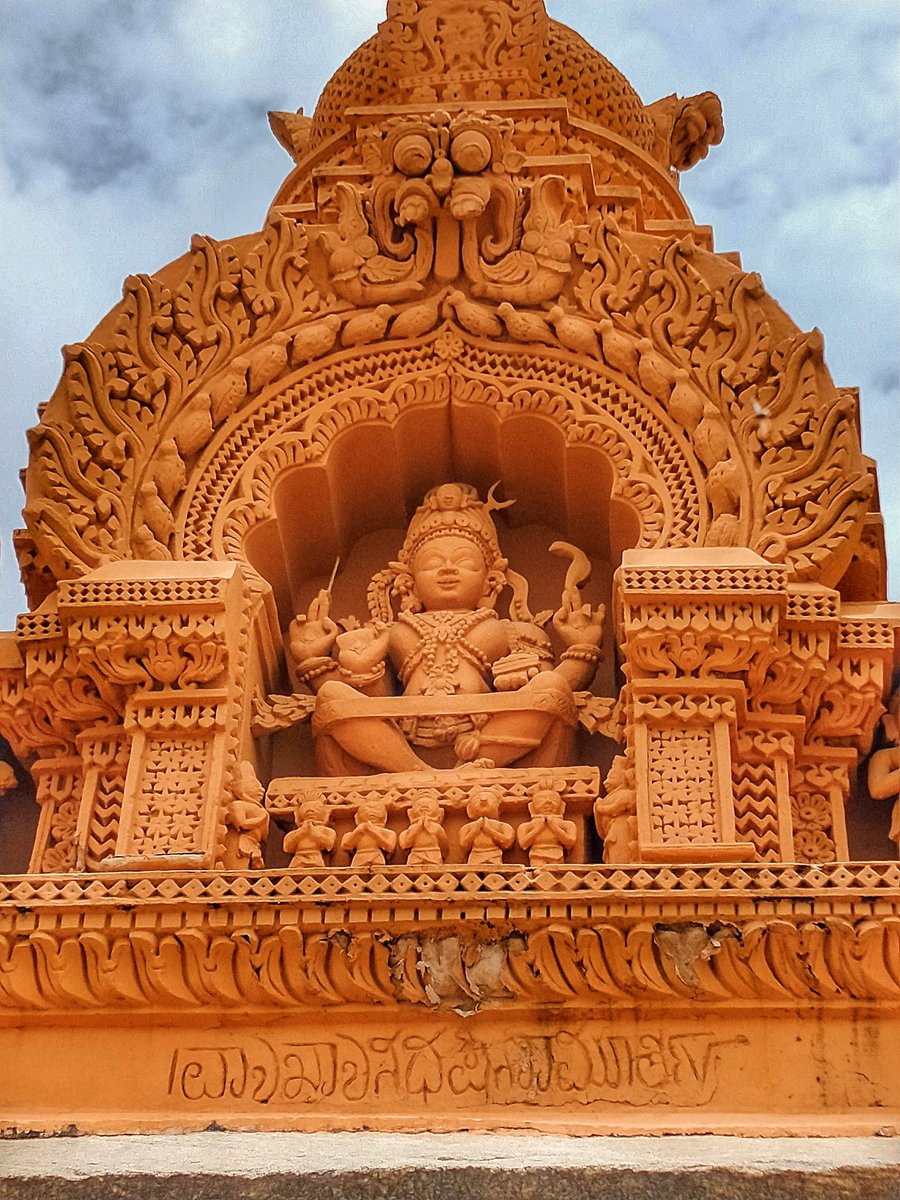
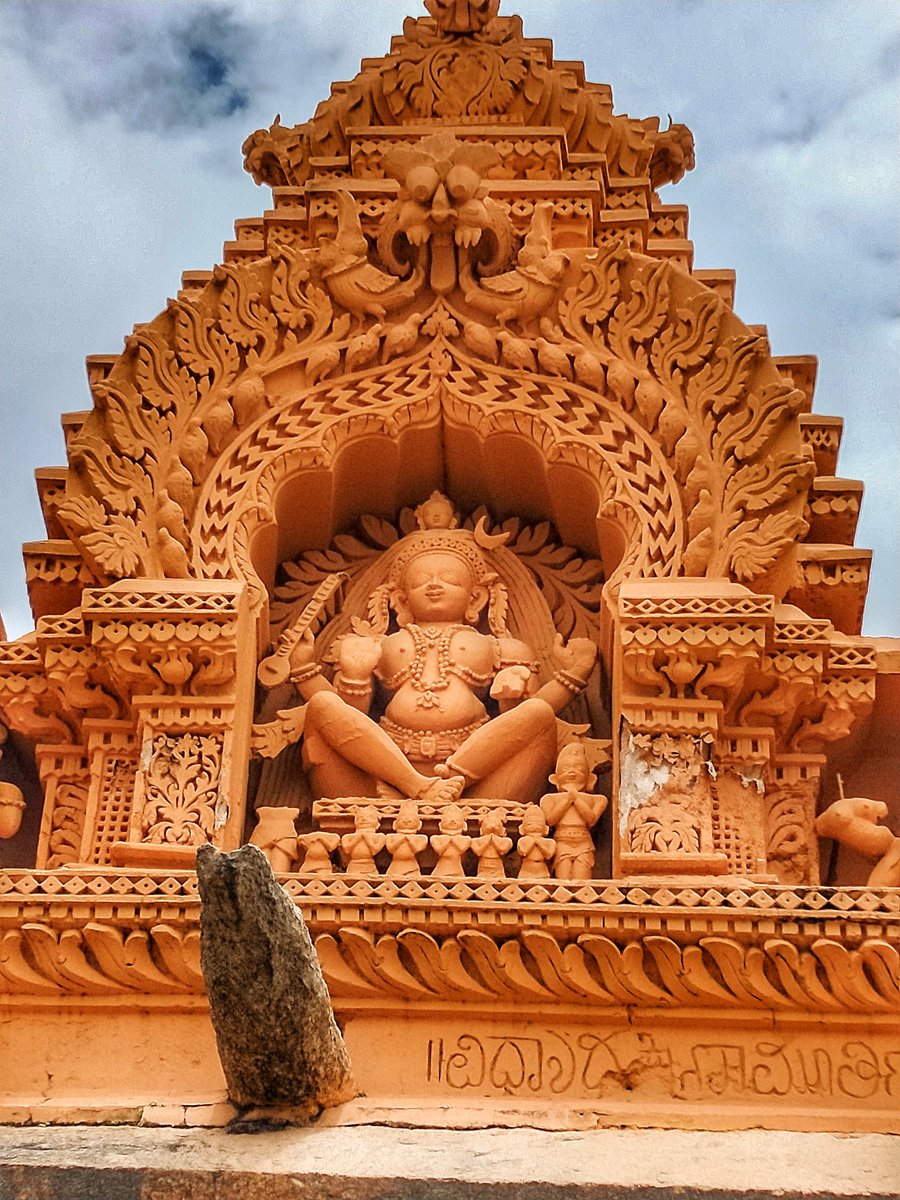 " title="56) Vidhya Dakshinamurthy. He holds a Veena with his upper right arm while the lower arms are in the Abhaya & Varada poses. His matted hair is thick & long. Also observe the chandra https://abs.twimg.com/emoji/v2/... draggable="false" alt="🌜" title="Last quarter moon with face" aria-label="Emoji: Last quarter moon with face">" class="img-responsive" style="max-width:100%;"/>
" title="56) Vidhya Dakshinamurthy. He holds a Veena with his upper right arm while the lower arms are in the Abhaya & Varada poses. His matted hair is thick & long. Also observe the chandra https://abs.twimg.com/emoji/v2/... draggable="false" alt="🌜" title="Last quarter moon with face" aria-label="Emoji: Last quarter moon with face">" class="img-responsive" style="max-width:100%;"/>
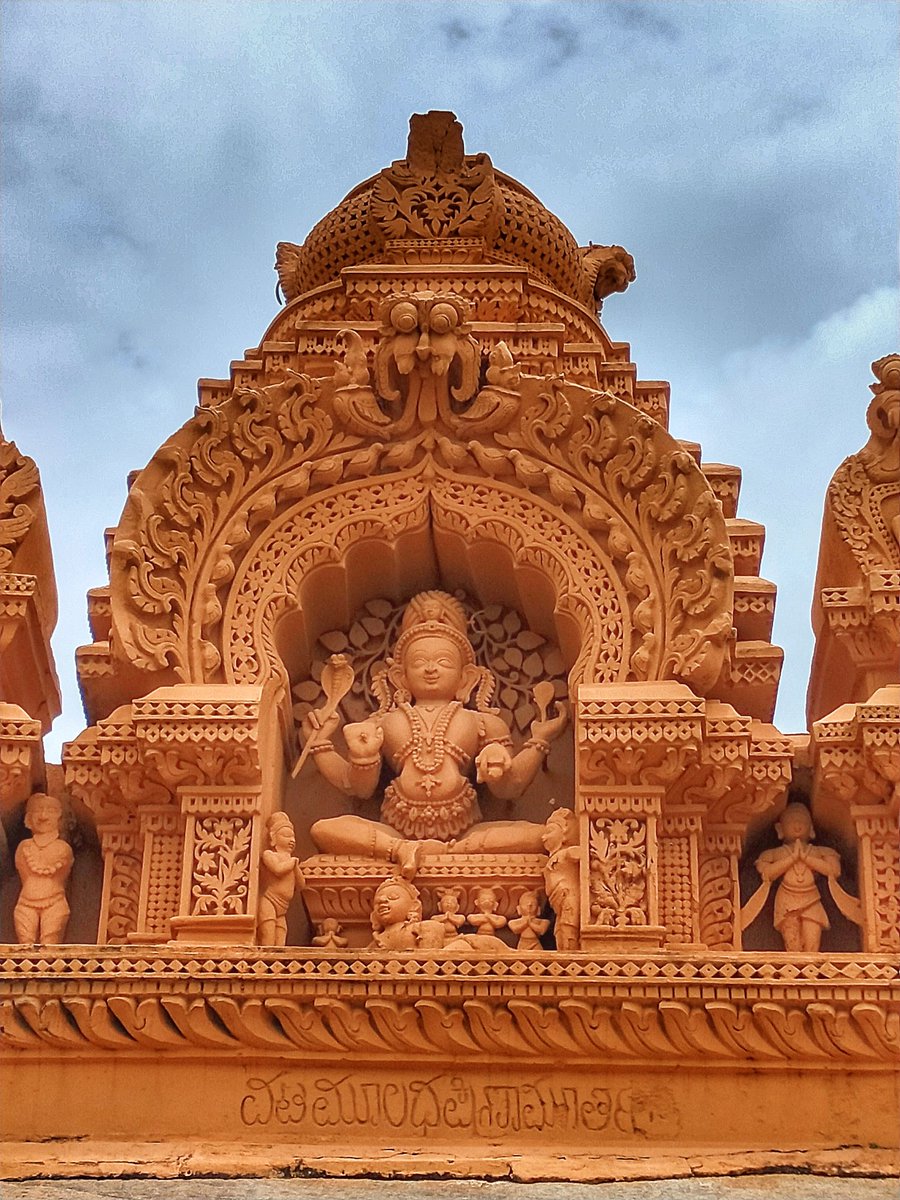
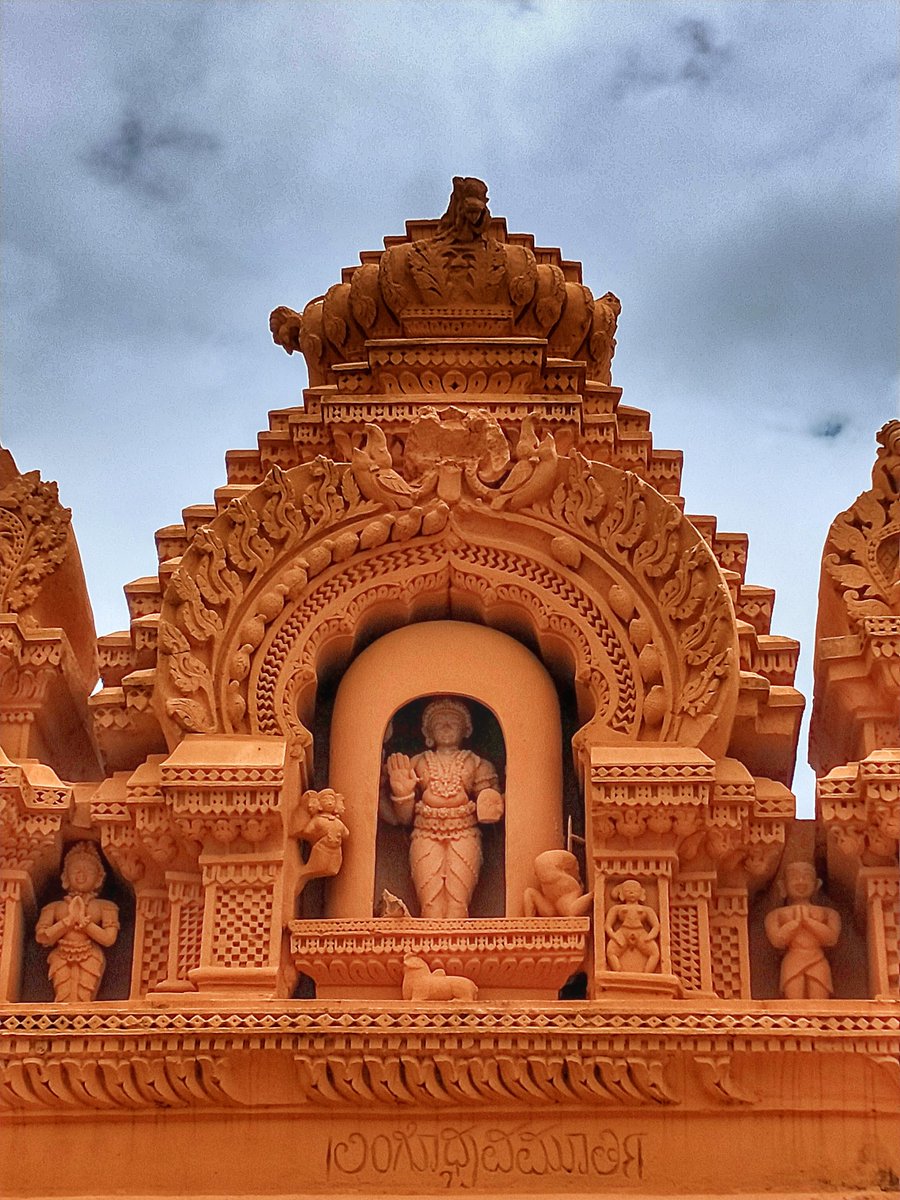
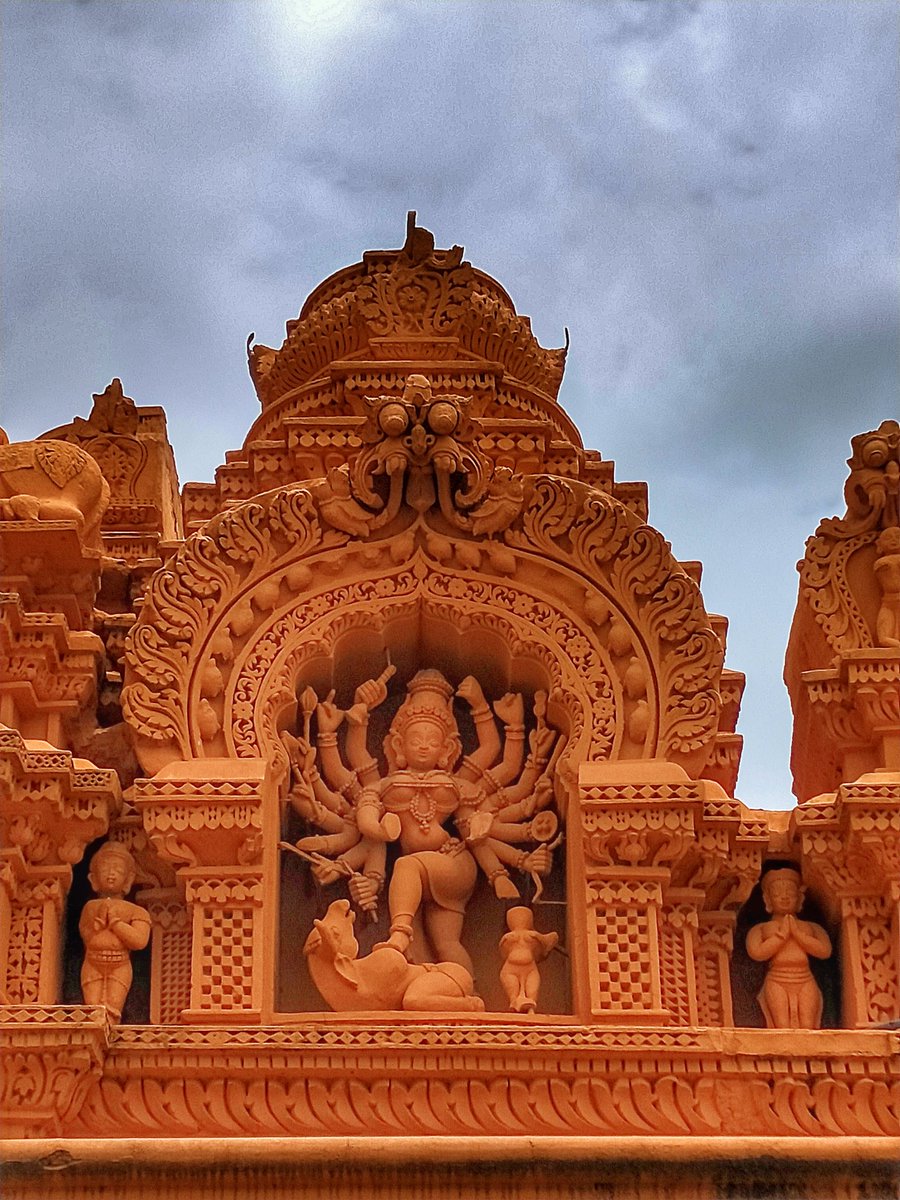
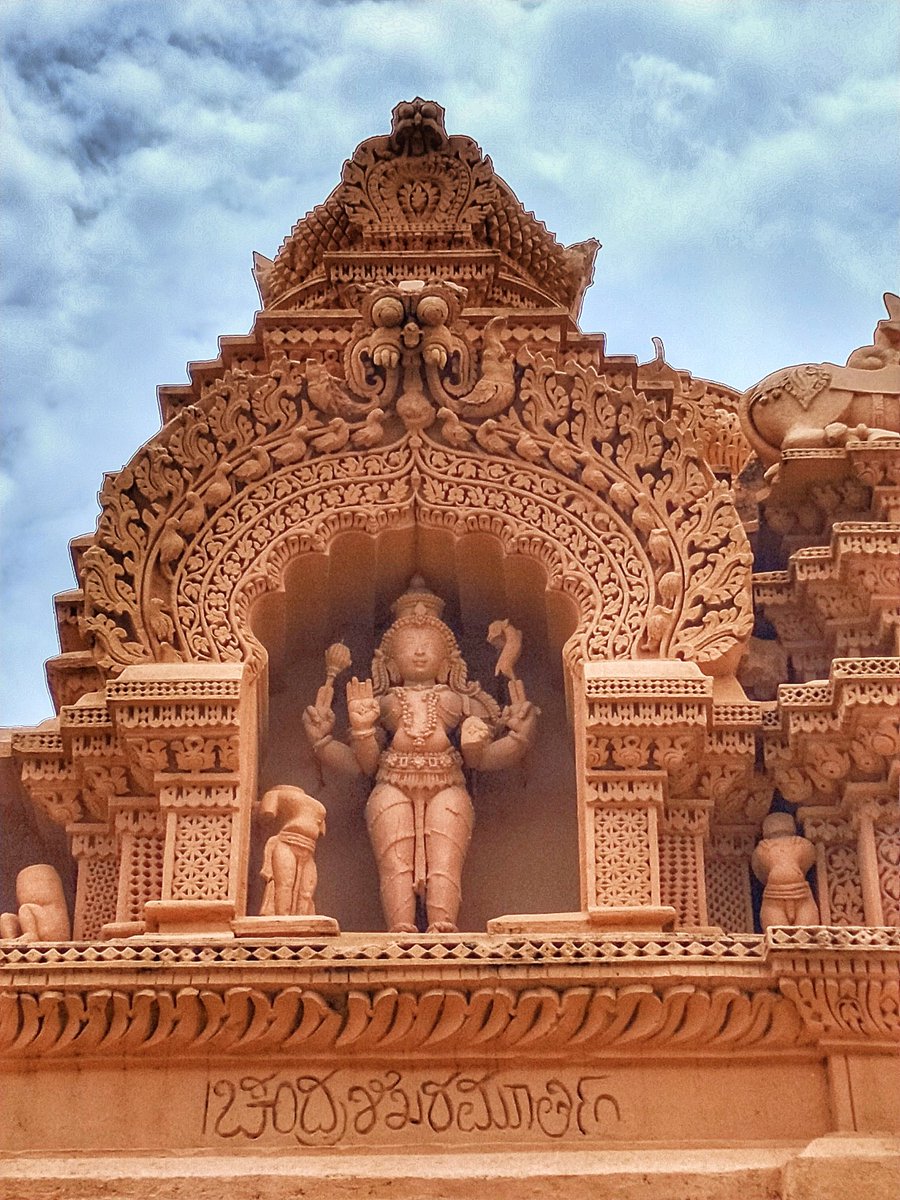 https://abs.twimg.com/emoji/v2/... draggable="false" alt="🌖" title="Waning gibbous moon symbol" aria-label="Emoji: Waning gibbous moon symbol"> of moon" title="60) Chandrashekaramurthi. When Lord Shiva partially relieves Chandra of a curse he receives from his father-in-law Daksha for failing to take proper care of his wives. The curse lifts when Shiva places Chandra on his his matted hair. Its the story of waxing & waning https://abs.twimg.com/emoji/v2/... draggable="false" alt="🌔" title="Waxing gibbous moon symbol" aria-label="Emoji: Waxing gibbous moon symbol"> https://abs.twimg.com/emoji/v2/... draggable="false" alt="🌖" title="Waning gibbous moon symbol" aria-label="Emoji: Waning gibbous moon symbol"> of moon" class="img-responsive" style="max-width:100%;"/>
https://abs.twimg.com/emoji/v2/... draggable="false" alt="🌖" title="Waning gibbous moon symbol" aria-label="Emoji: Waning gibbous moon symbol"> of moon" title="60) Chandrashekaramurthi. When Lord Shiva partially relieves Chandra of a curse he receives from his father-in-law Daksha for failing to take proper care of his wives. The curse lifts when Shiva places Chandra on his his matted hair. Its the story of waxing & waning https://abs.twimg.com/emoji/v2/... draggable="false" alt="🌔" title="Waxing gibbous moon symbol" aria-label="Emoji: Waxing gibbous moon symbol"> https://abs.twimg.com/emoji/v2/... draggable="false" alt="🌖" title="Waning gibbous moon symbol" aria-label="Emoji: Waning gibbous moon symbol"> of moon" class="img-responsive" style="max-width:100%;"/>



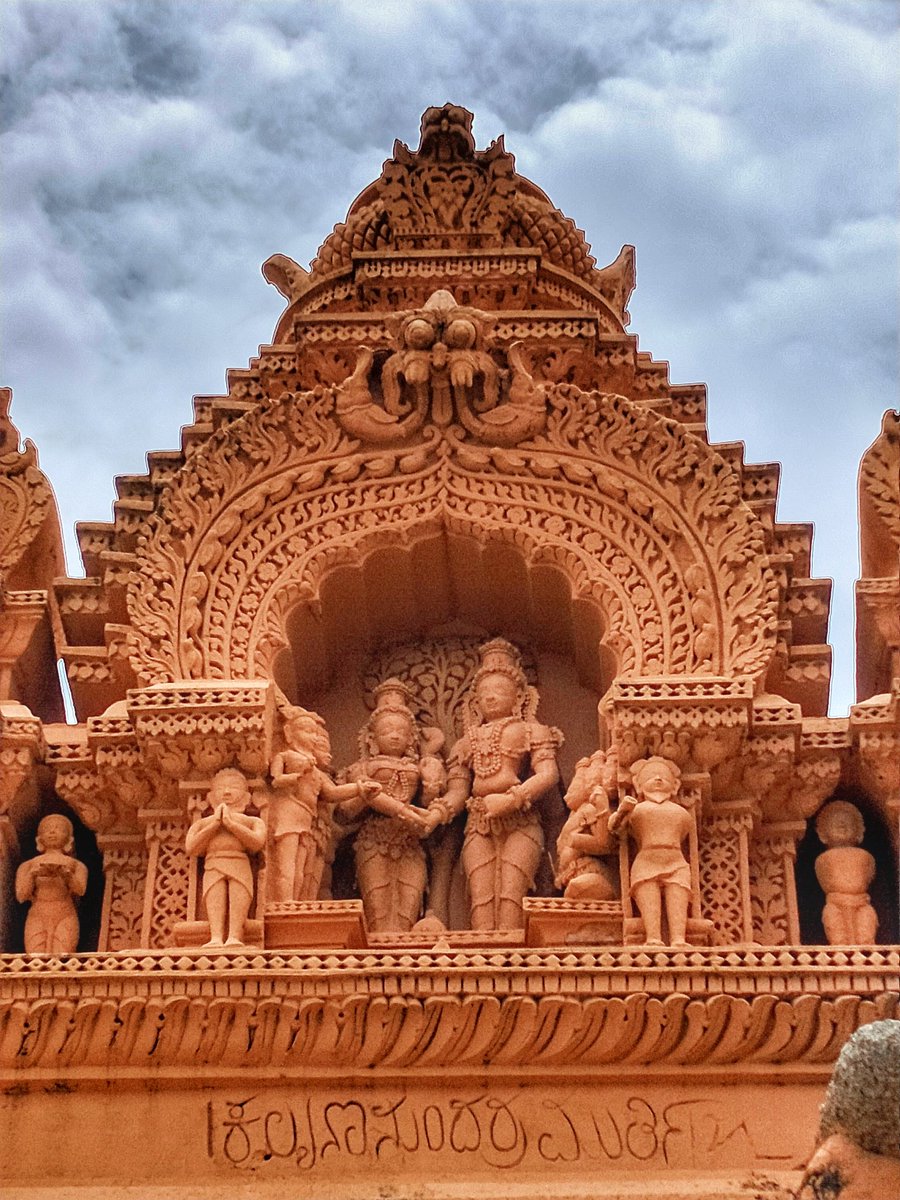
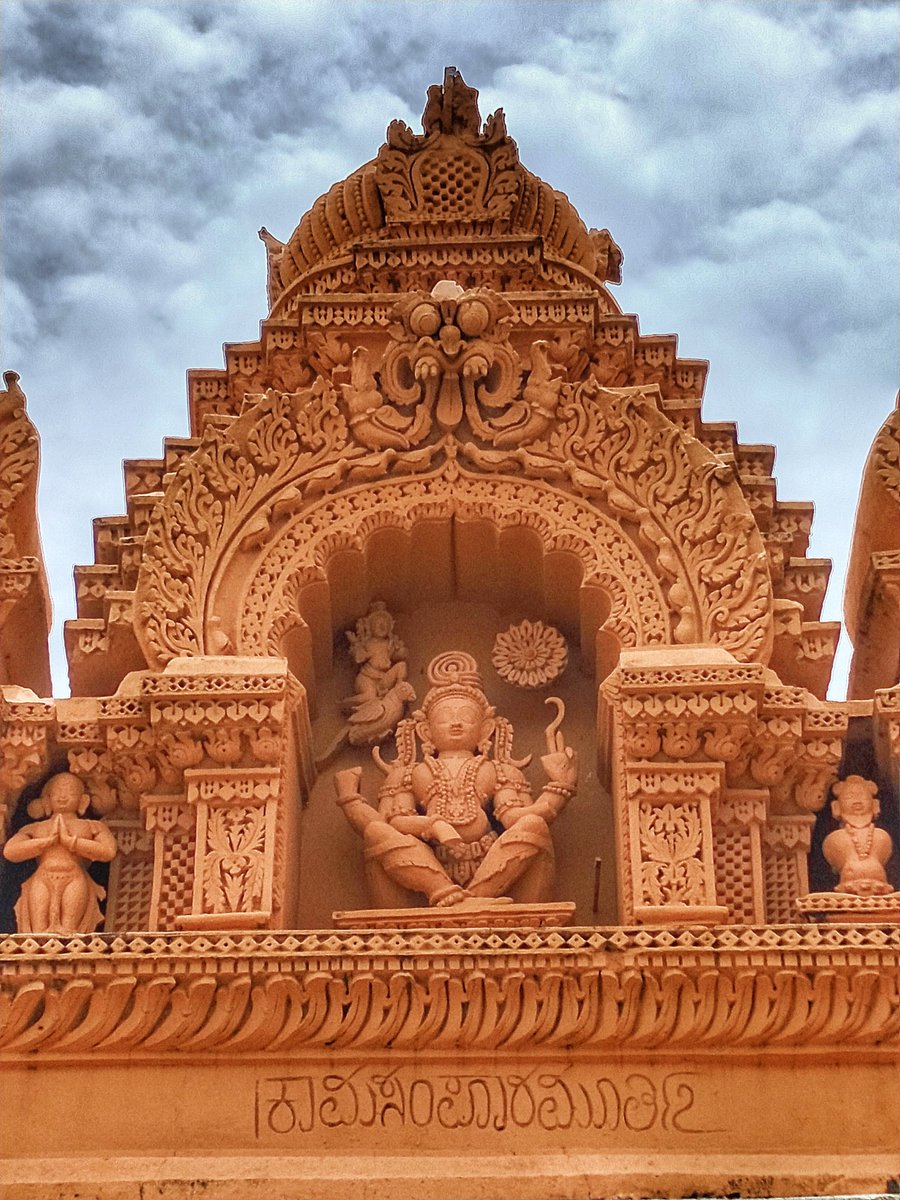
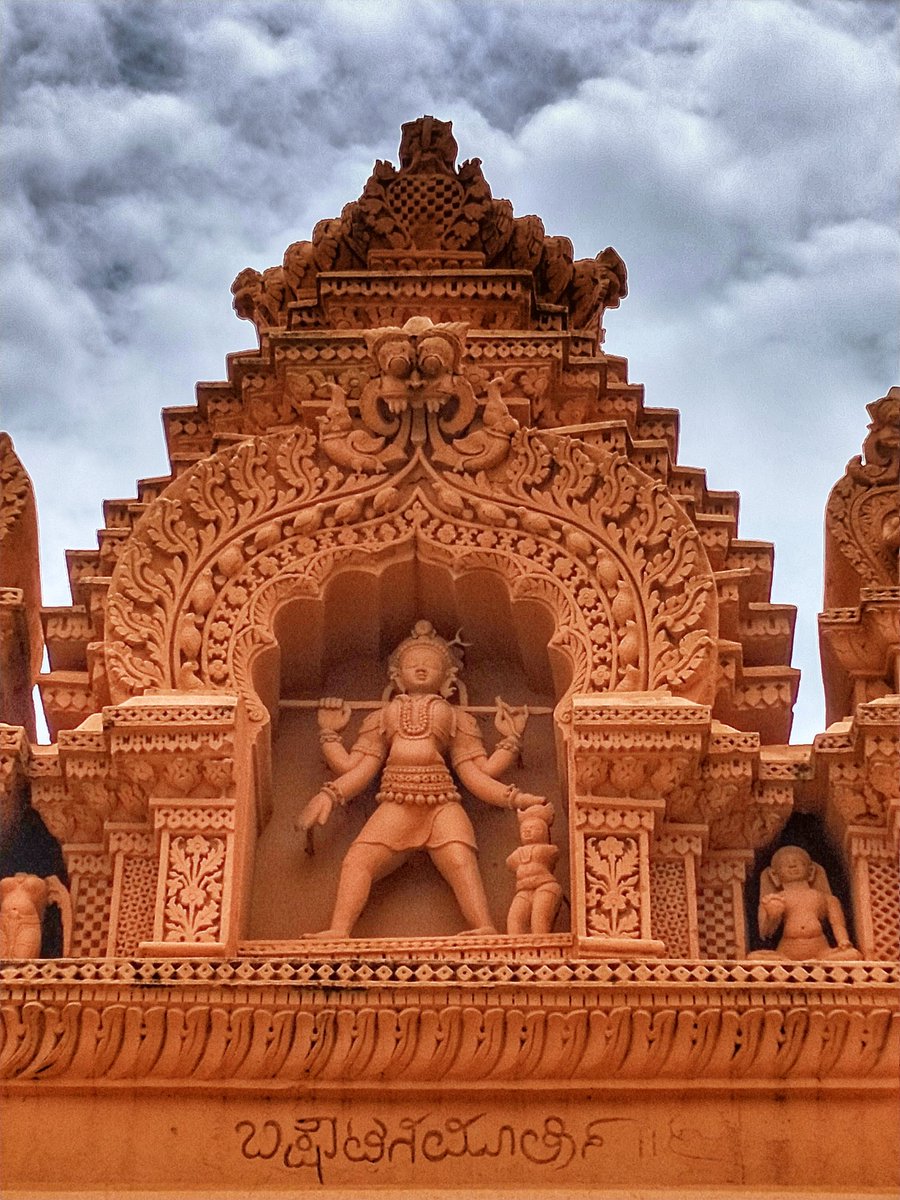

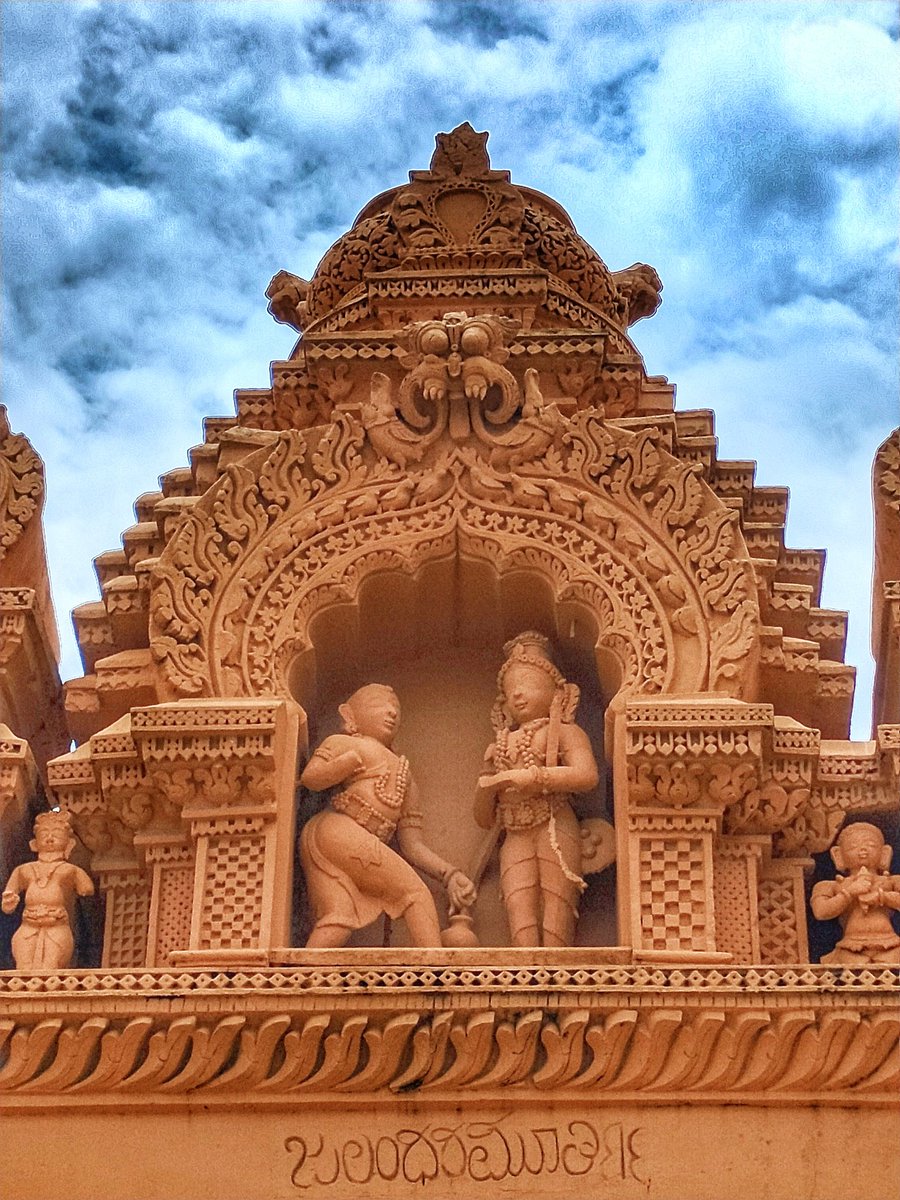
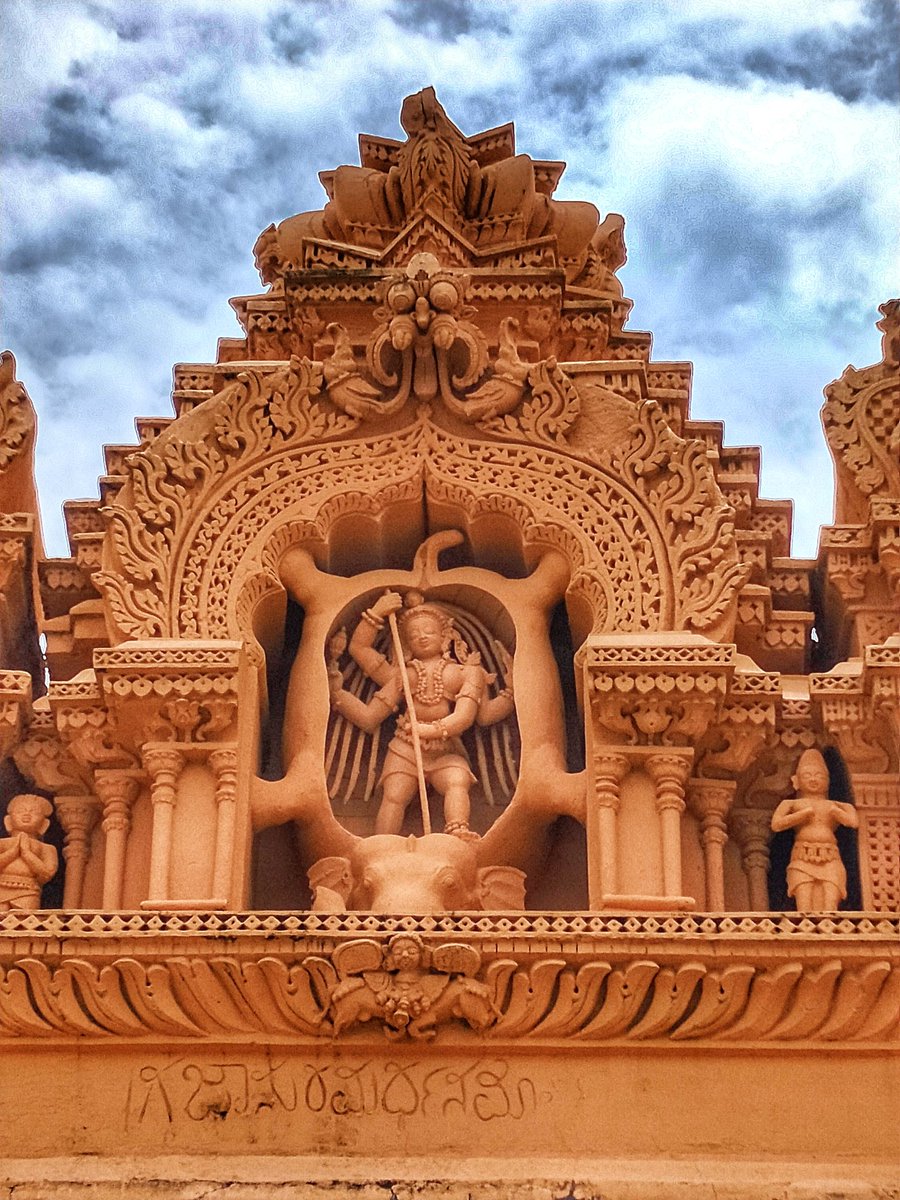
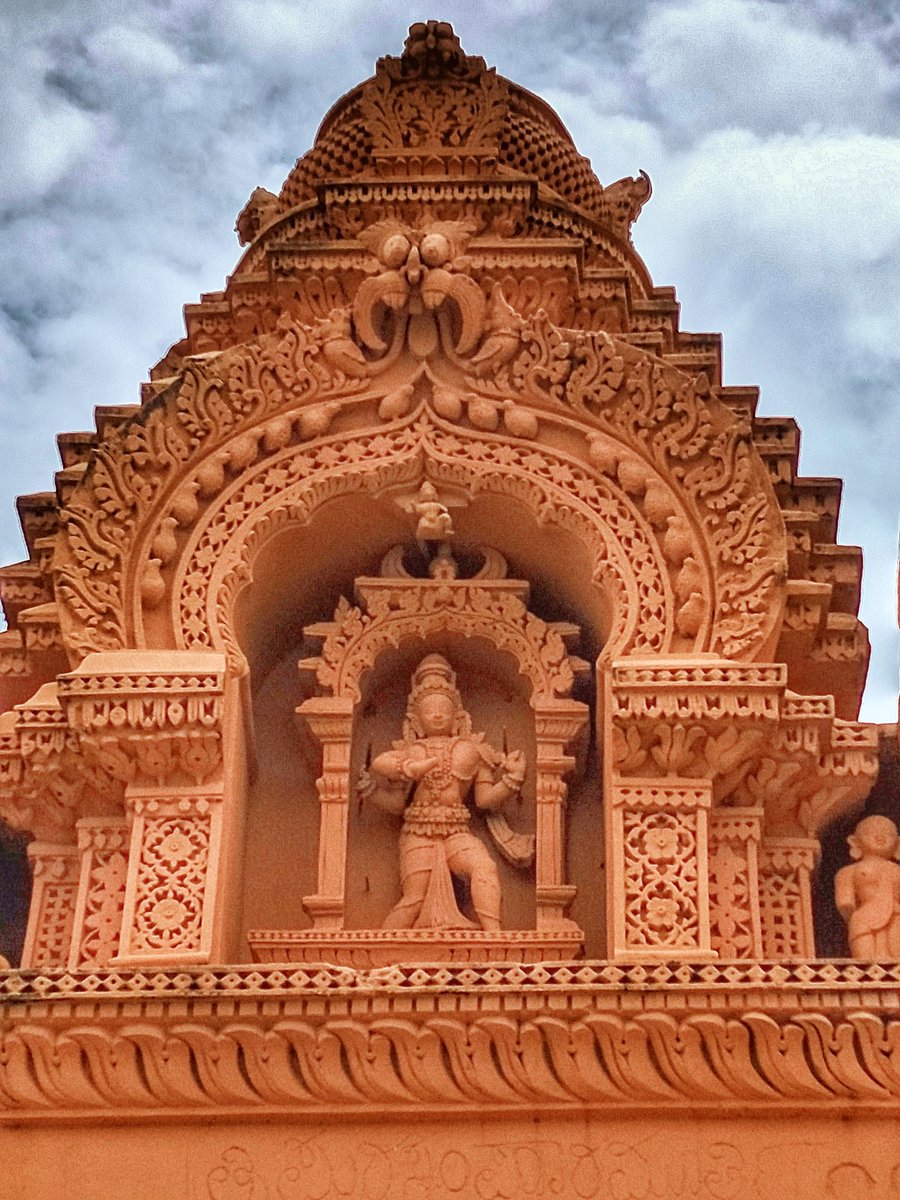
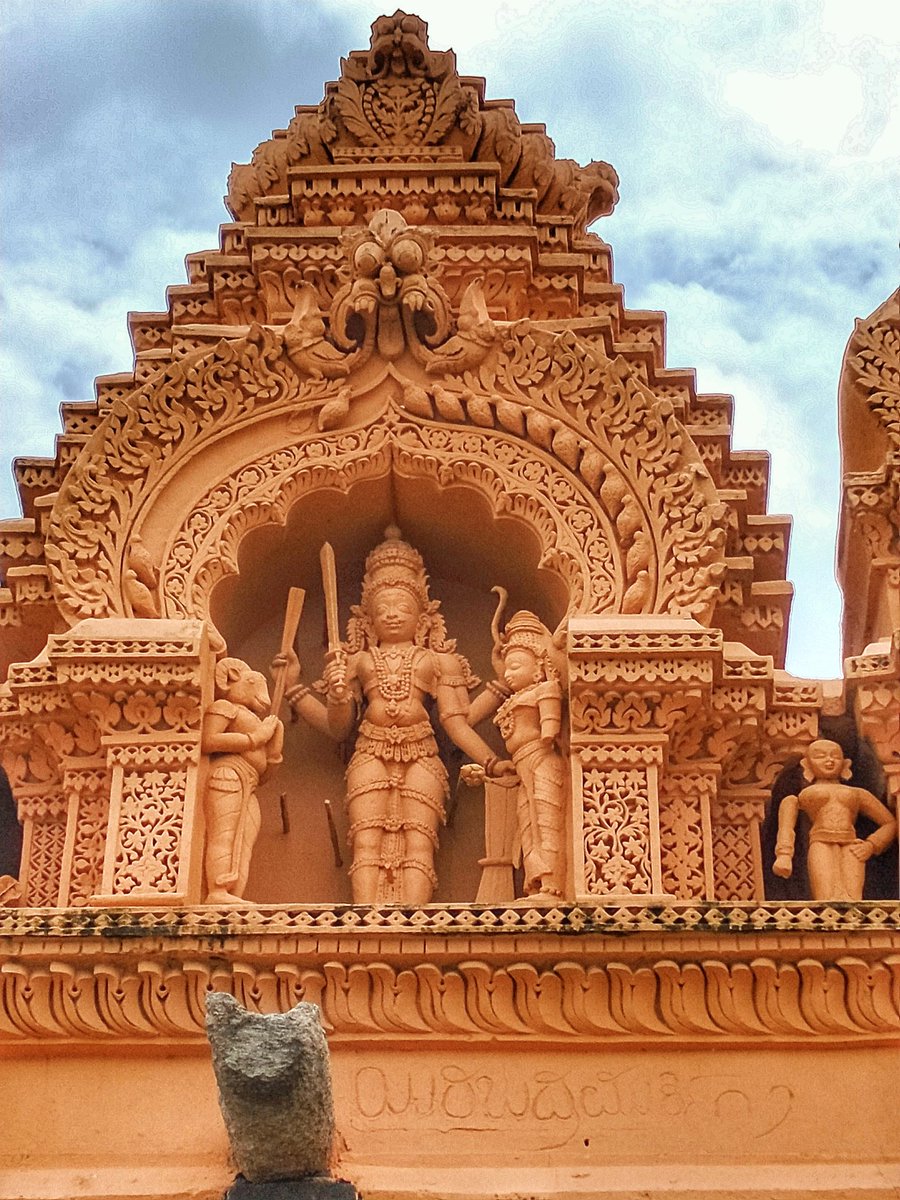



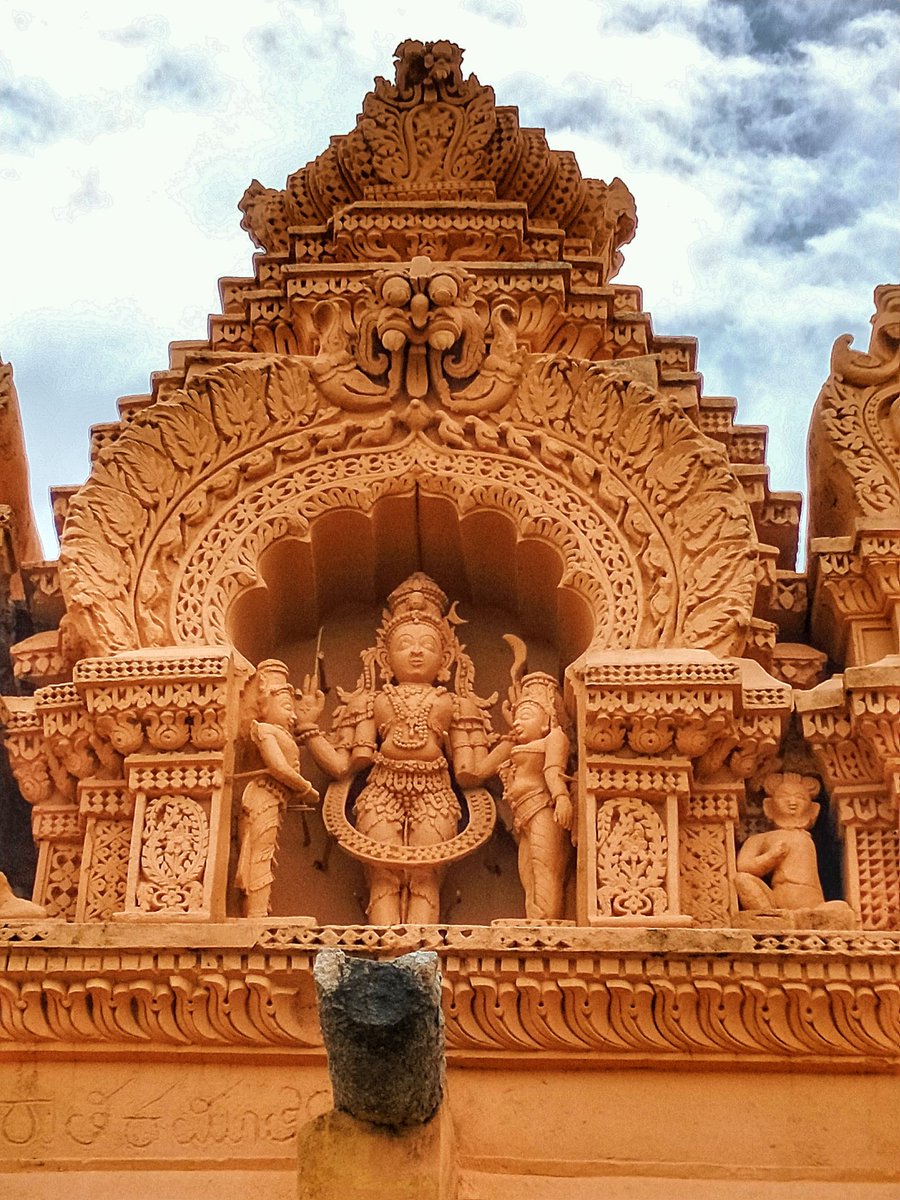

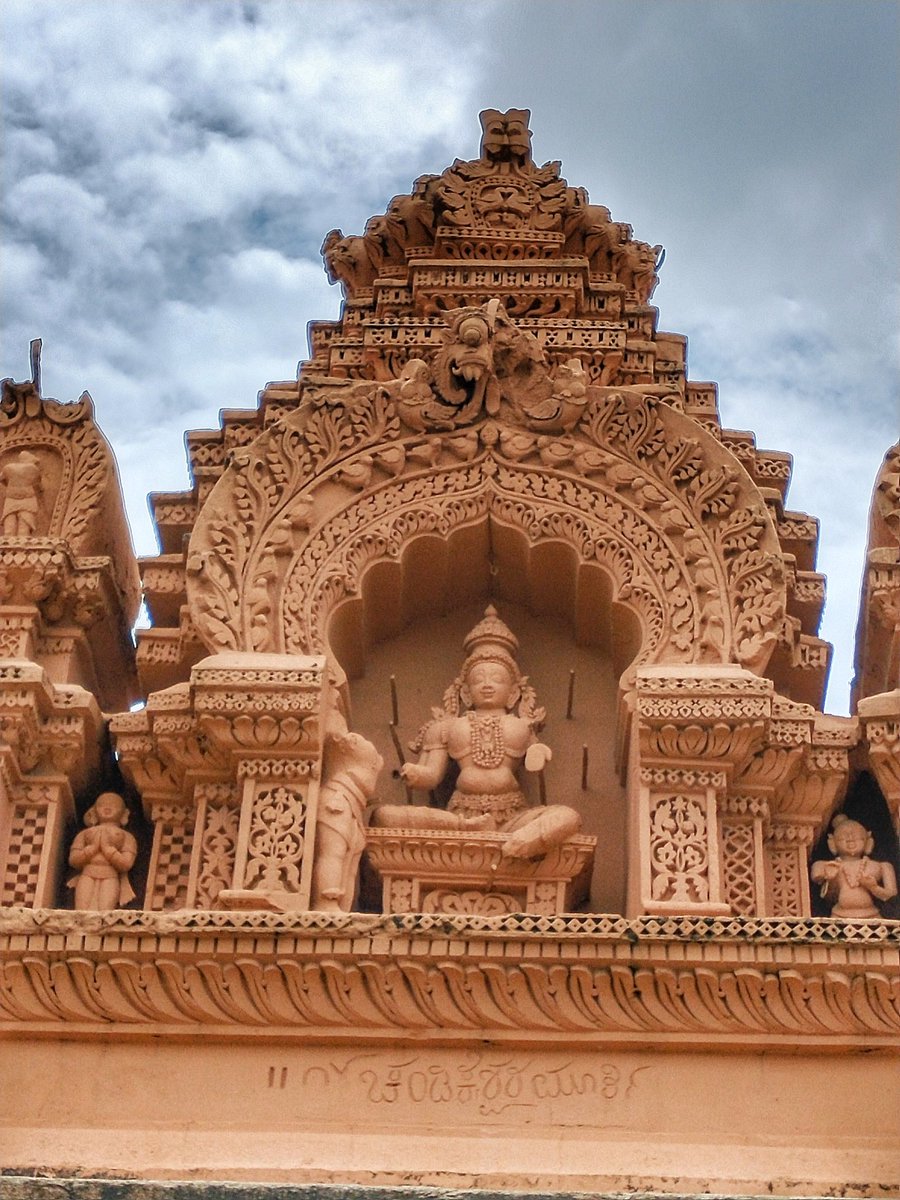

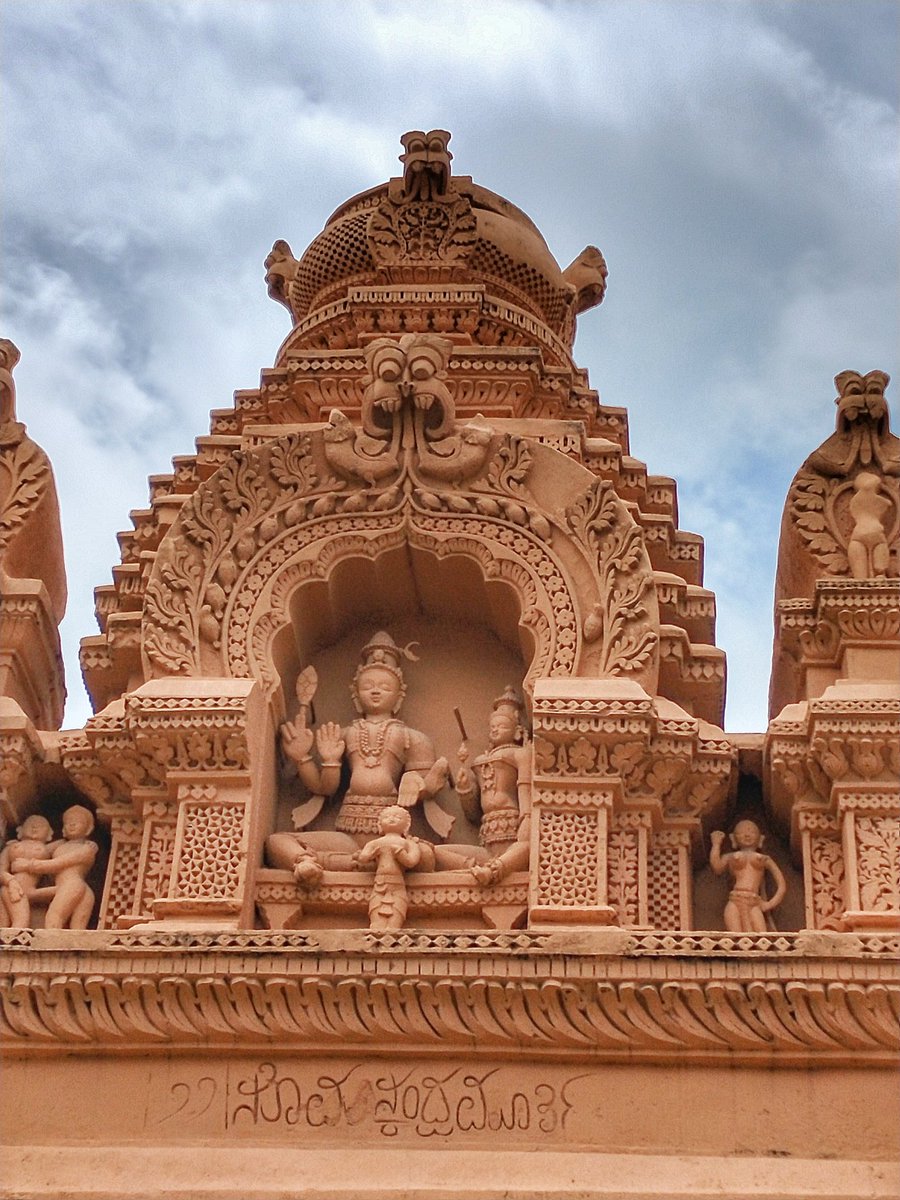

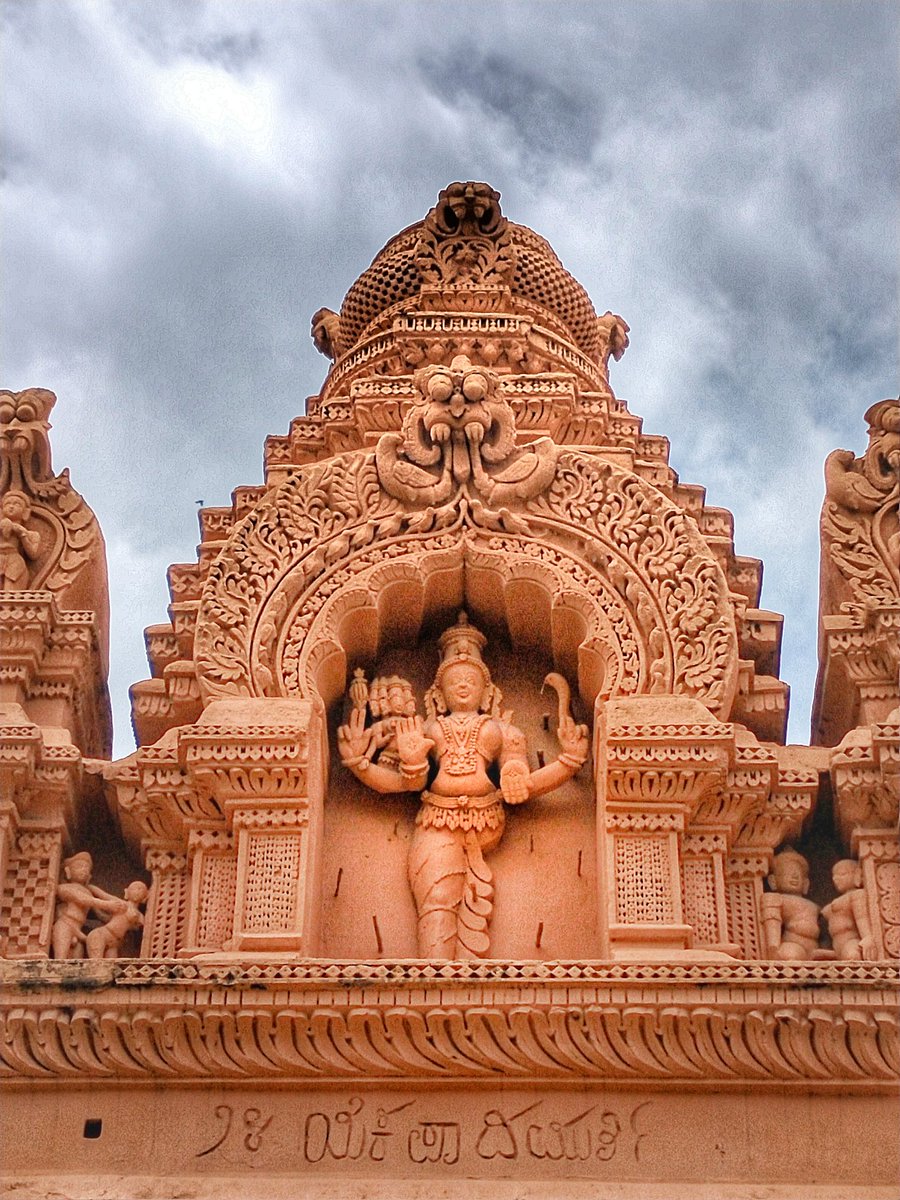
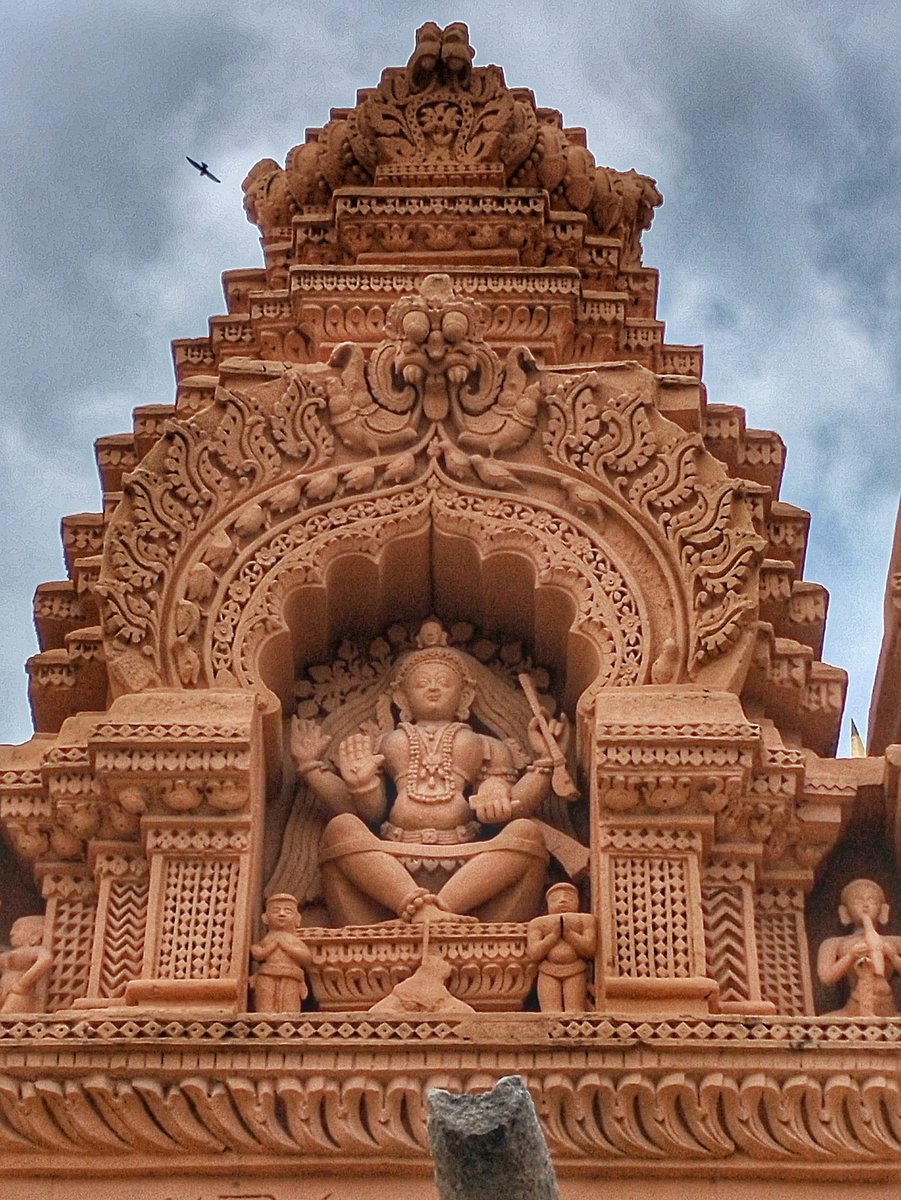
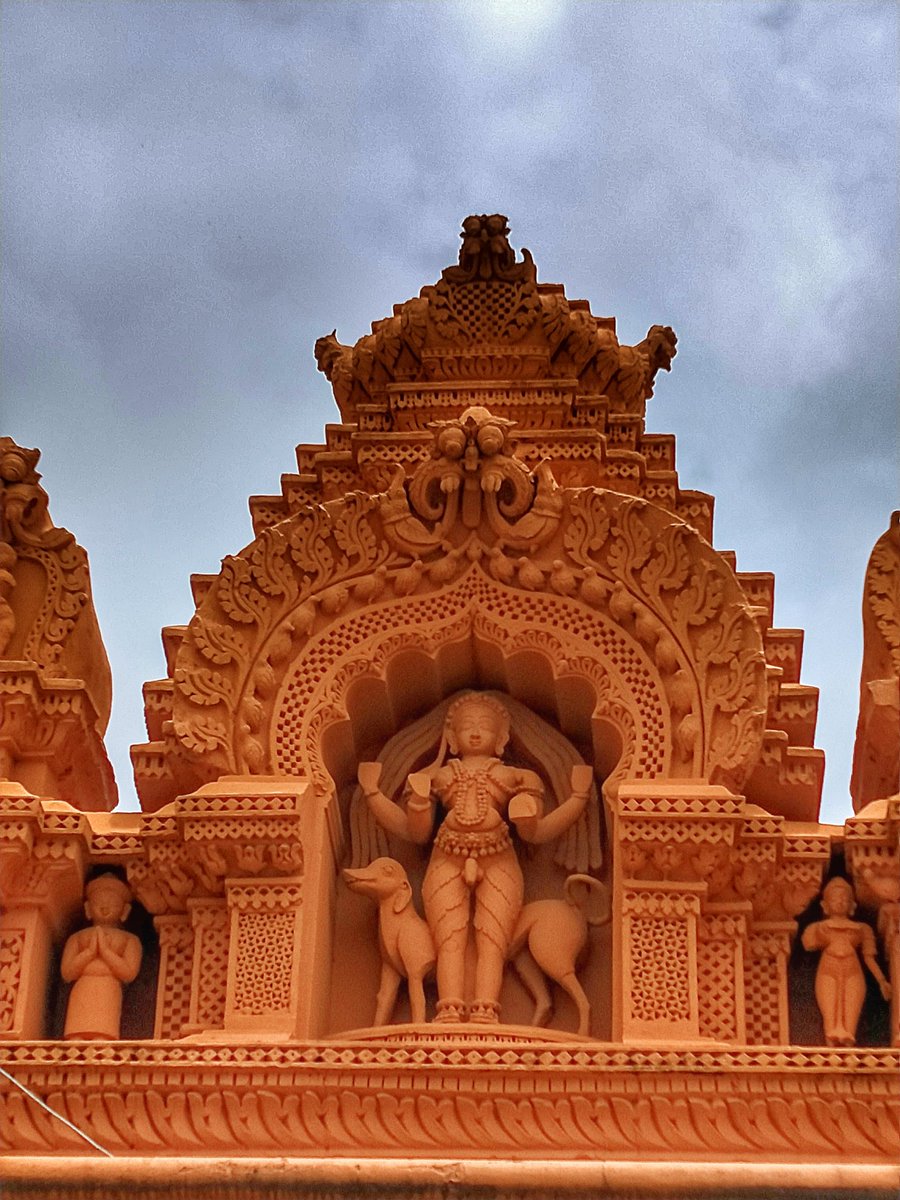
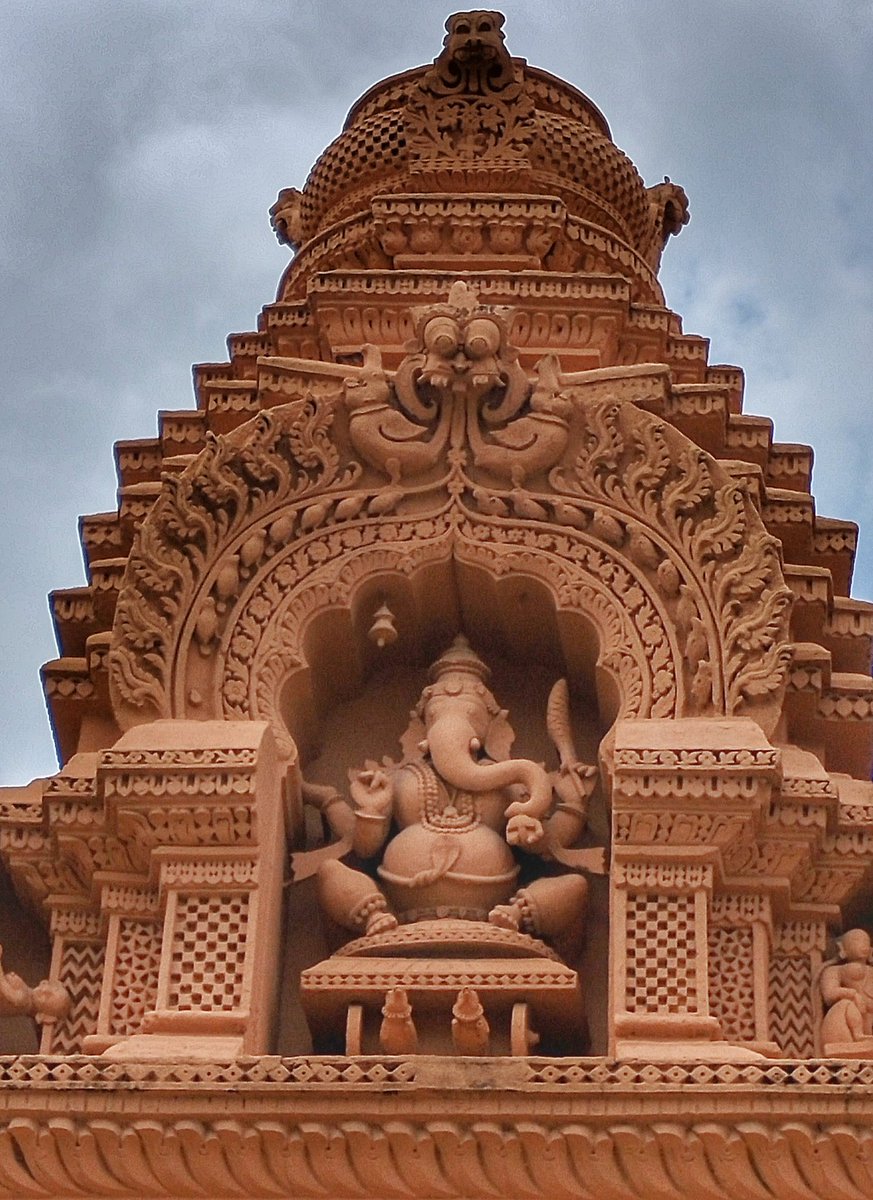


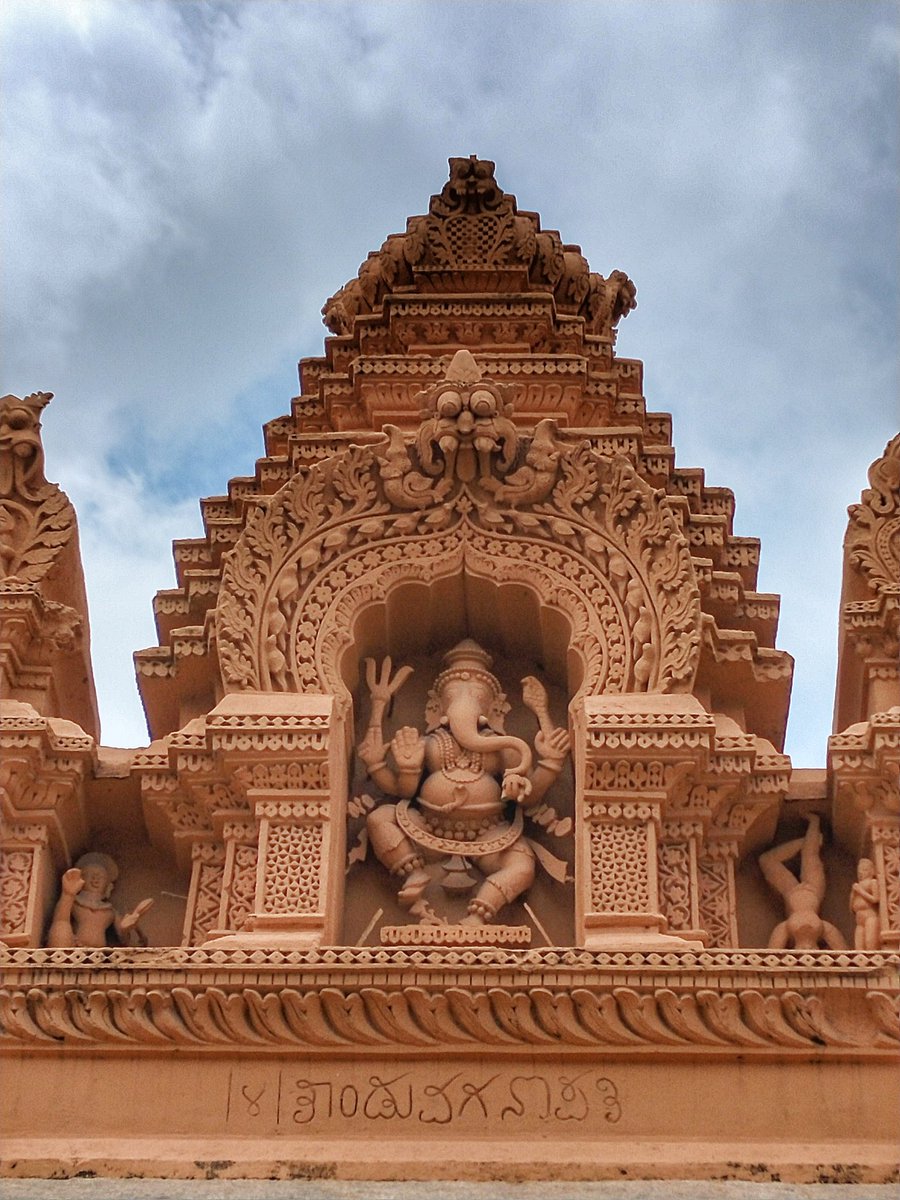
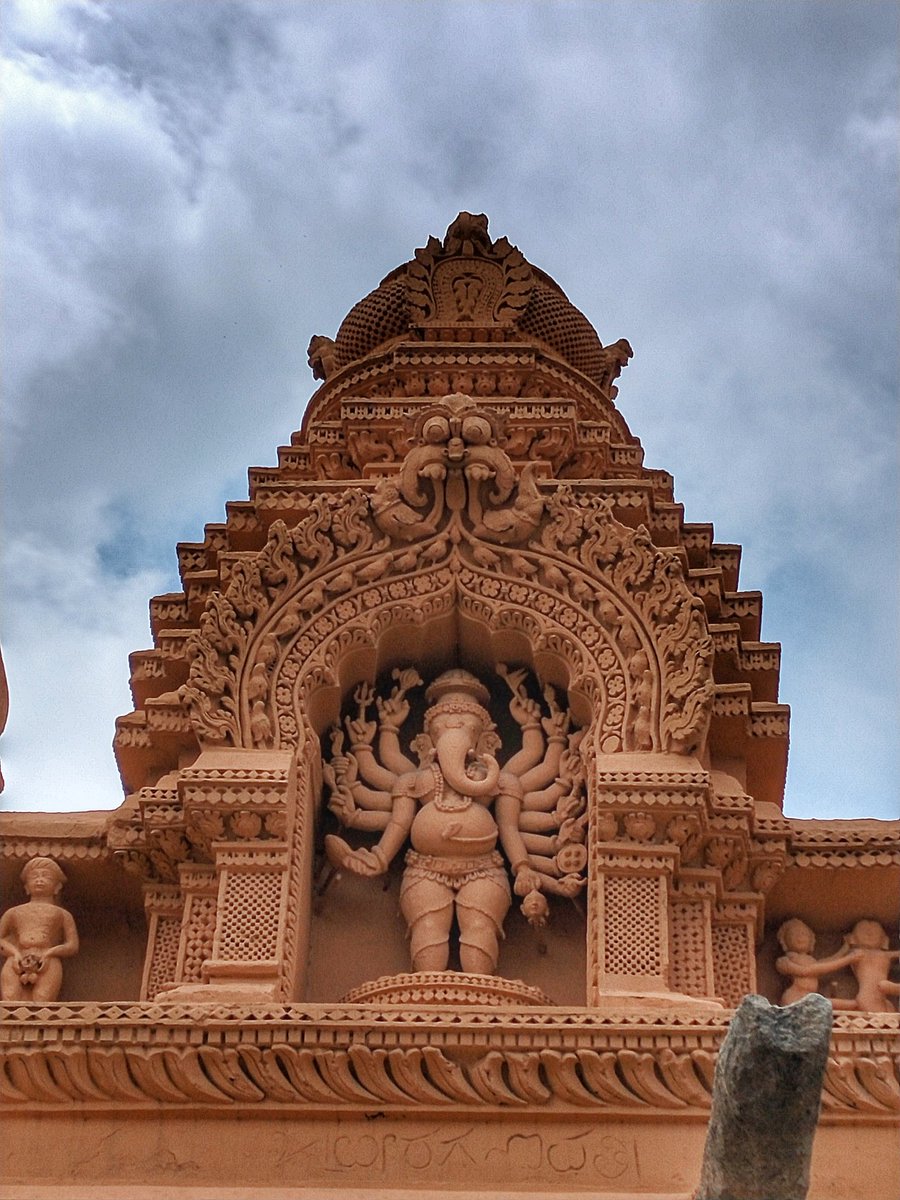
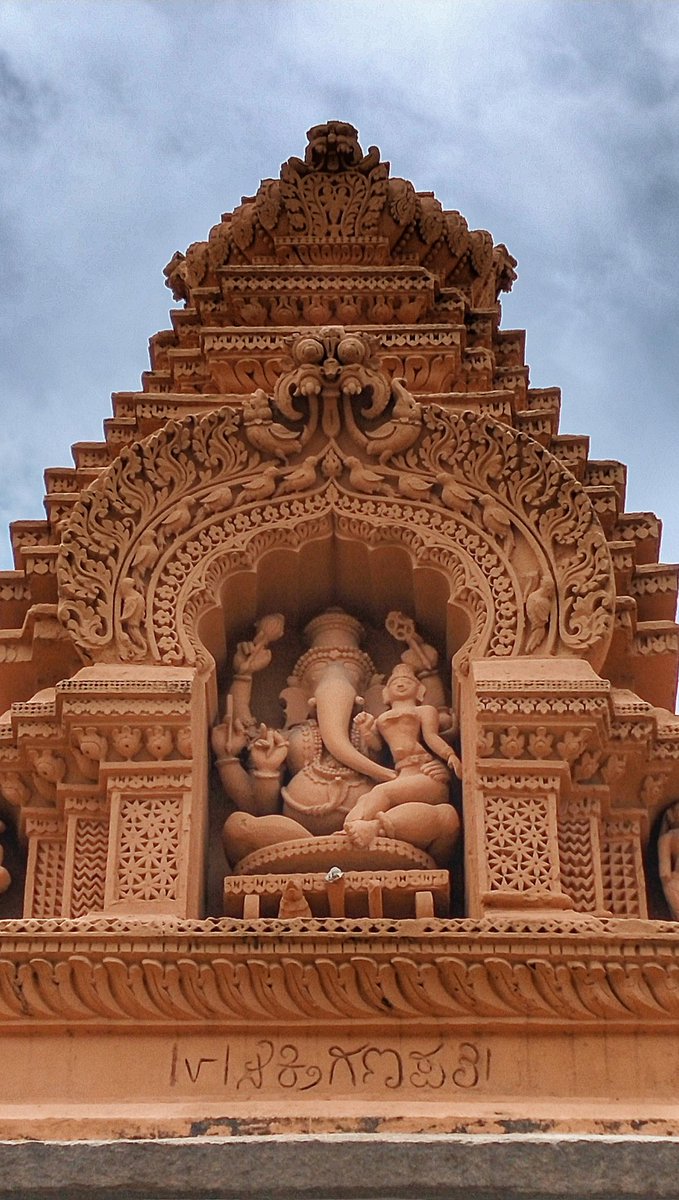
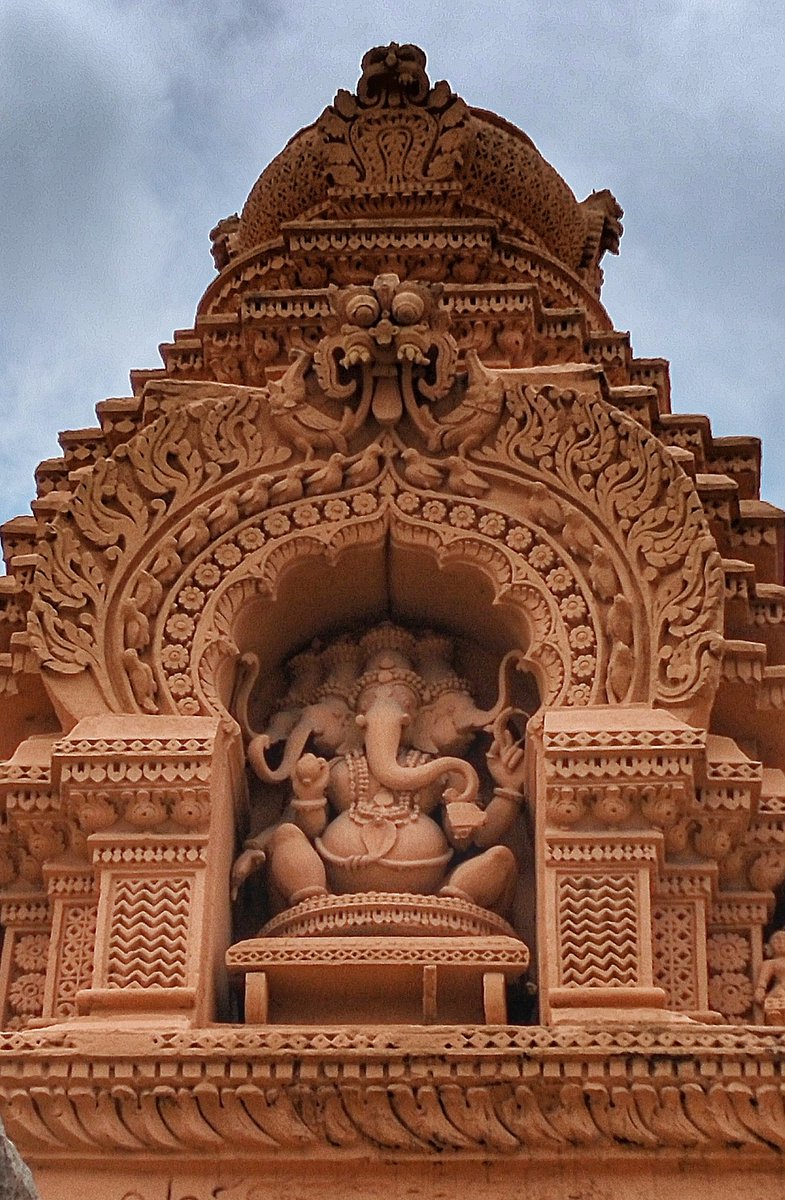
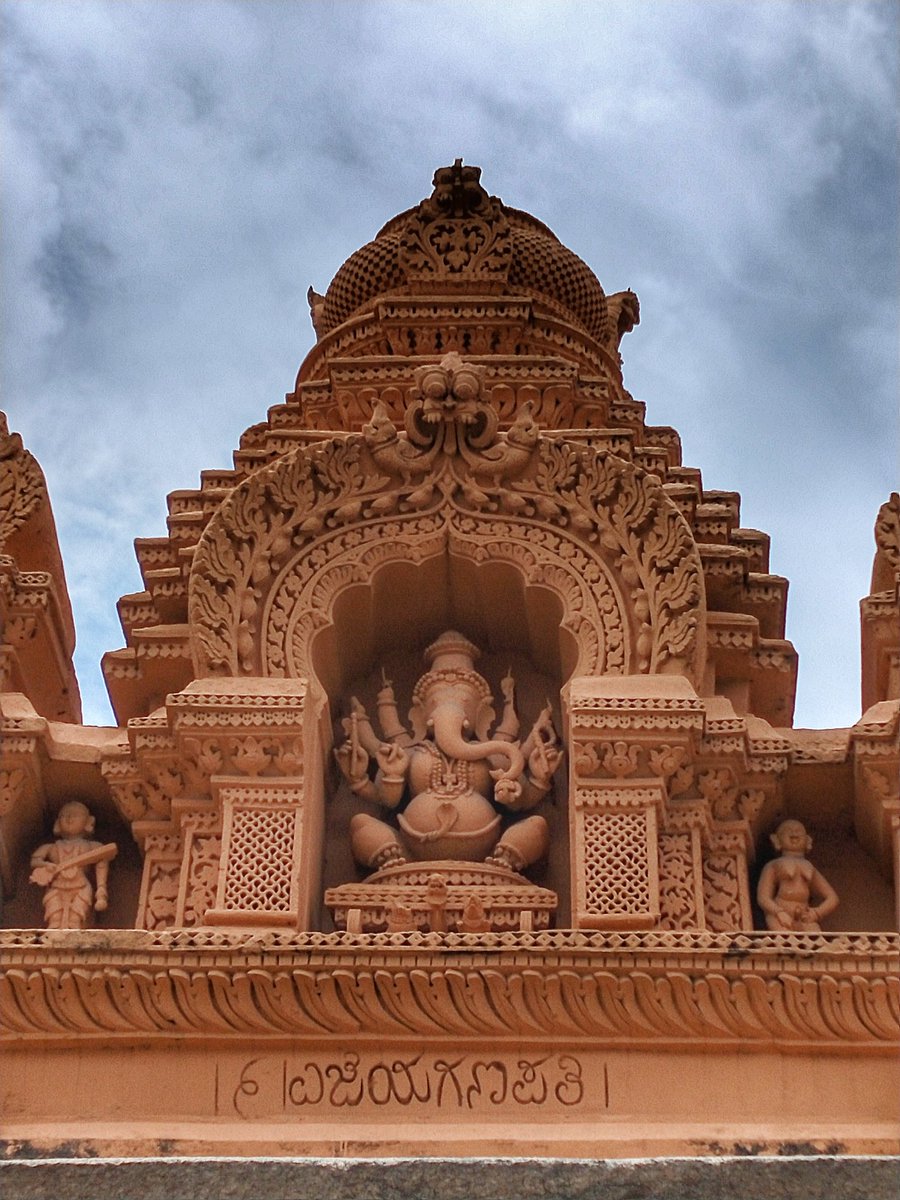
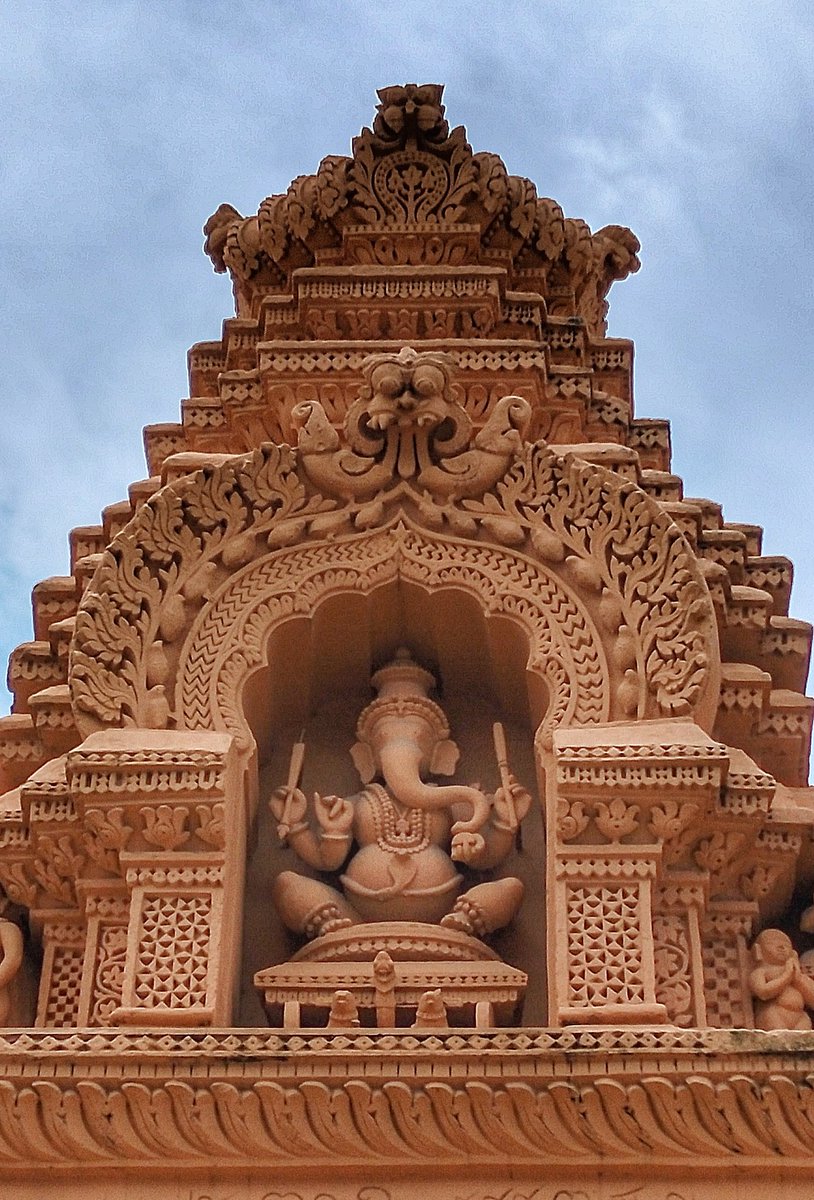
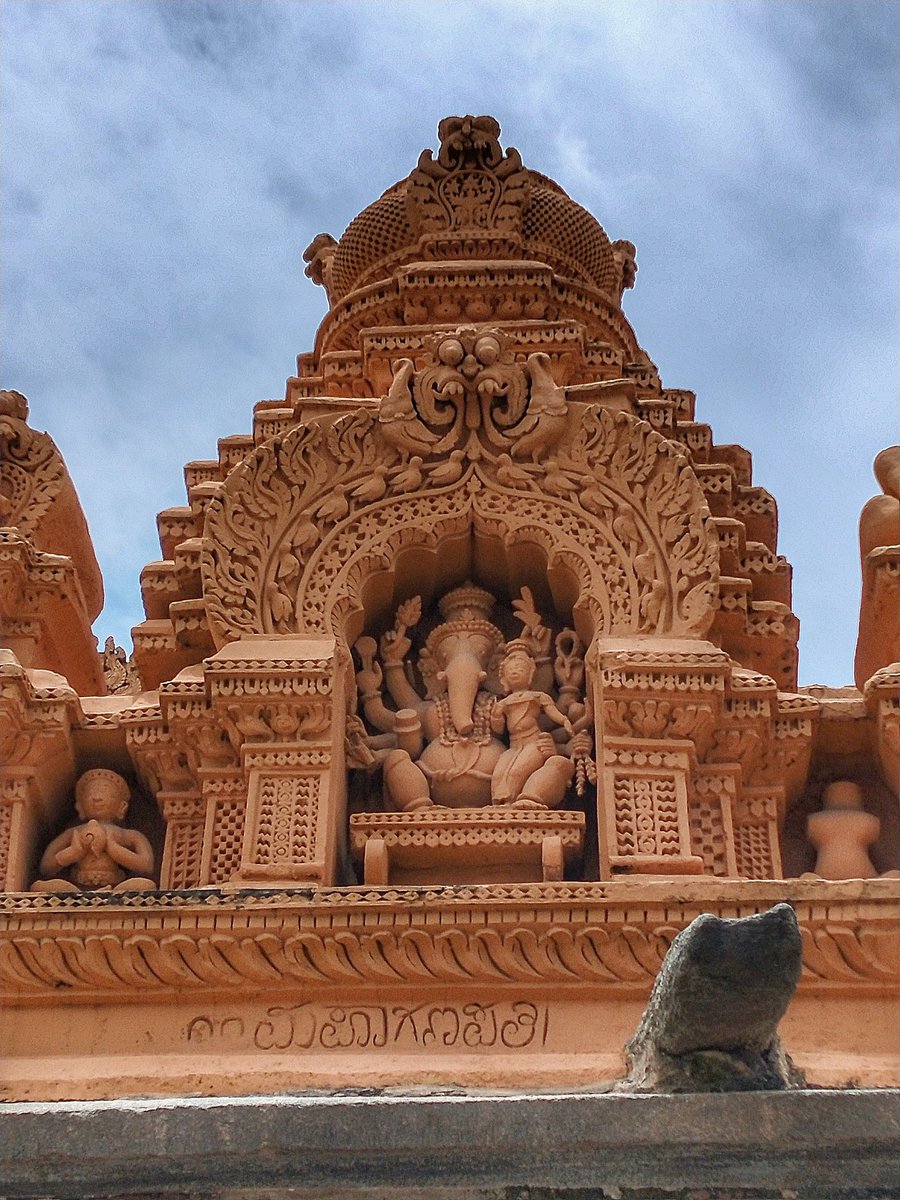
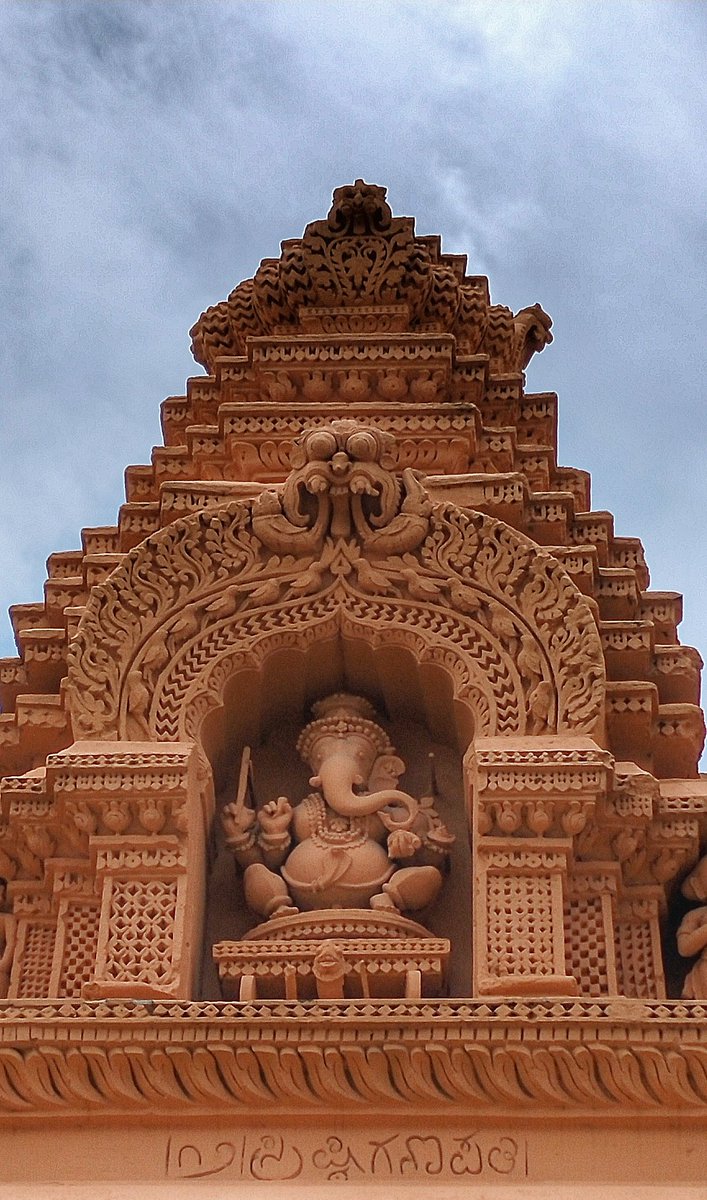
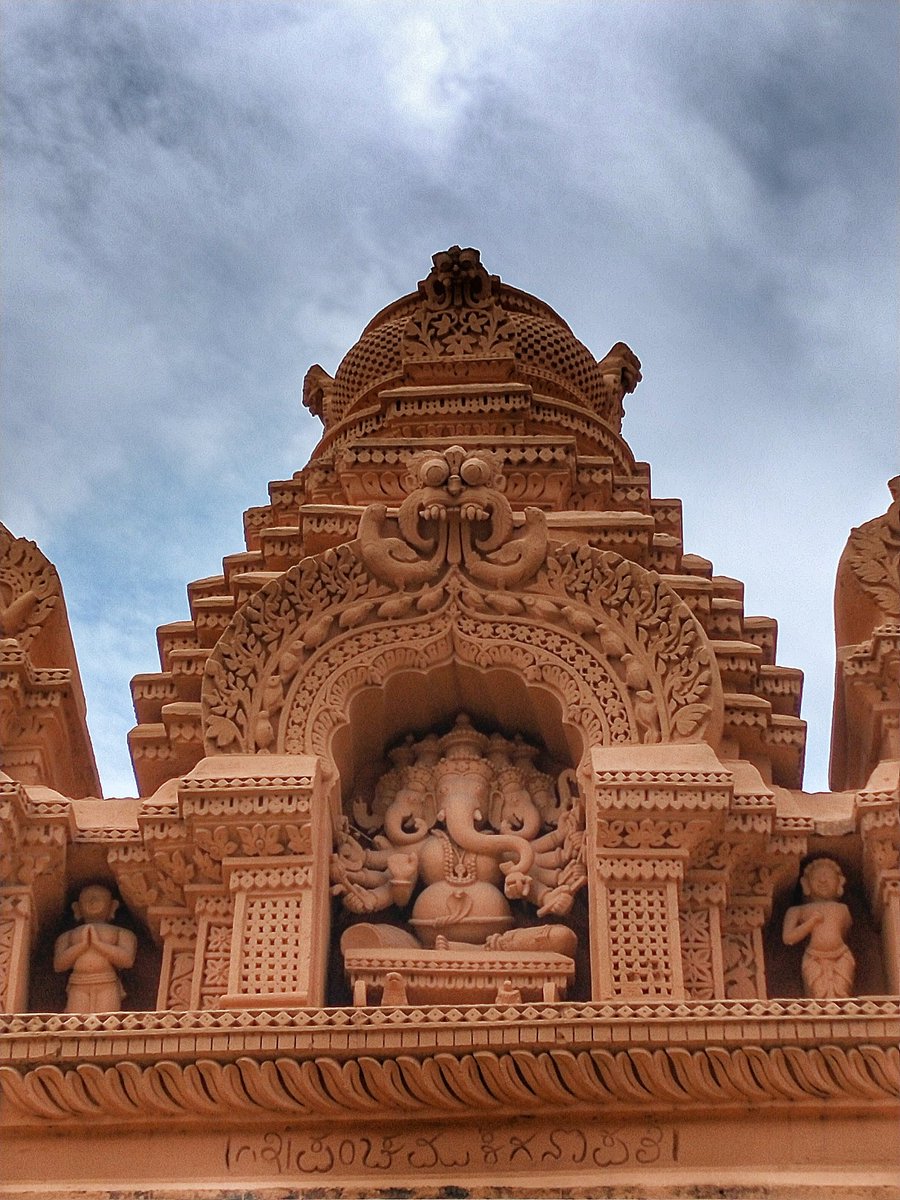
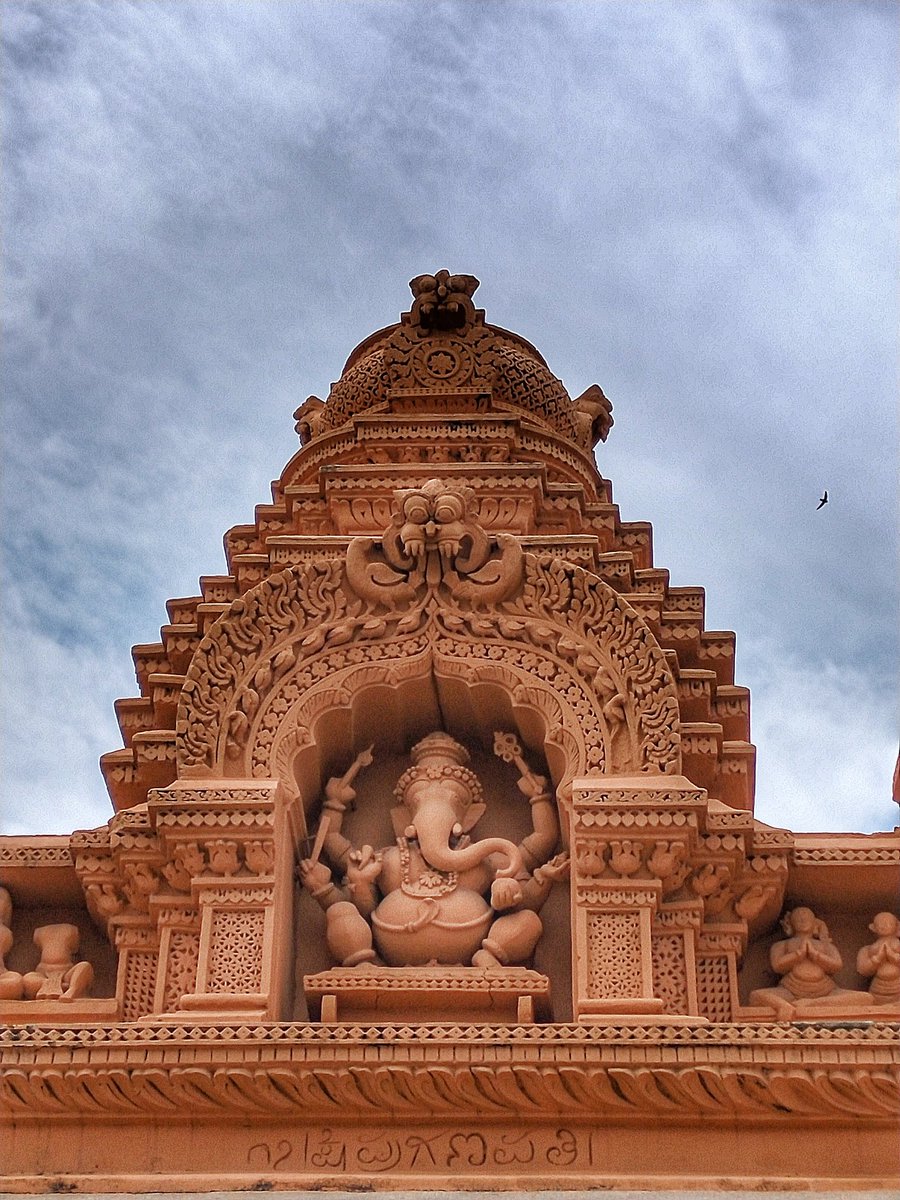
 " title="97) Urdhva Ganapathi. Meaning the "elevated ganesha." He is depicted with his shakti seated on his lap & has 6 arms. He holds a pushpa baana, kamala, lily flower, sugarcane dhanus, some paddy & musala(club).Unfortunately the trunk is broken here & the shakti too is cracked https://abs.twimg.com/emoji/v2/... draggable="false" alt="😔" title="Pensive face" aria-label="Emoji: Pensive face">" class="img-responsive" style="max-width:100%;"/>
" title="97) Urdhva Ganapathi. Meaning the "elevated ganesha." He is depicted with his shakti seated on his lap & has 6 arms. He holds a pushpa baana, kamala, lily flower, sugarcane dhanus, some paddy & musala(club).Unfortunately the trunk is broken here & the shakti too is cracked https://abs.twimg.com/emoji/v2/... draggable="false" alt="😔" title="Pensive face" aria-label="Emoji: Pensive face">" class="img-responsive" style="max-width:100%;"/>


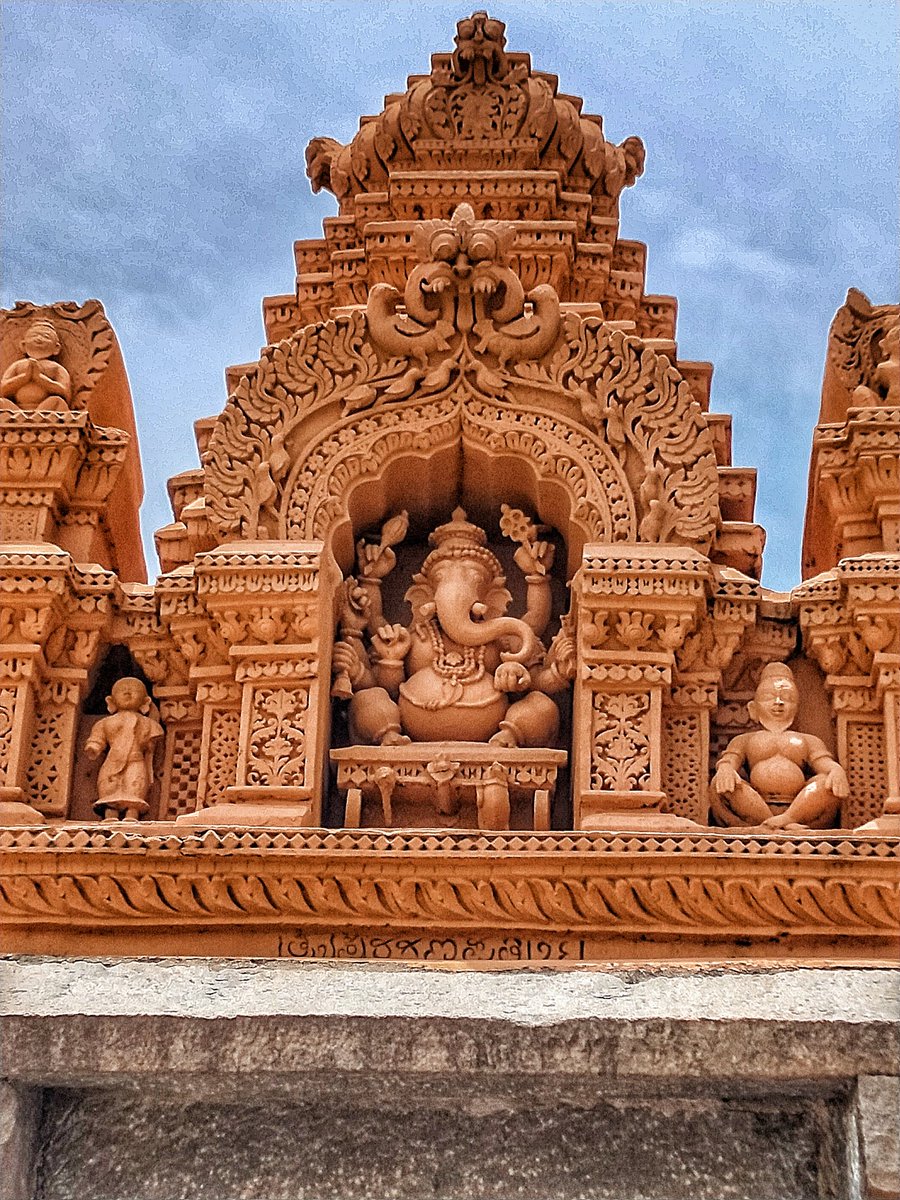 He has 6 arms each holding a ankusha, a mango fruit, a tusk, a ghanta. He also holds the modaka sweet with his trunk." title="100) Tryakshara Ganapathi. Known as the Lord of the three most auspicious letters AUM https://abs.twimg.com/emoji/v2/... draggable="false" alt="🕉" title="Om symbol" aria-label="Emoji: Om symbol">He has 6 arms each holding a ankusha, a mango fruit, a tusk, a ghanta. He also holds the modaka sweet with his trunk." class="img-responsive" style="max-width:100%;"/>
He has 6 arms each holding a ankusha, a mango fruit, a tusk, a ghanta. He also holds the modaka sweet with his trunk." title="100) Tryakshara Ganapathi. Known as the Lord of the three most auspicious letters AUM https://abs.twimg.com/emoji/v2/... draggable="false" alt="🕉" title="Om symbol" aria-label="Emoji: Om symbol">He has 6 arms each holding a ankusha, a mango fruit, a tusk, a ghanta. He also holds the modaka sweet with his trunk." class="img-responsive" style="max-width:100%;"/>
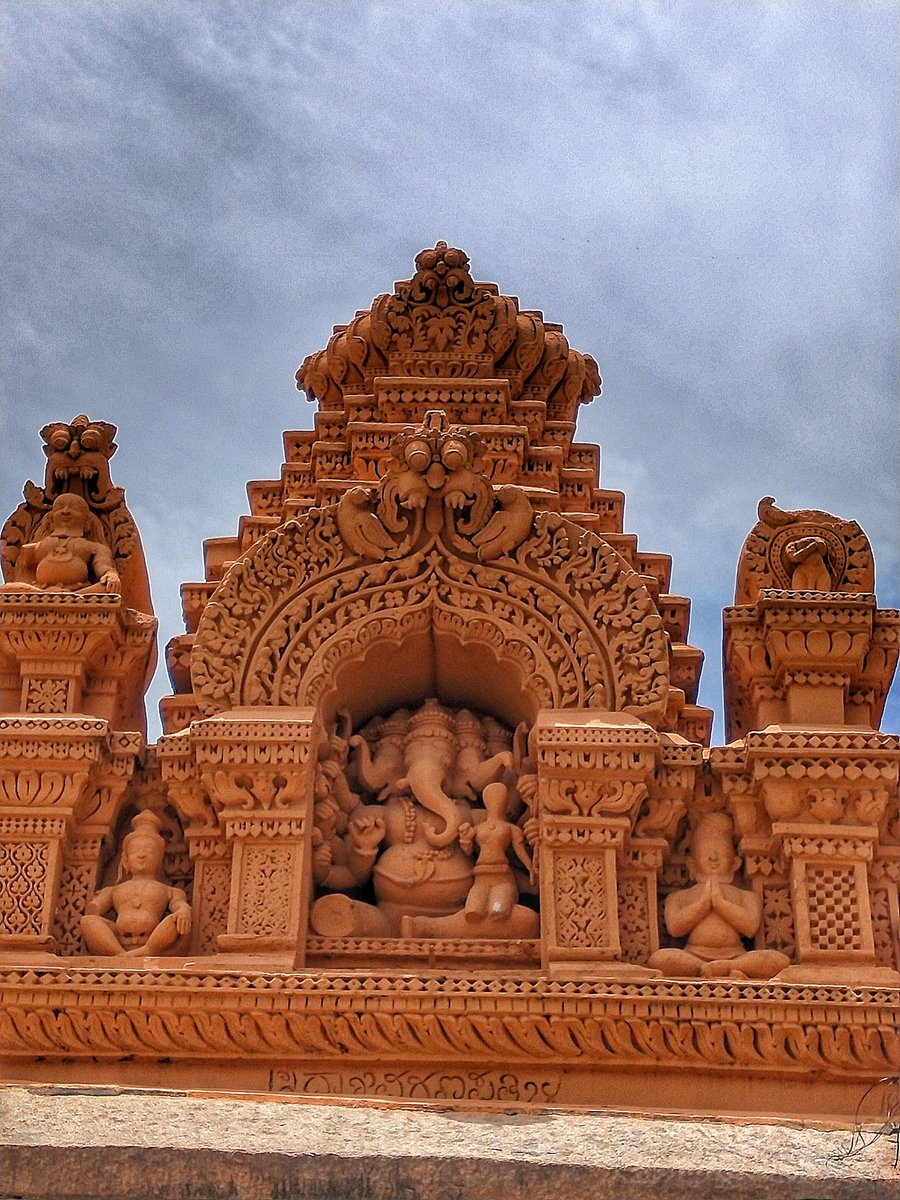



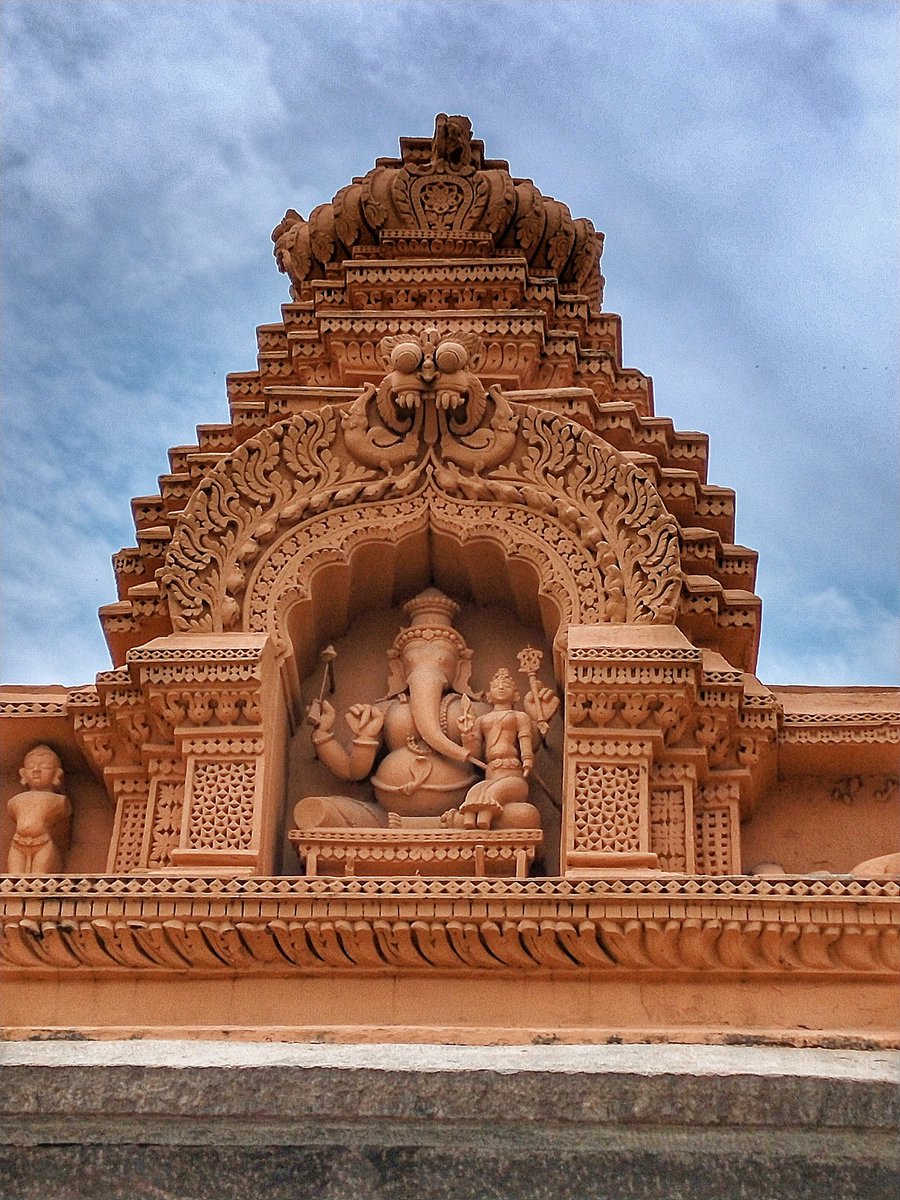
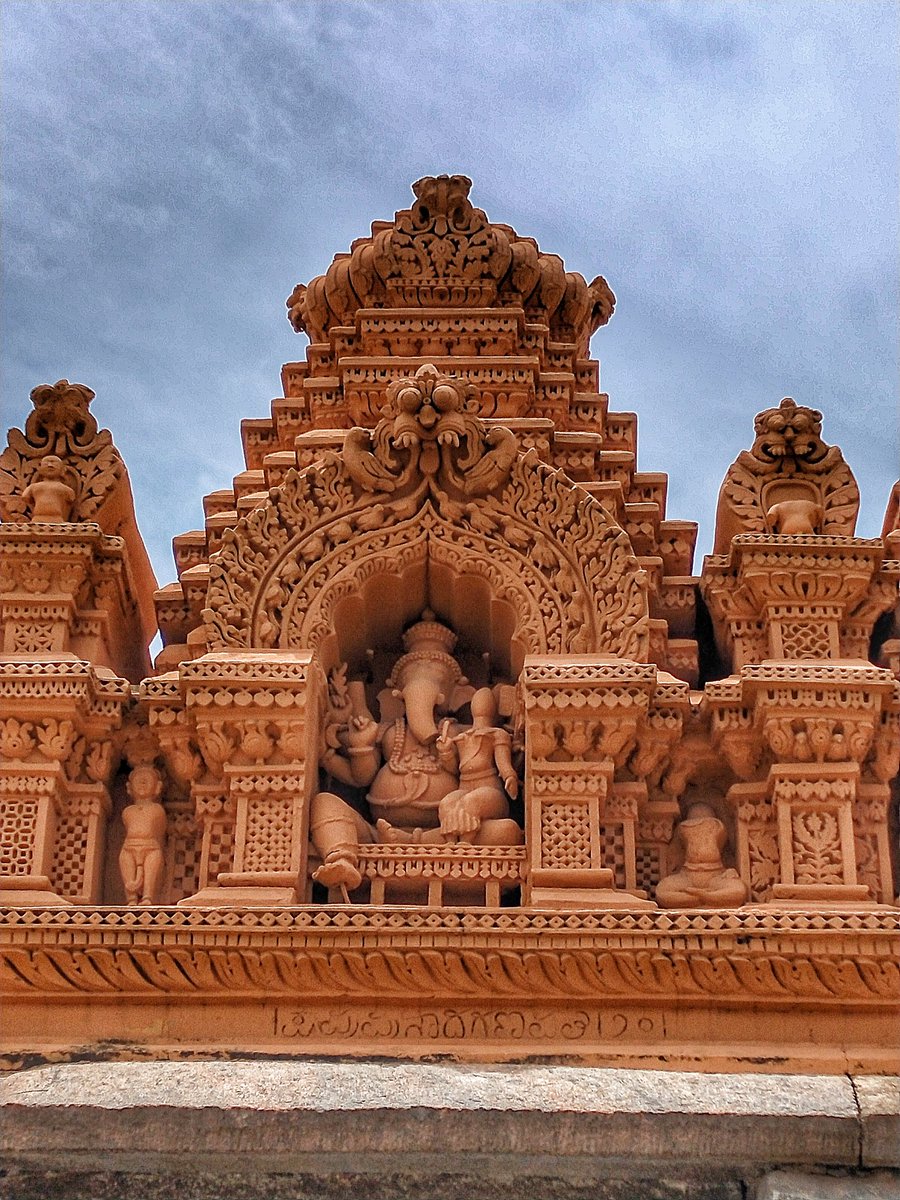


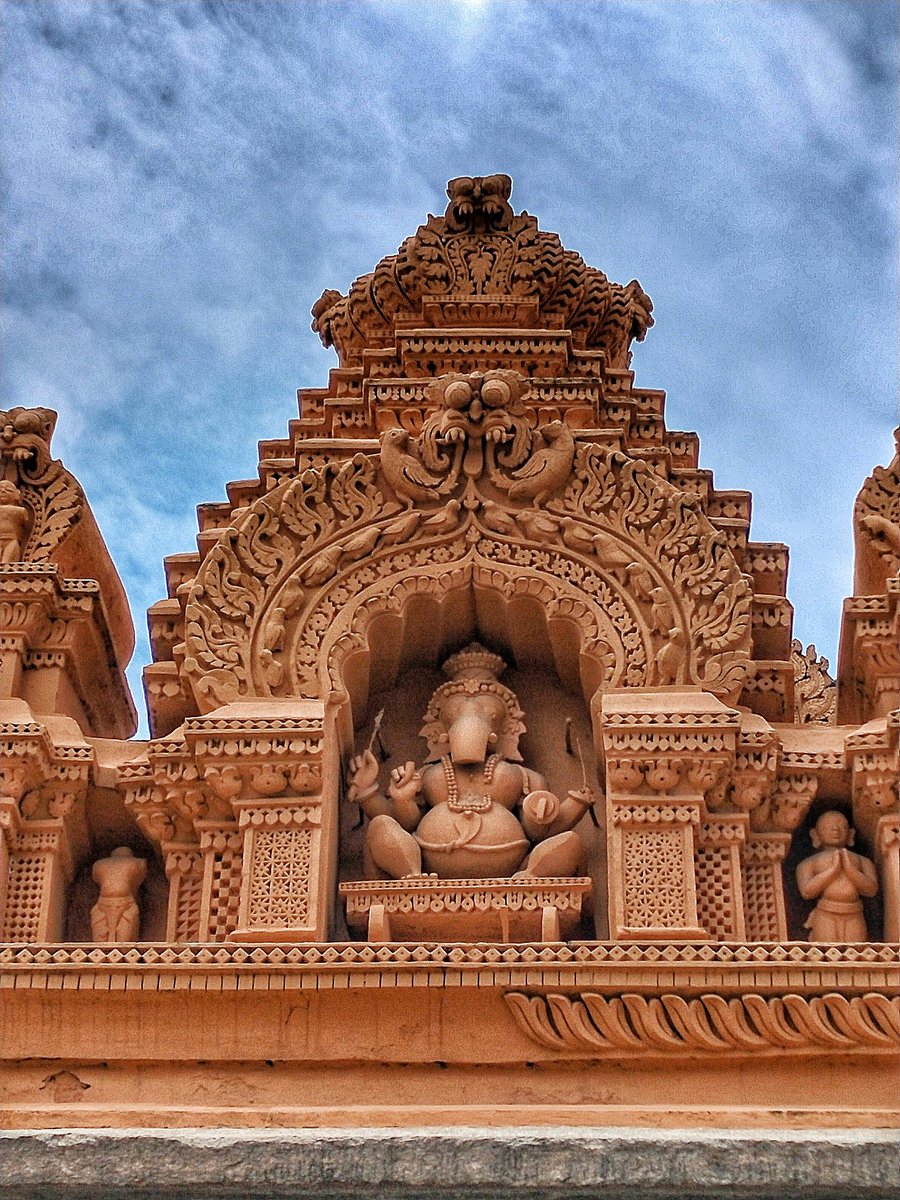
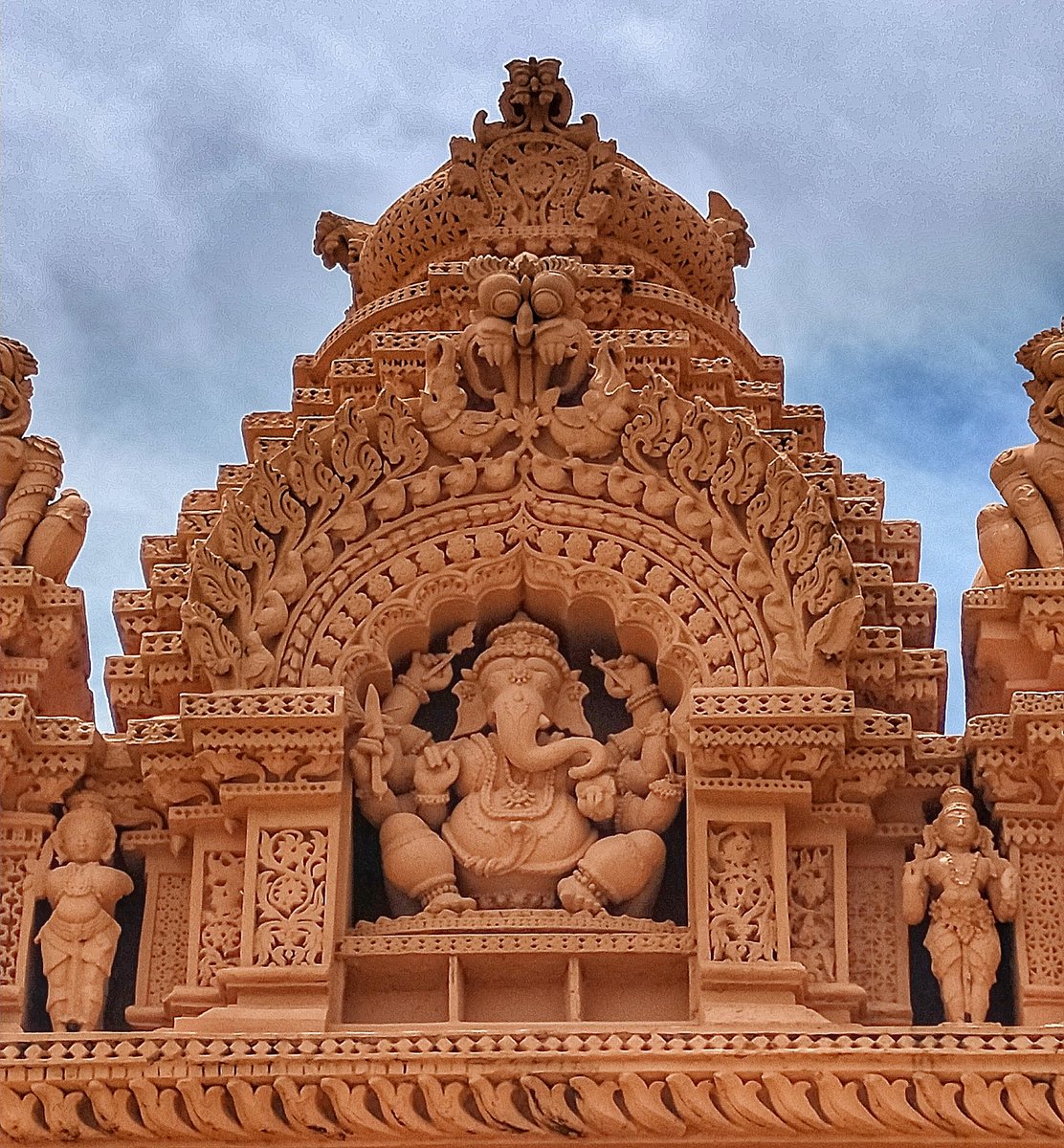
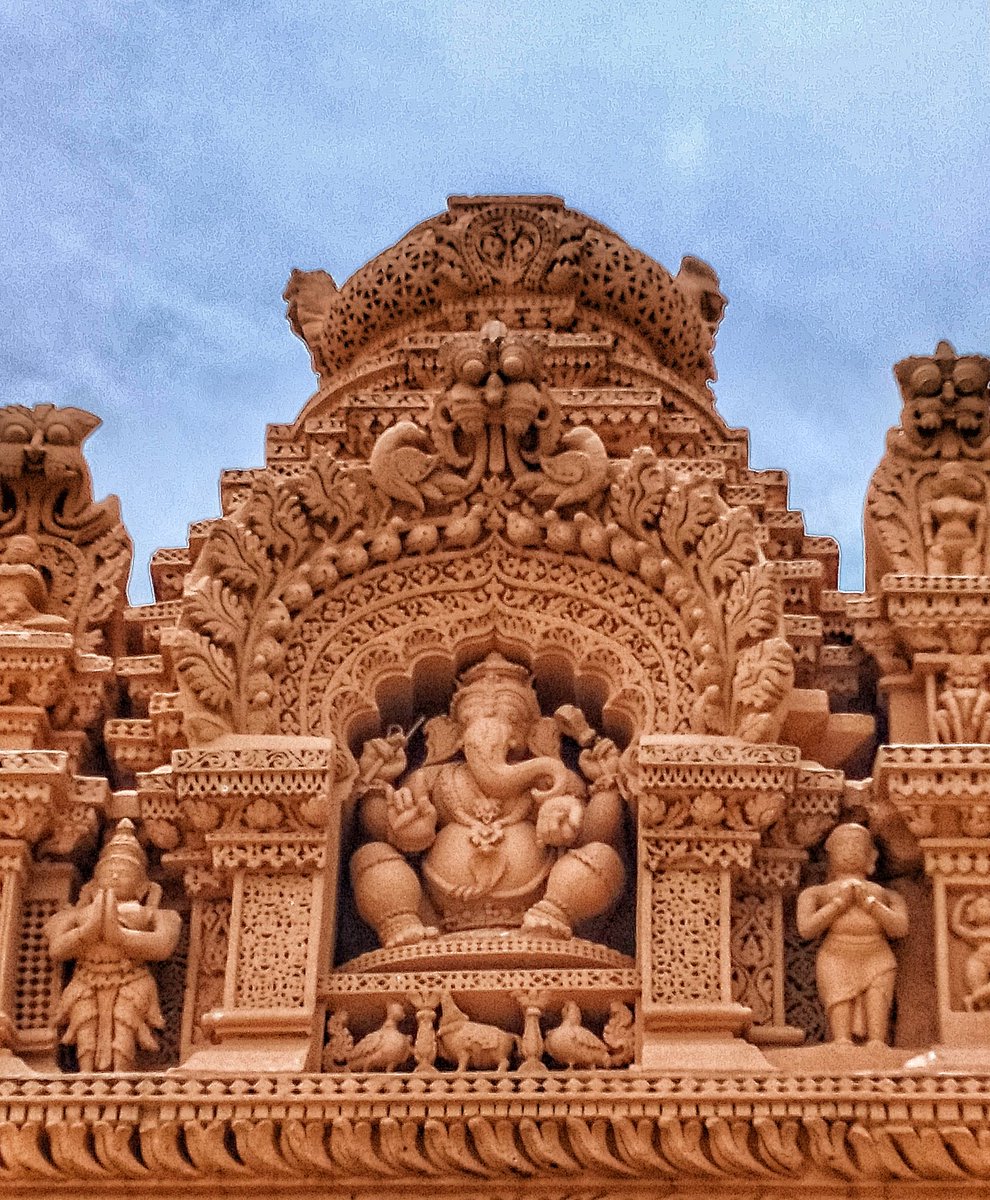
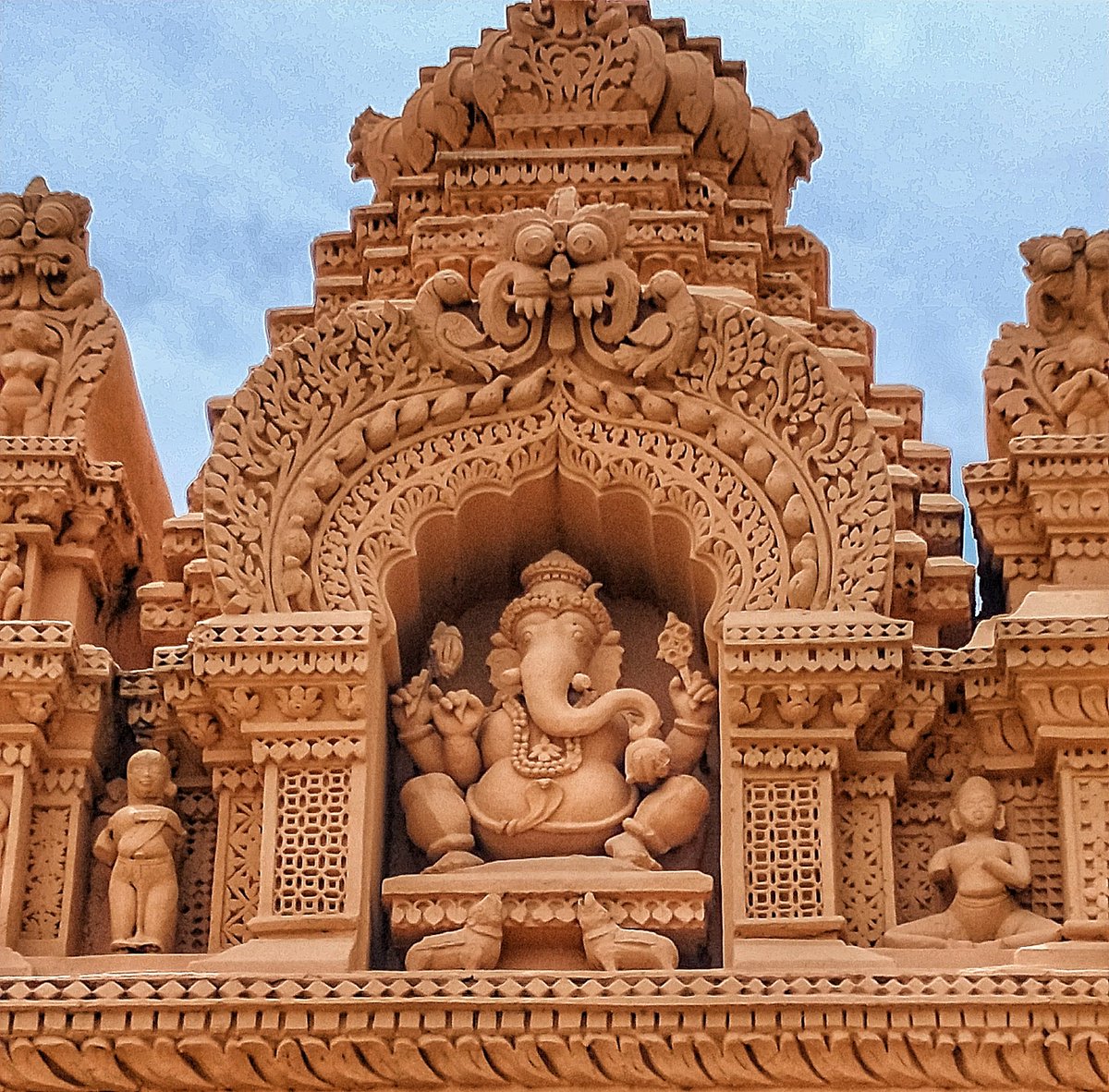
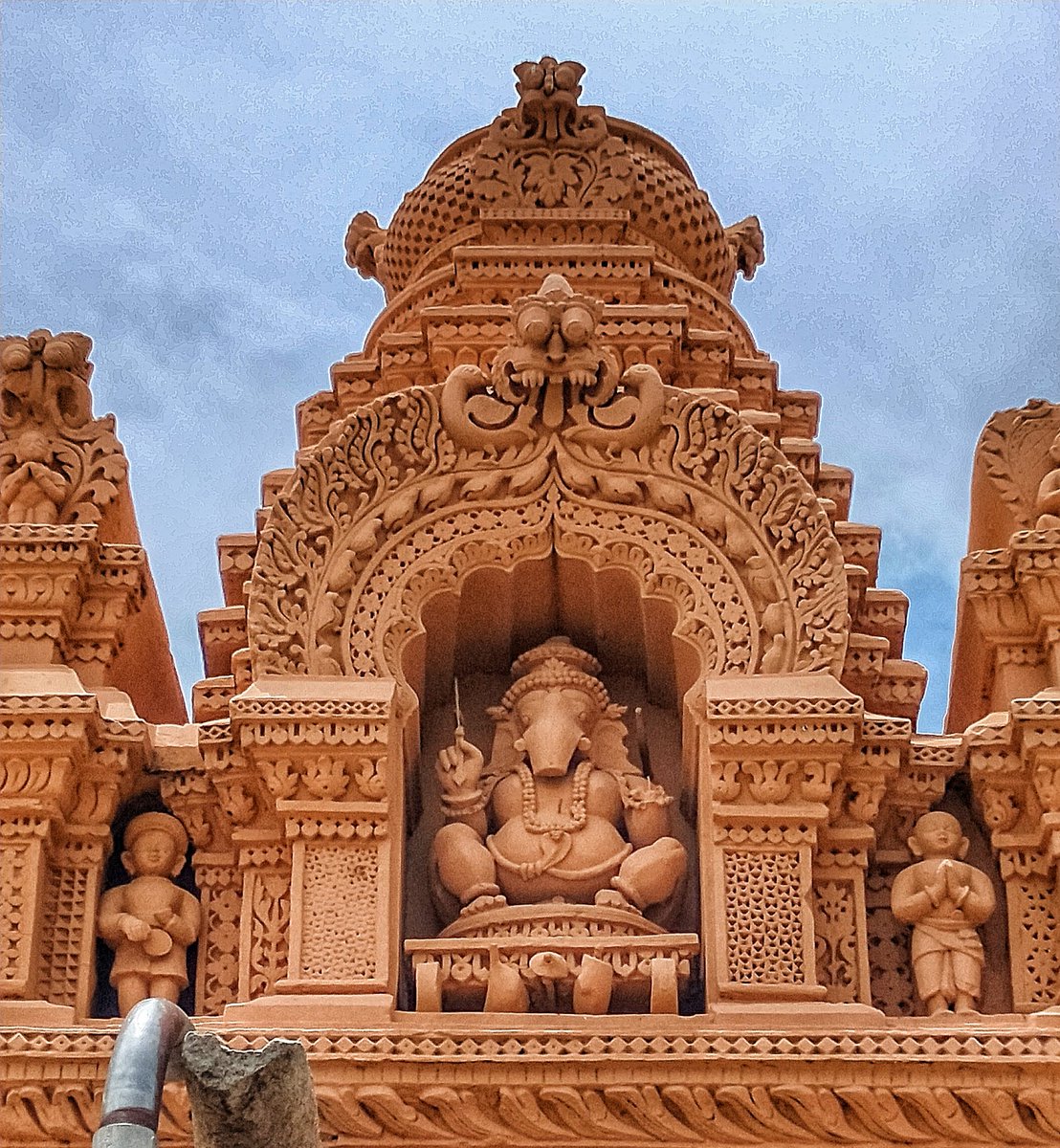

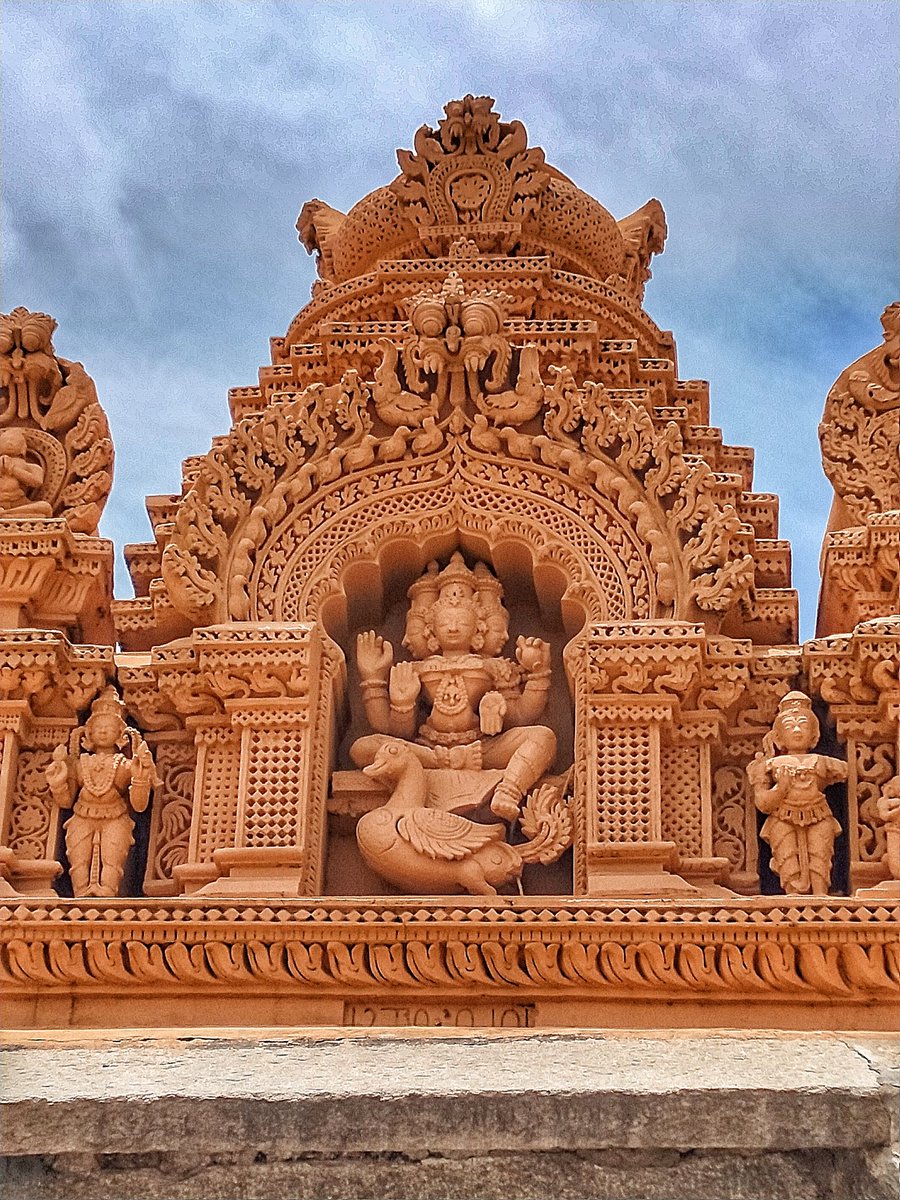
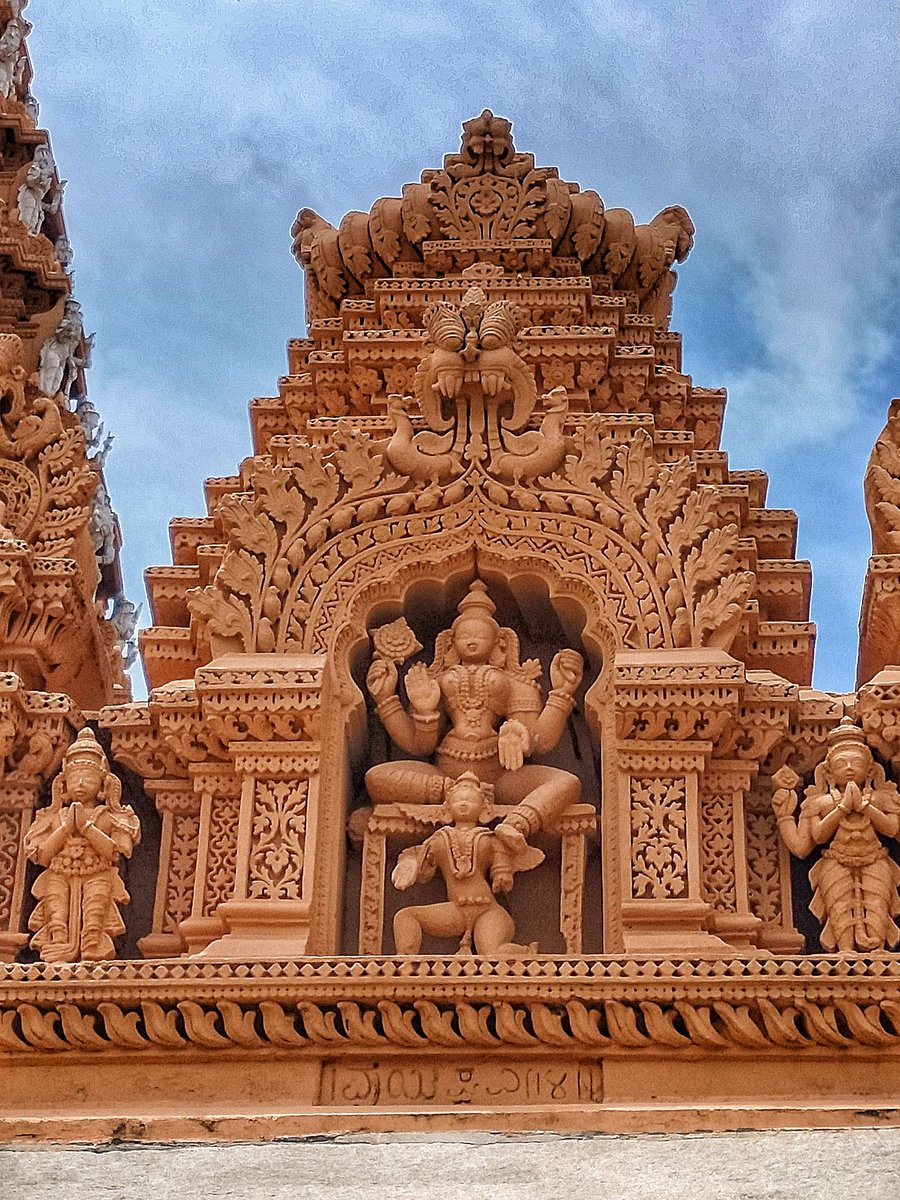
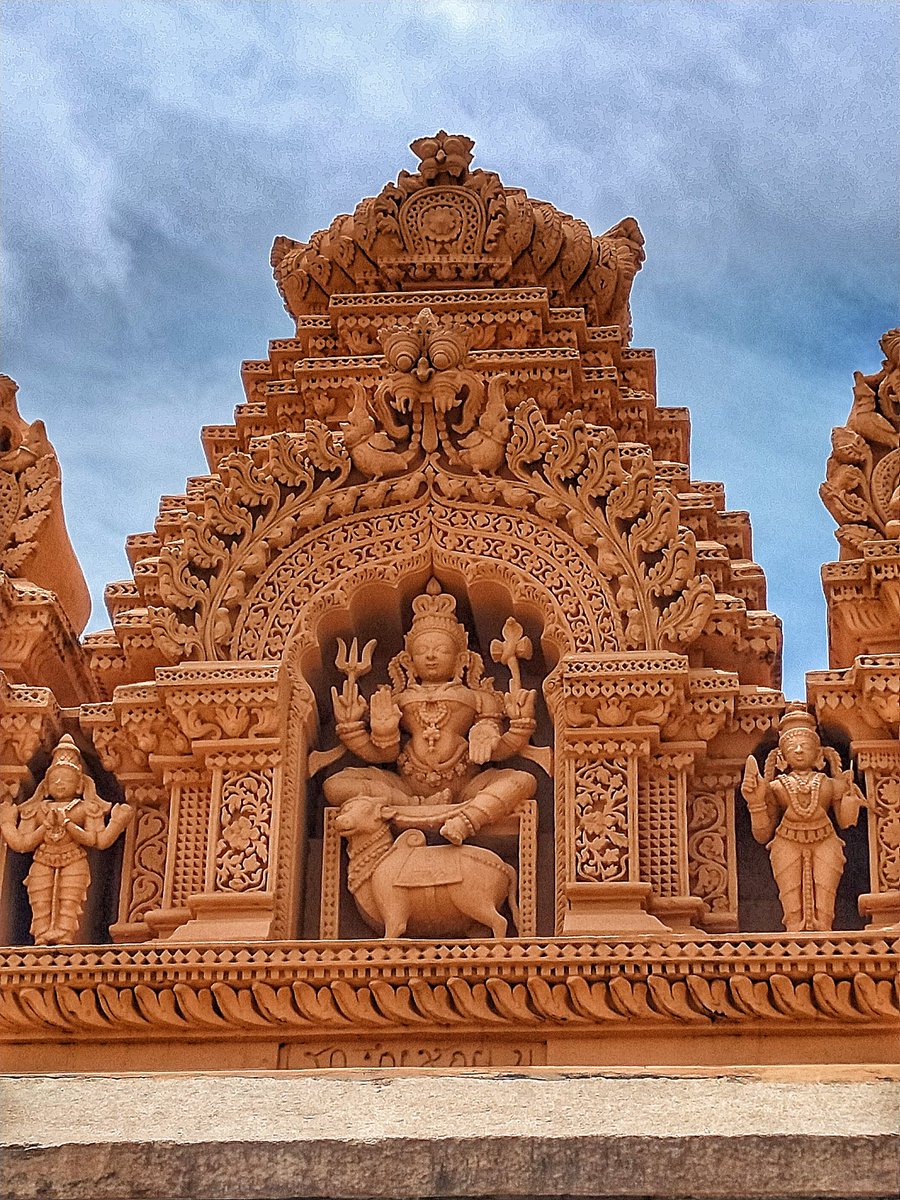
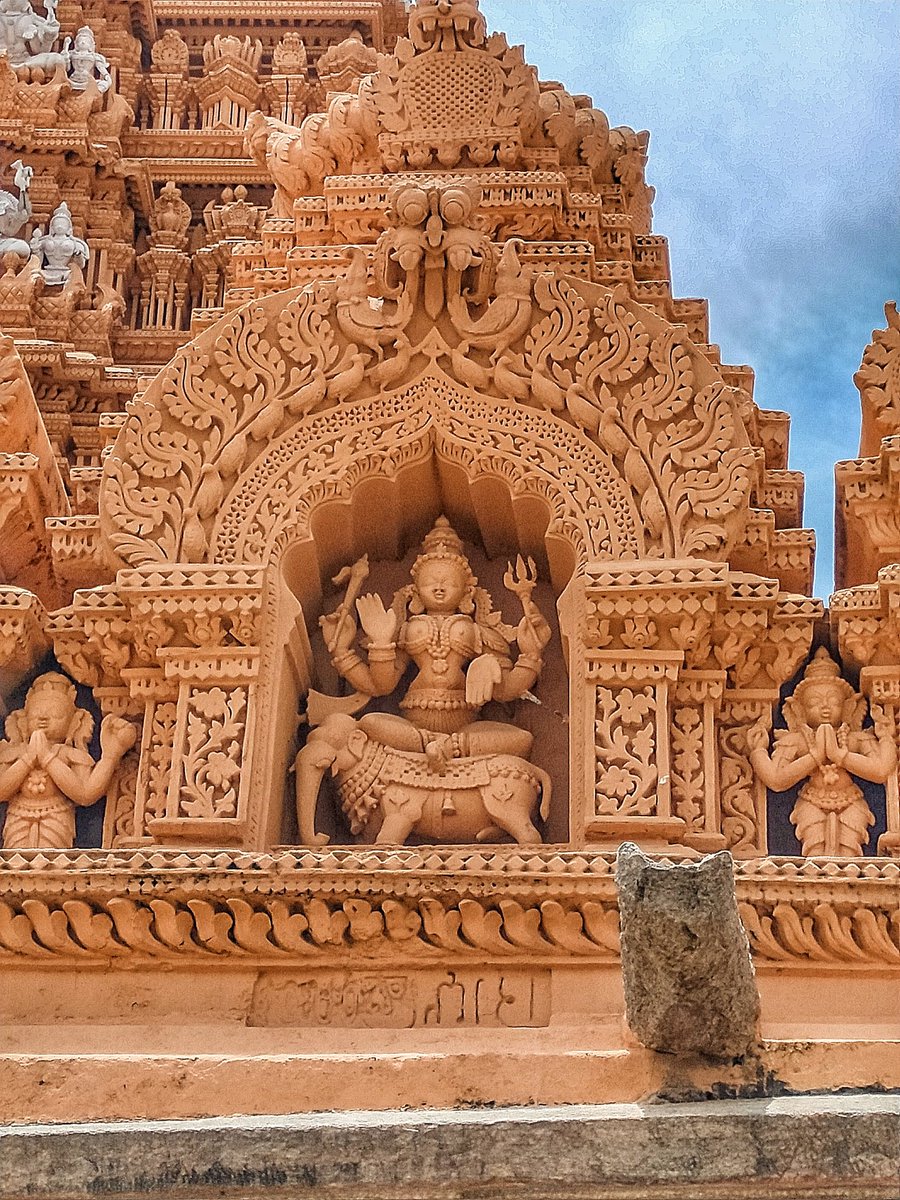 " title="118) Indrani. She is the shakthi of Indra. She is dark red in colour. Indrani is depicted with 4 arms. In two of her hands she carries the Vajra (thunderbolt) and the shakthi & the other two hold Abhaya & Varada mudra. Her Vahana is an elephant. https://abs.twimg.com/emoji/v2/... draggable="false" alt="🐘" title="Elephant" aria-label="Emoji: Elephant">" class="img-responsive" style="max-width:100%;"/>
" title="118) Indrani. She is the shakthi of Indra. She is dark red in colour. Indrani is depicted with 4 arms. In two of her hands she carries the Vajra (thunderbolt) and the shakthi & the other two hold Abhaya & Varada mudra. Her Vahana is an elephant. https://abs.twimg.com/emoji/v2/... draggable="false" alt="🐘" title="Elephant" aria-label="Emoji: Elephant">" class="img-responsive" style="max-width:100%;"/>
